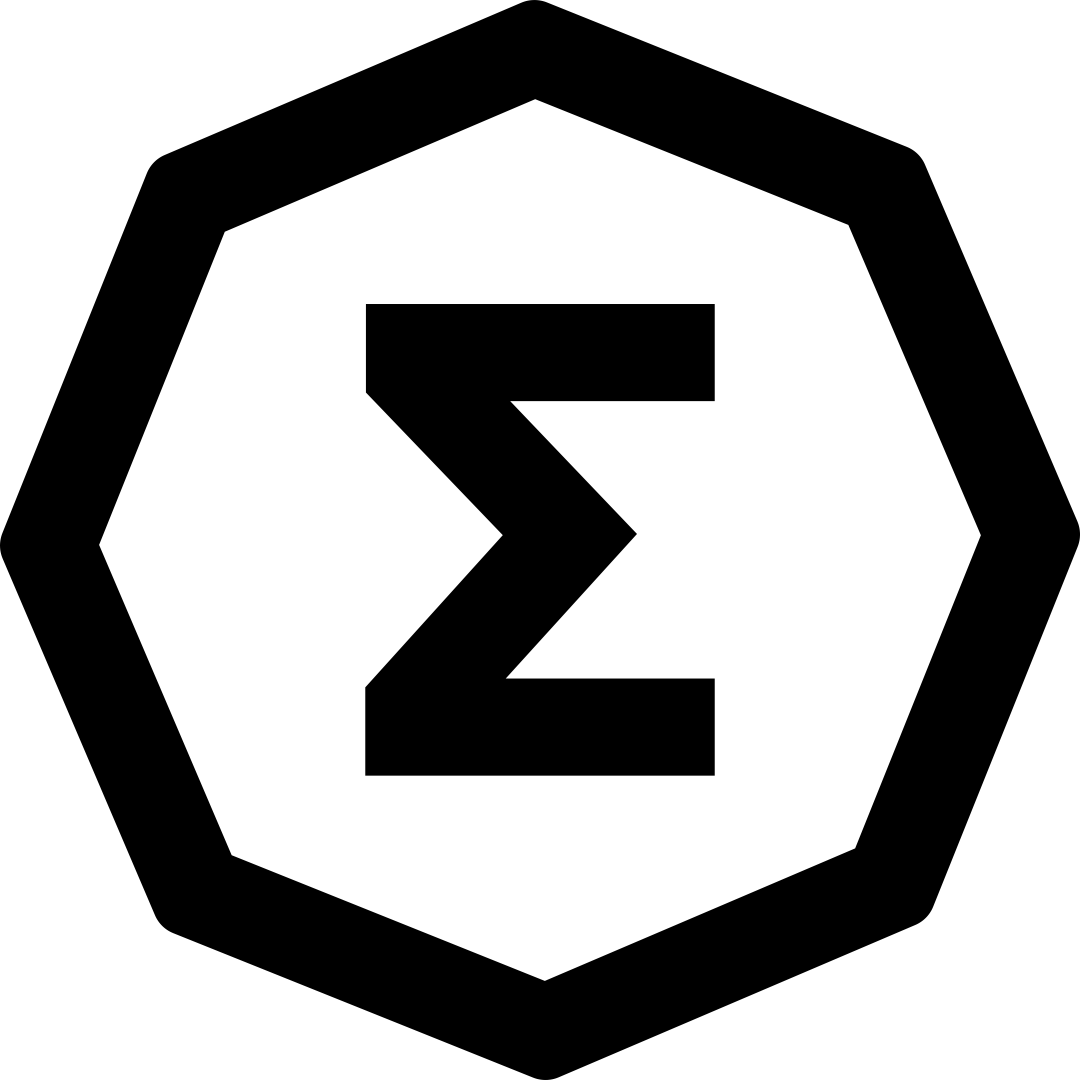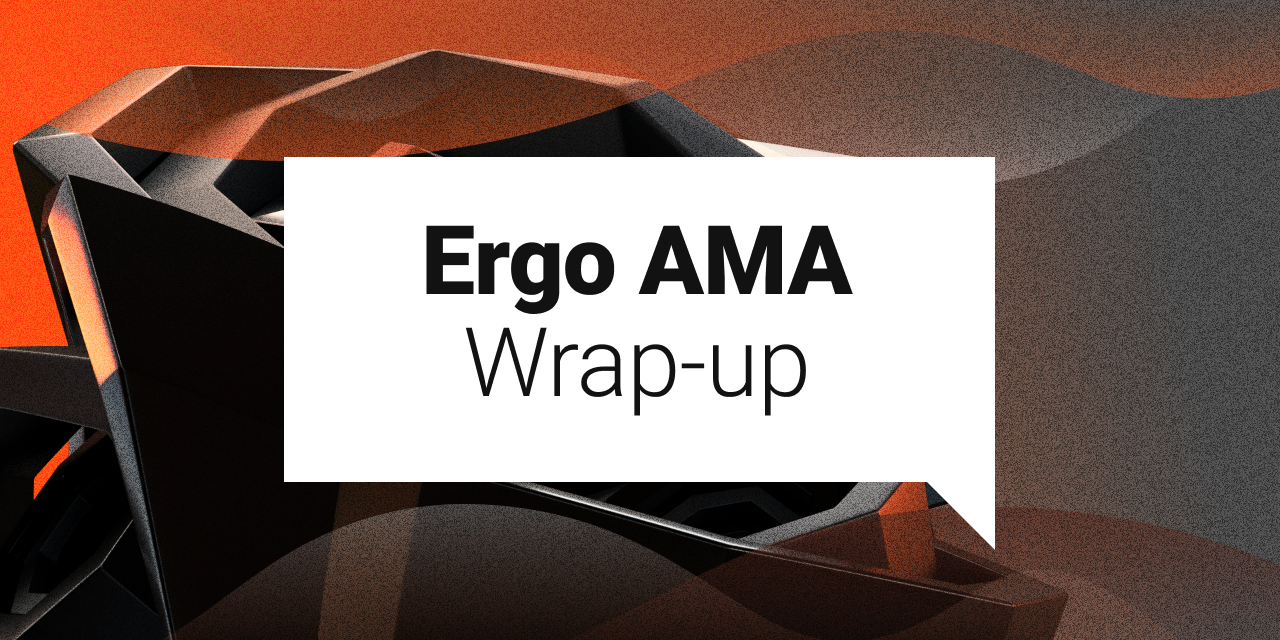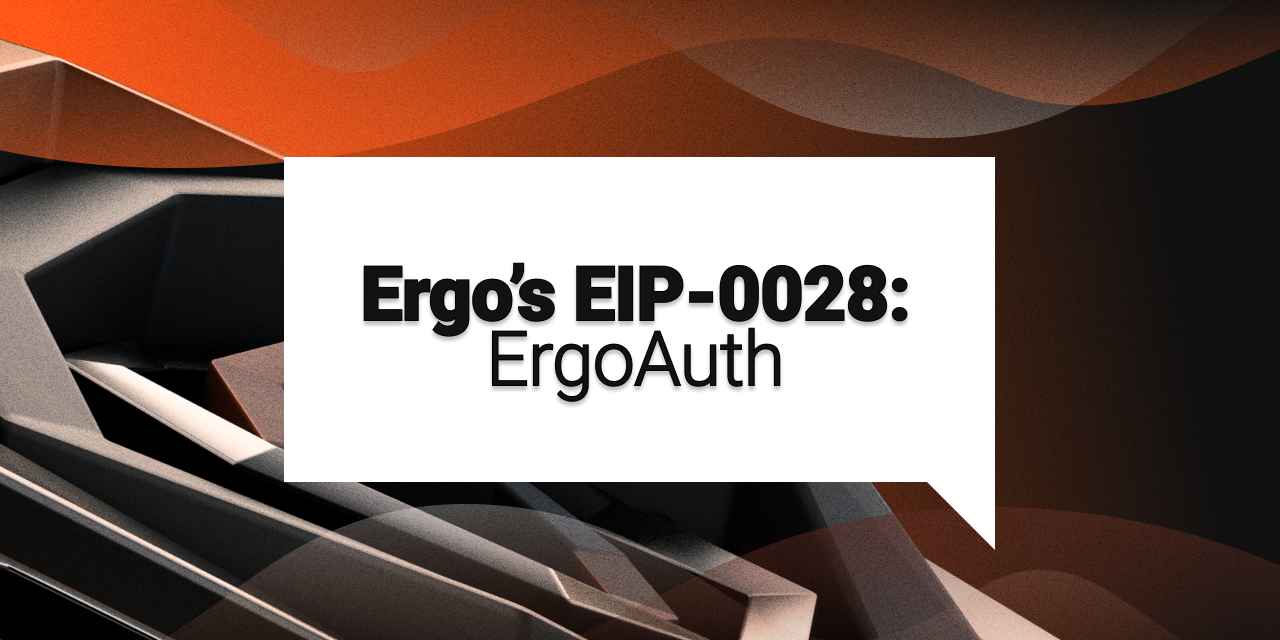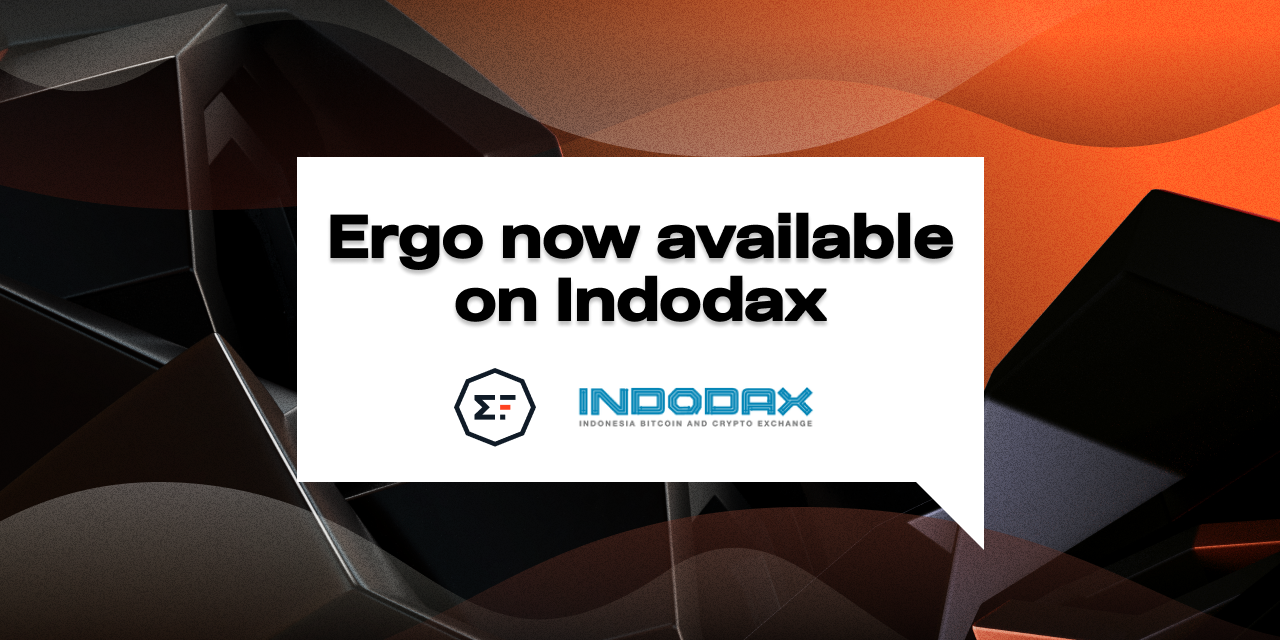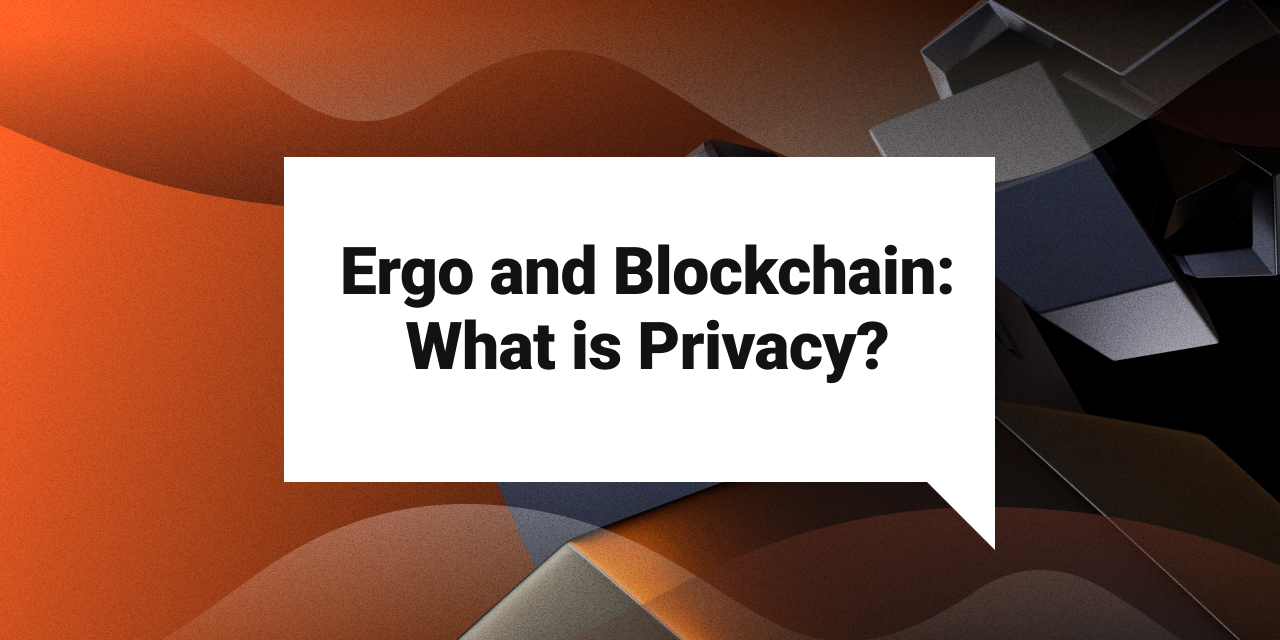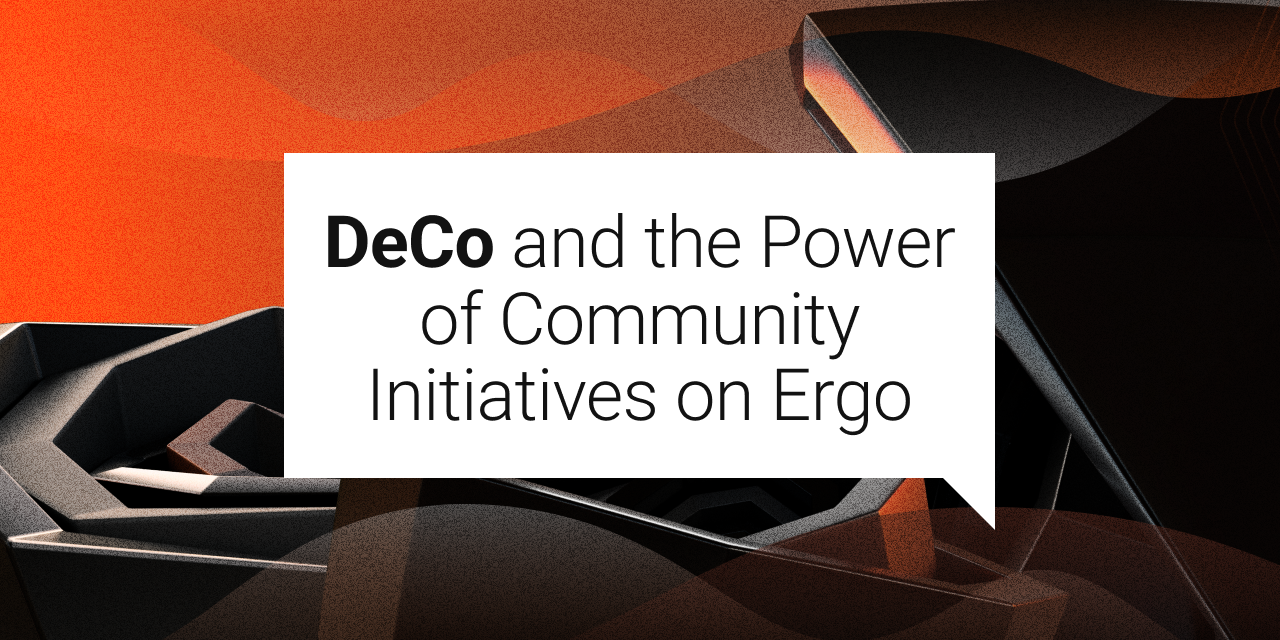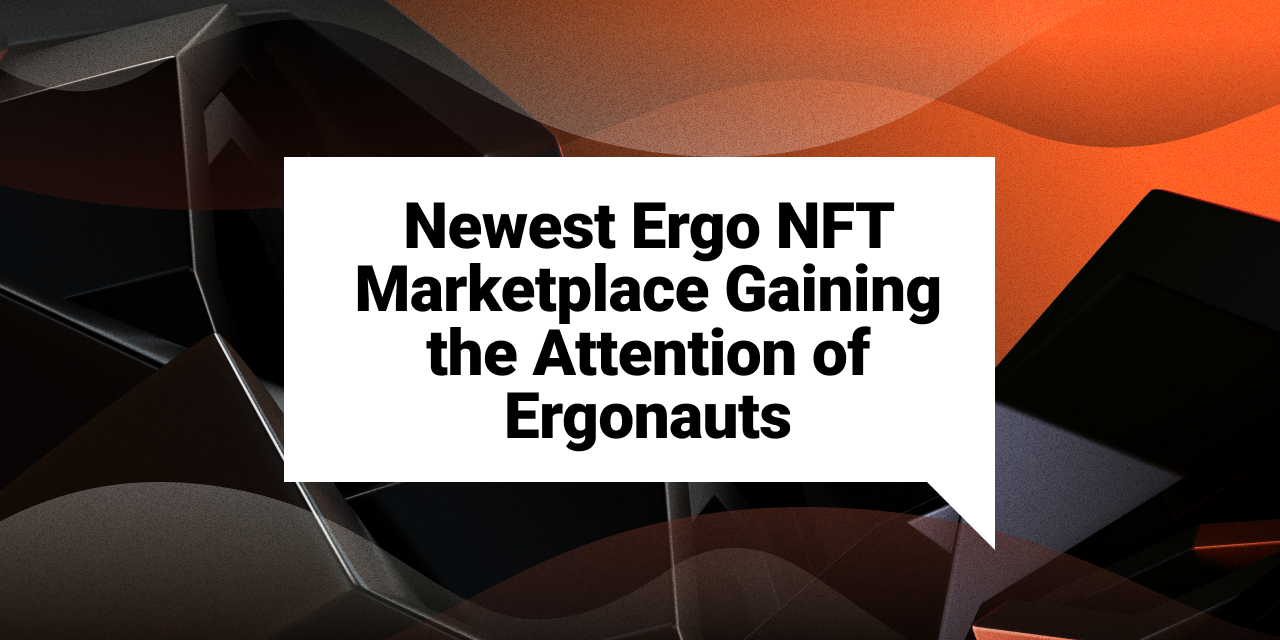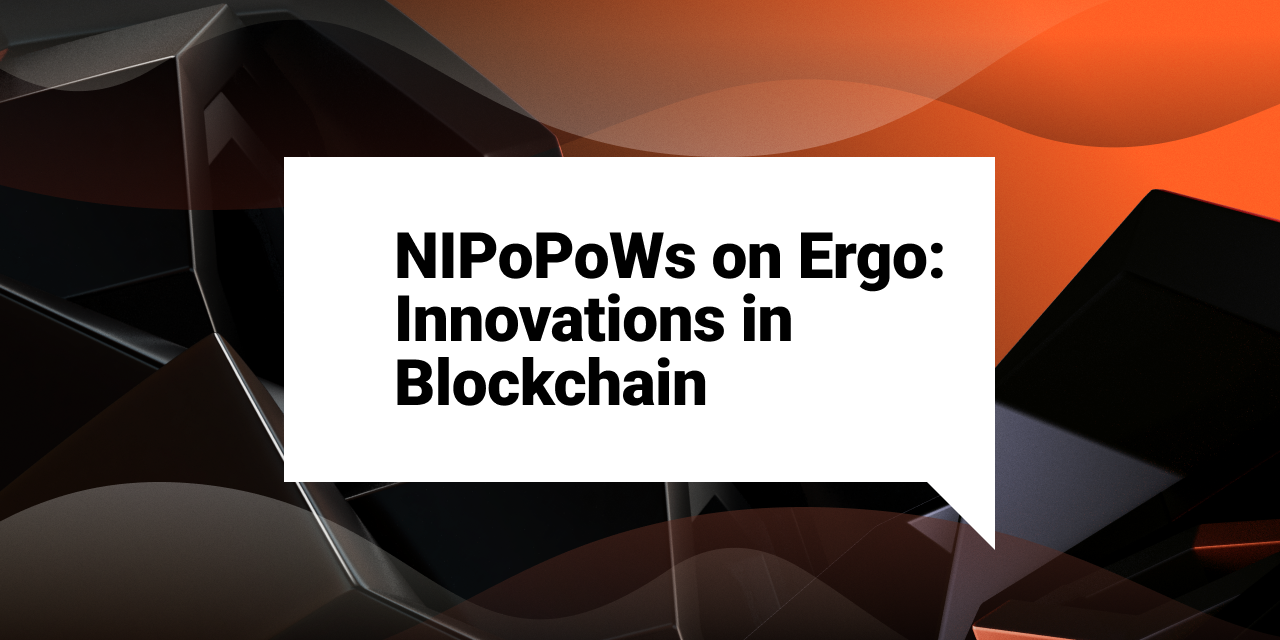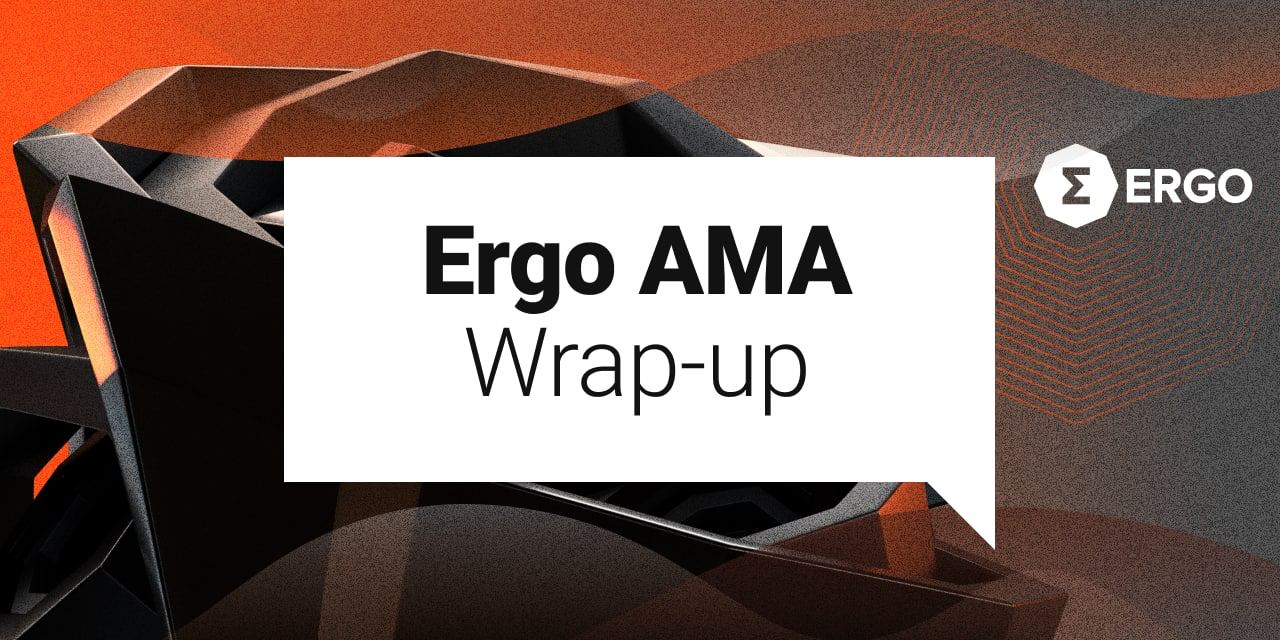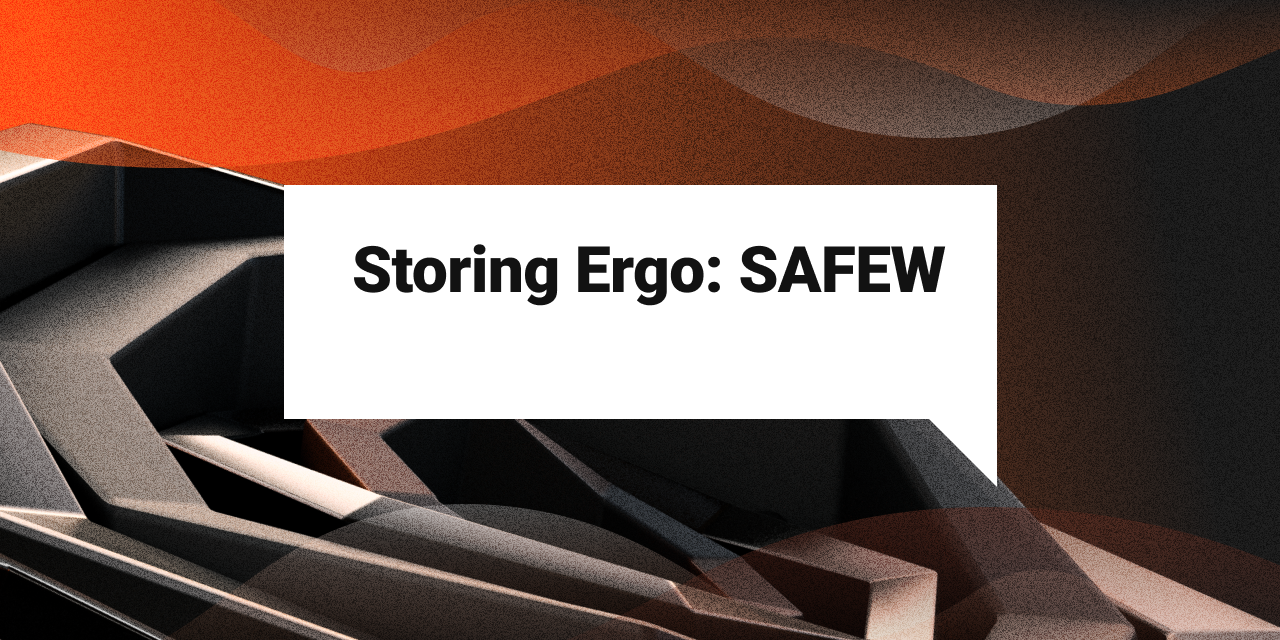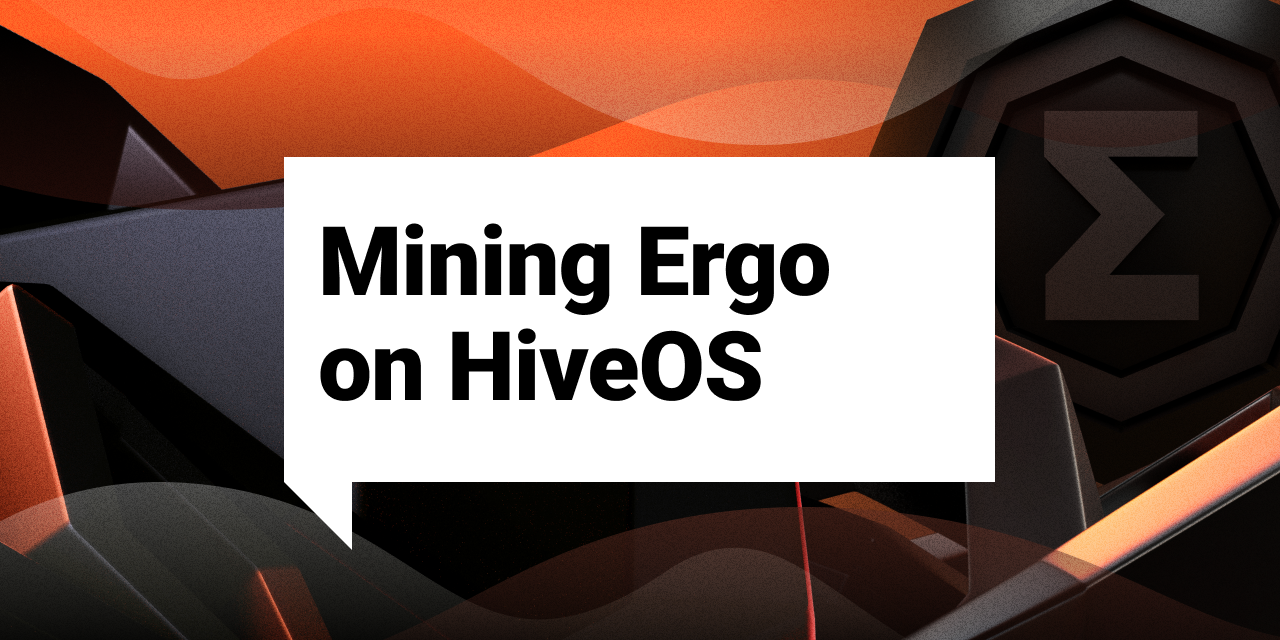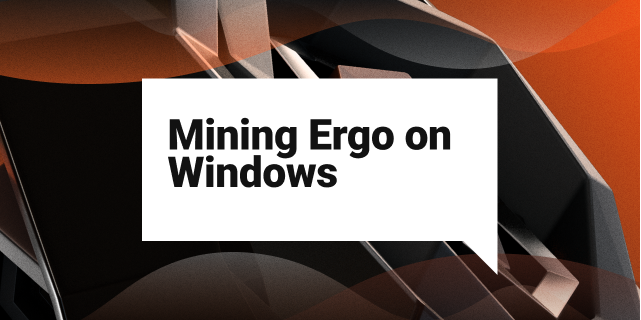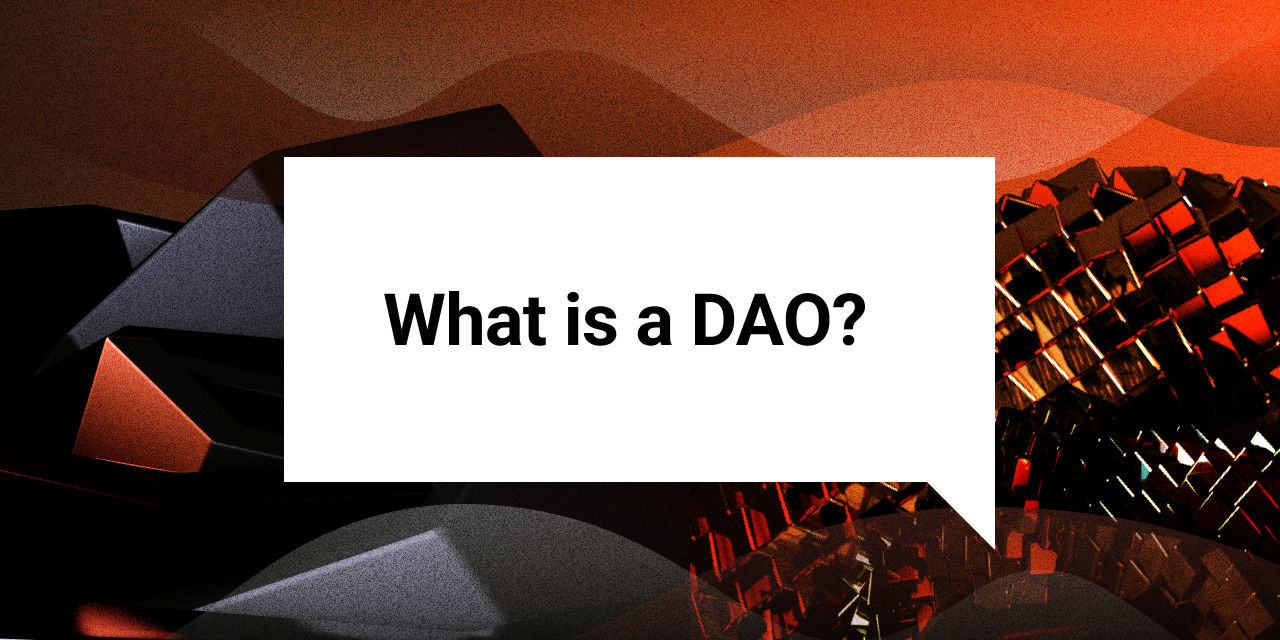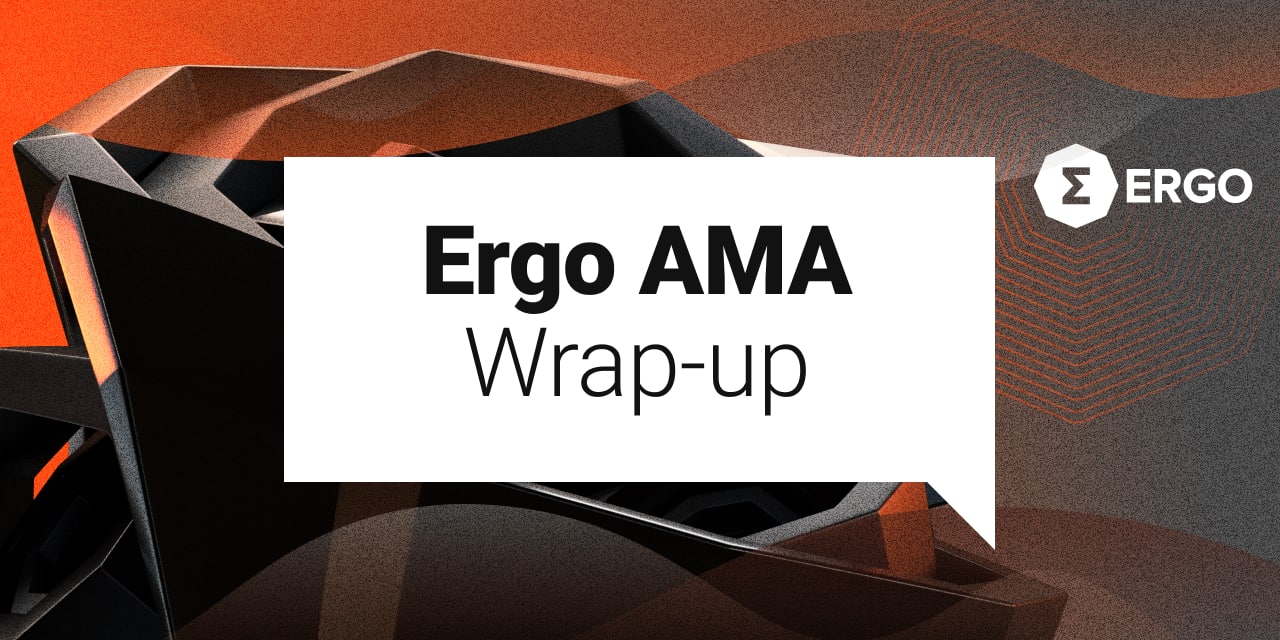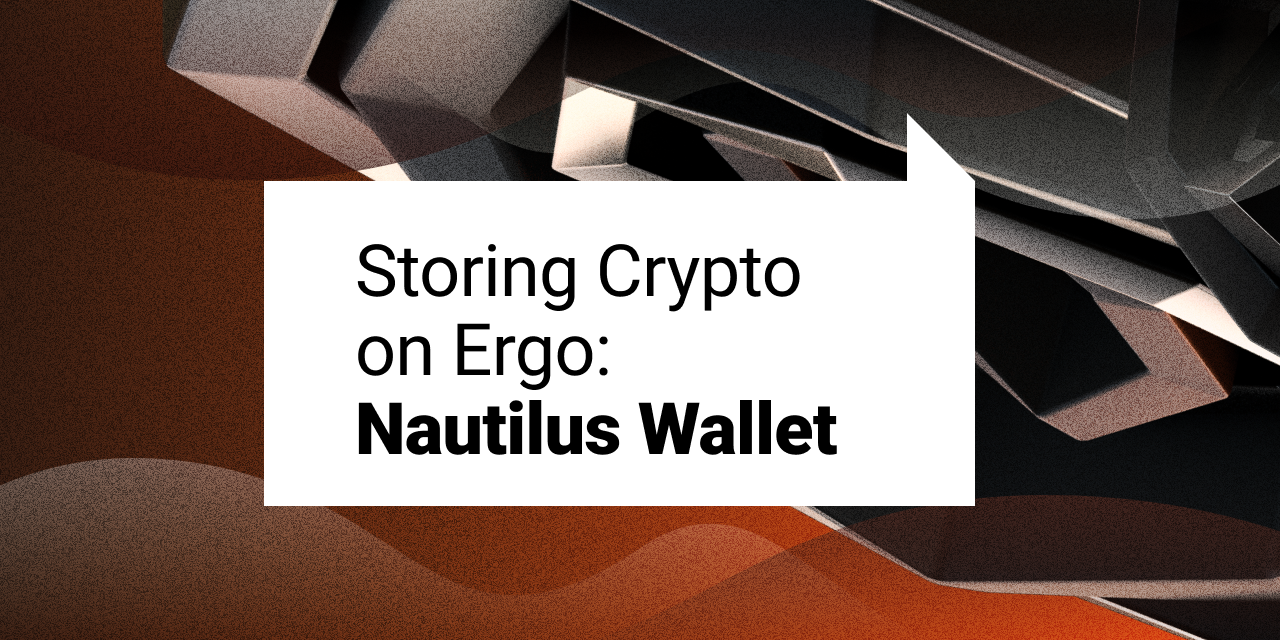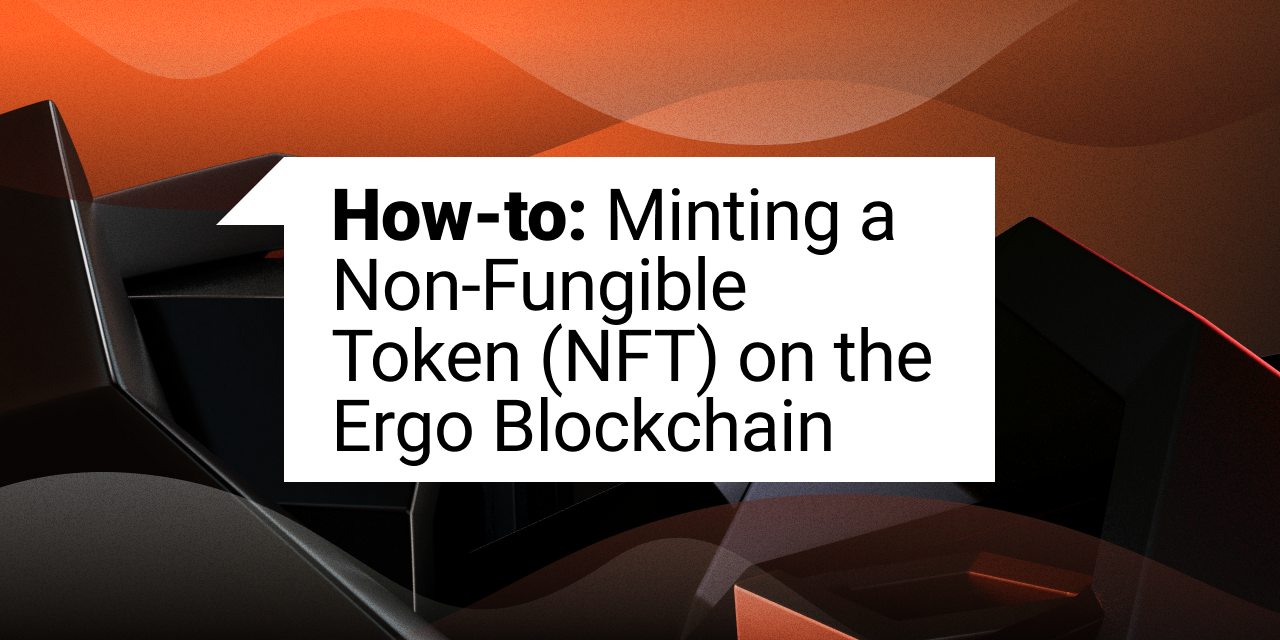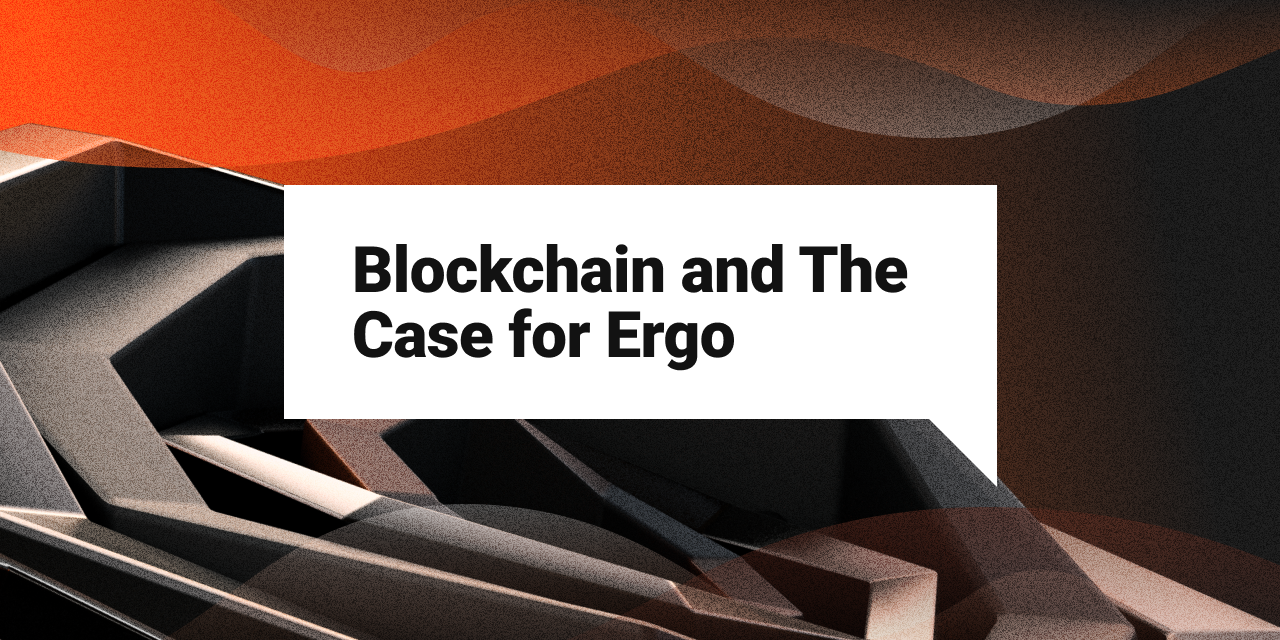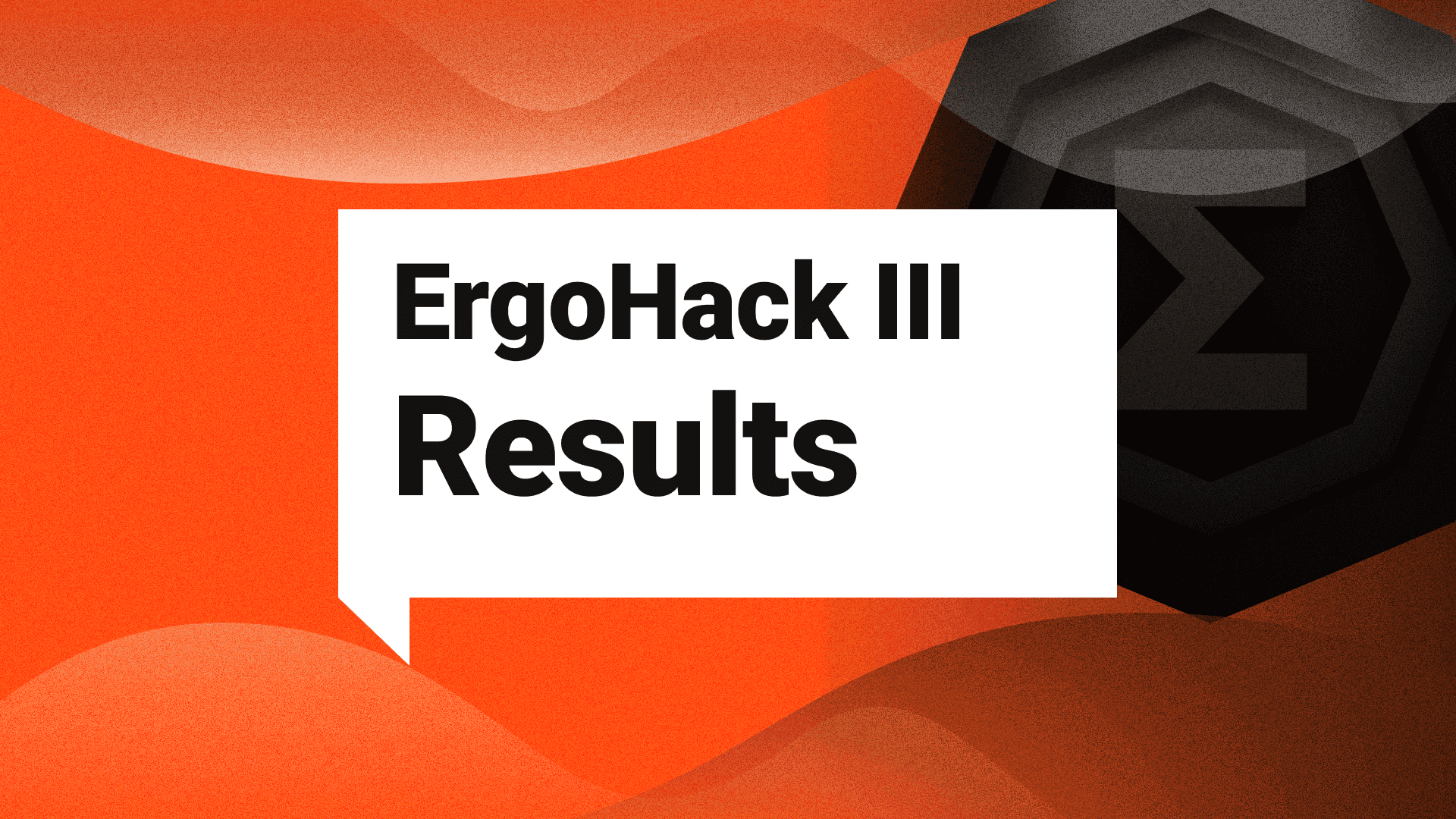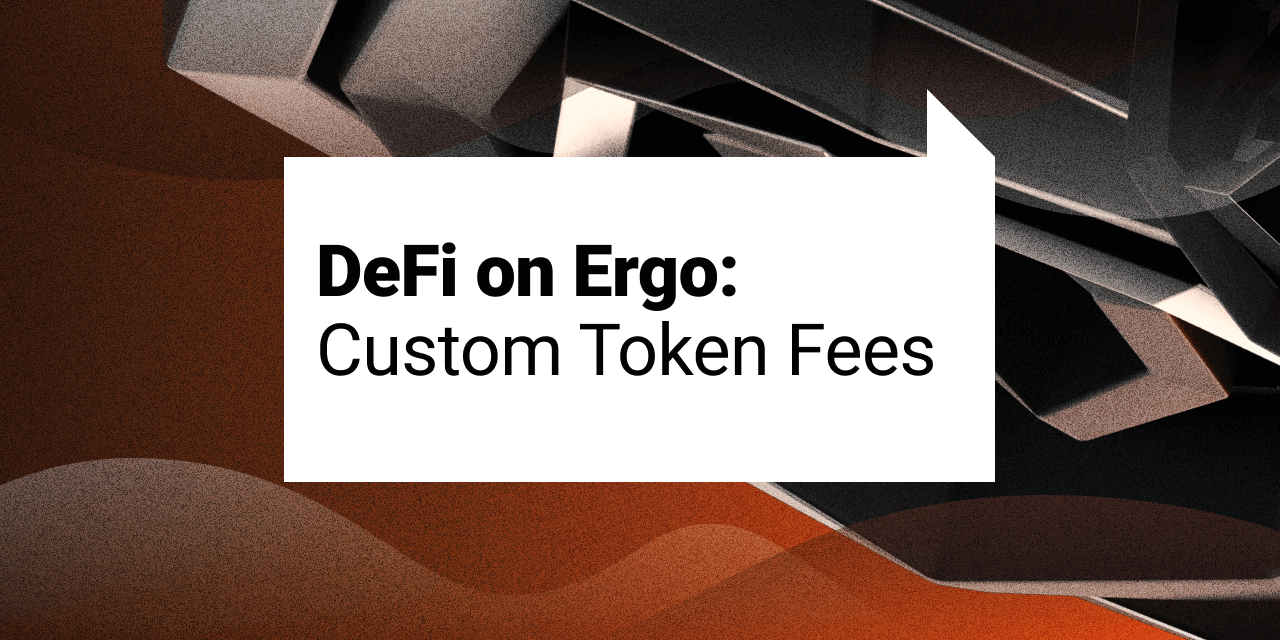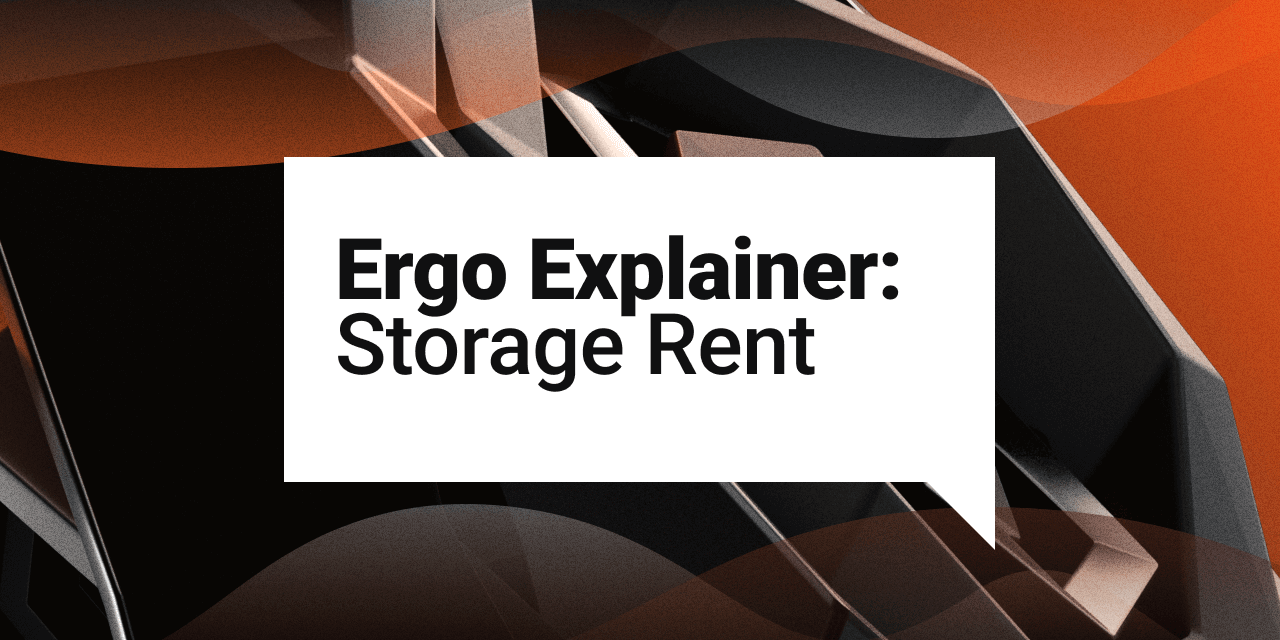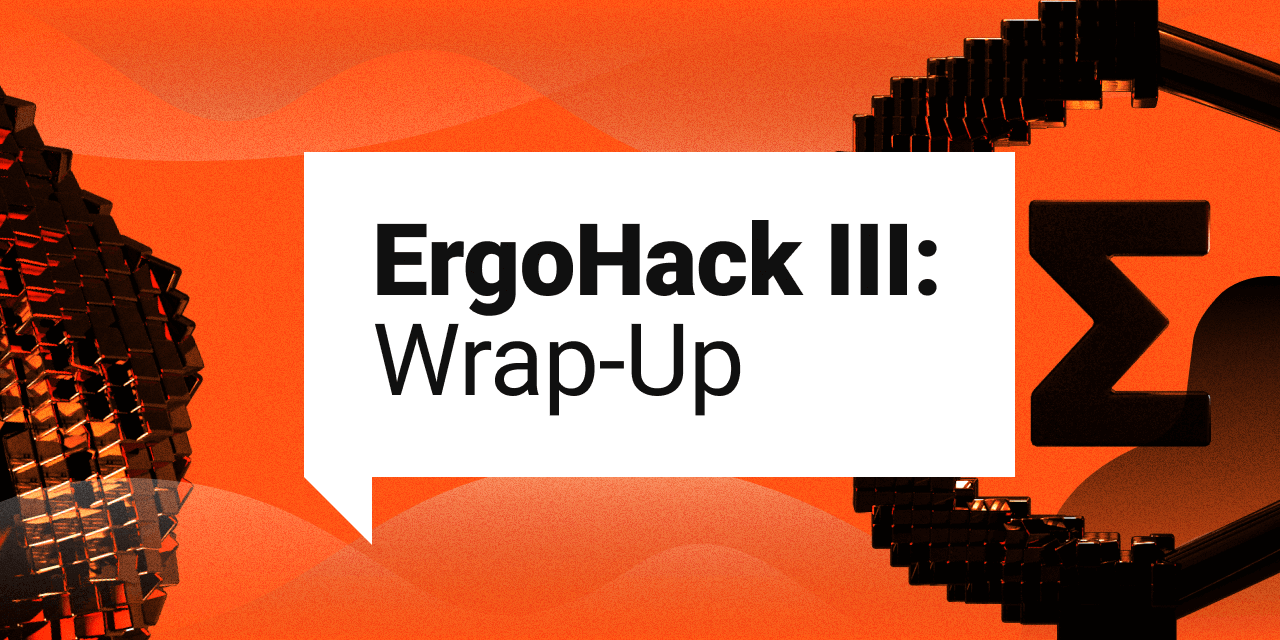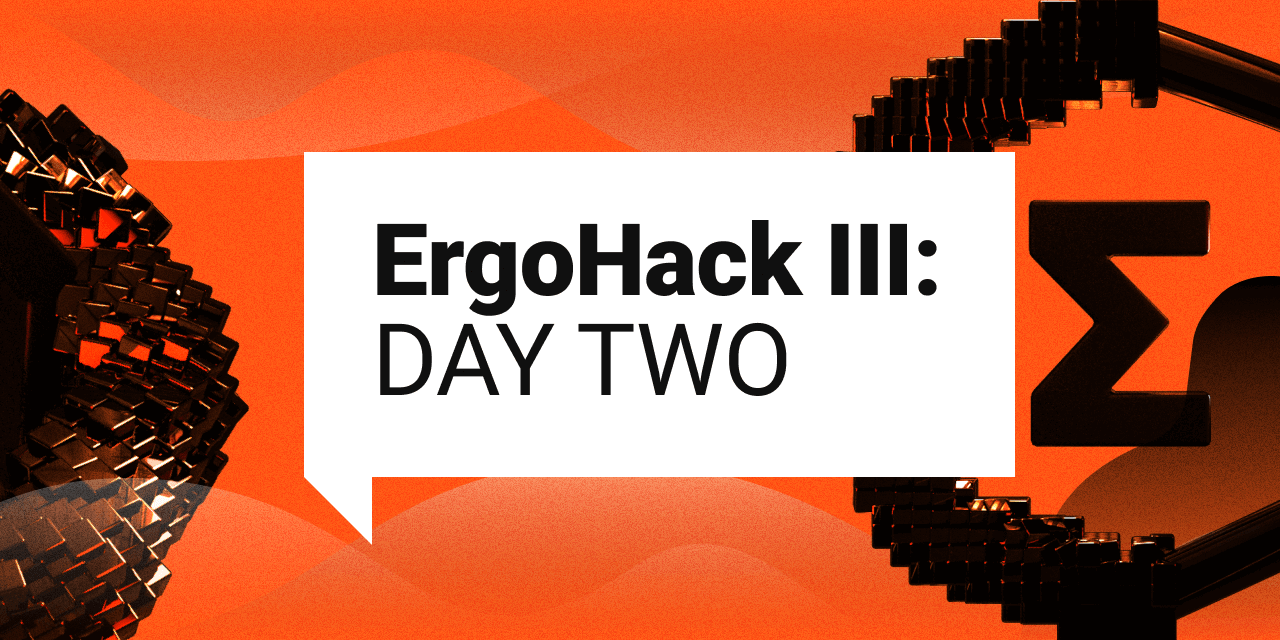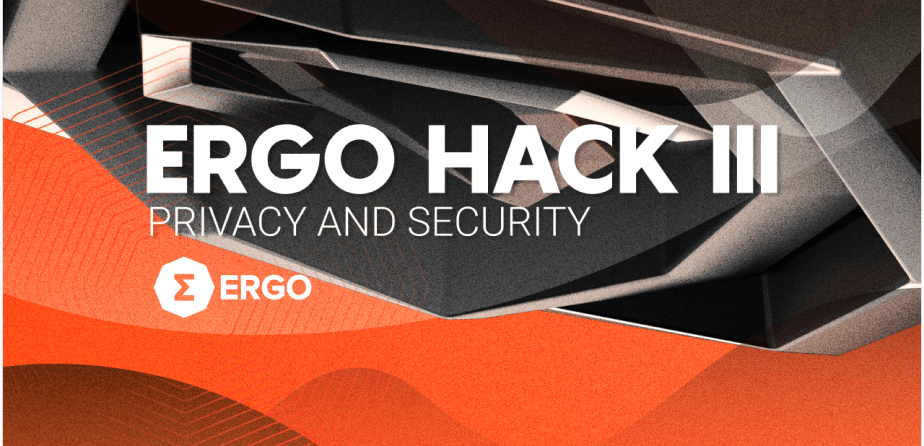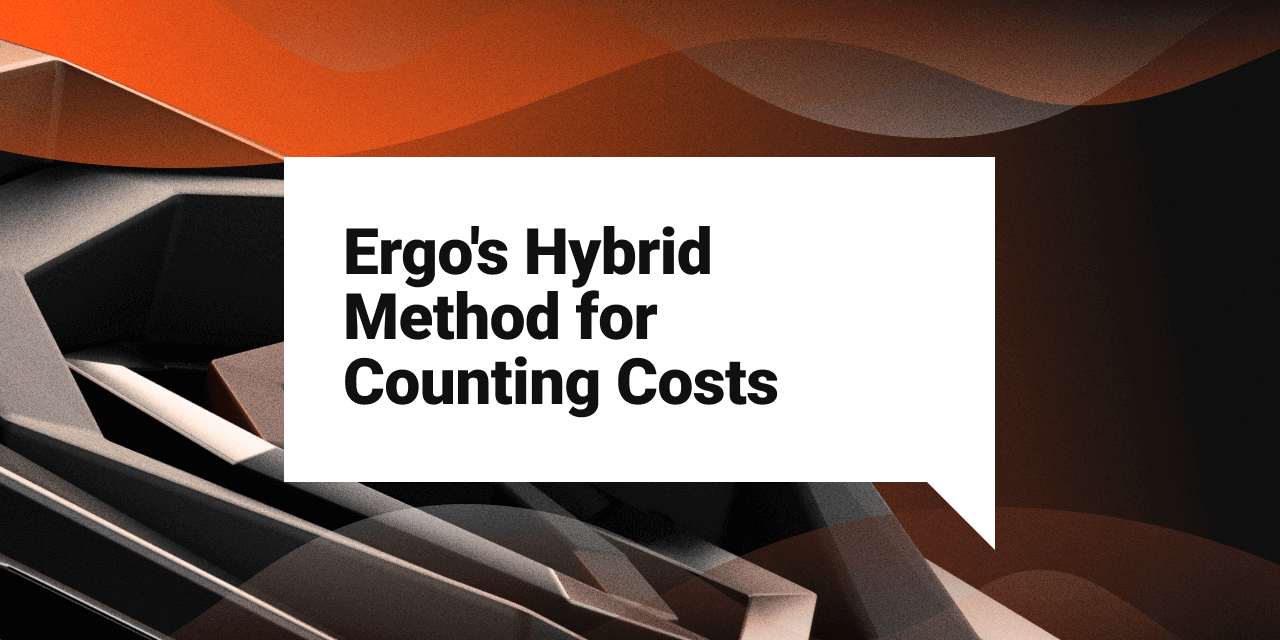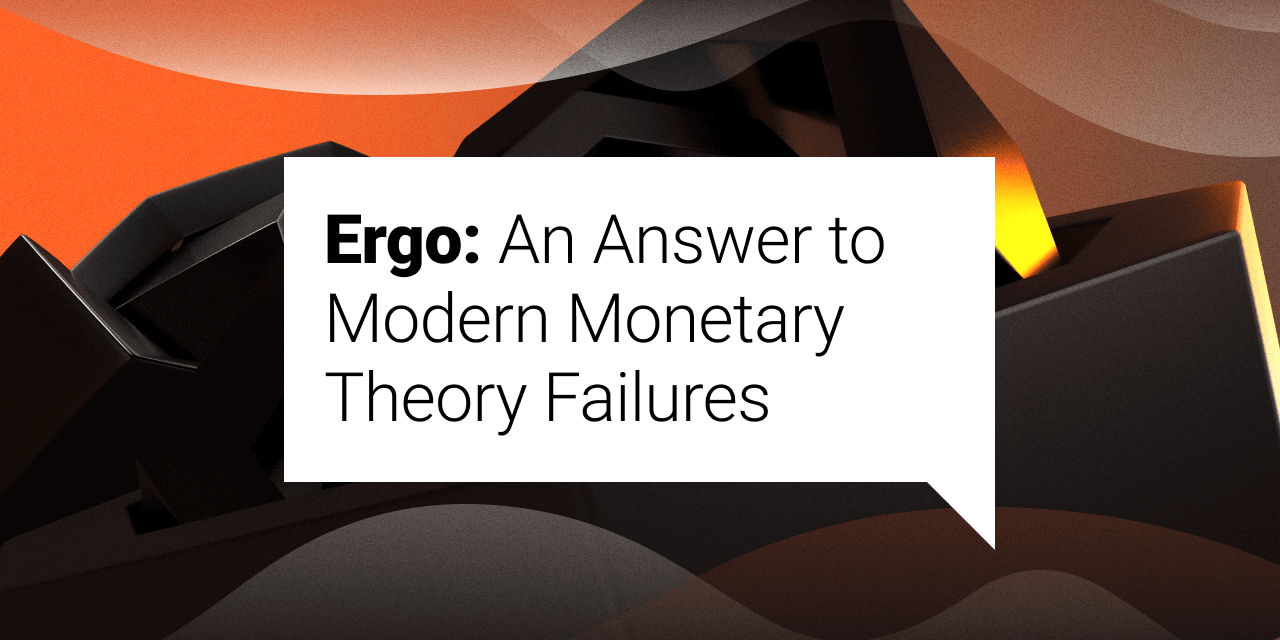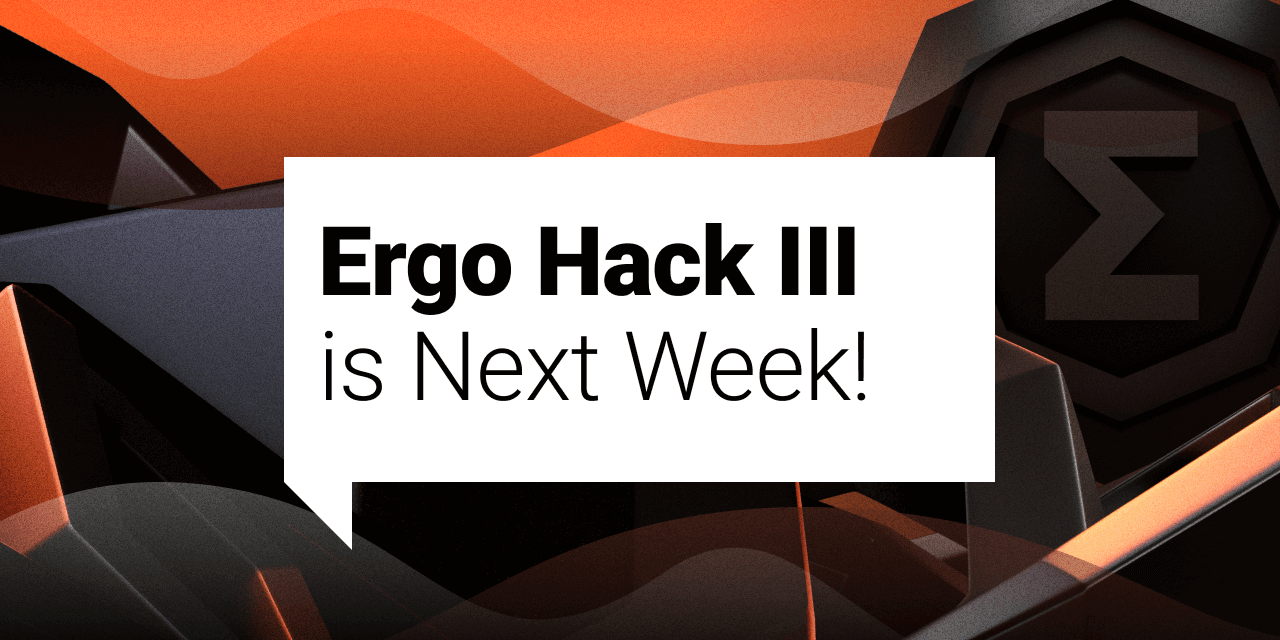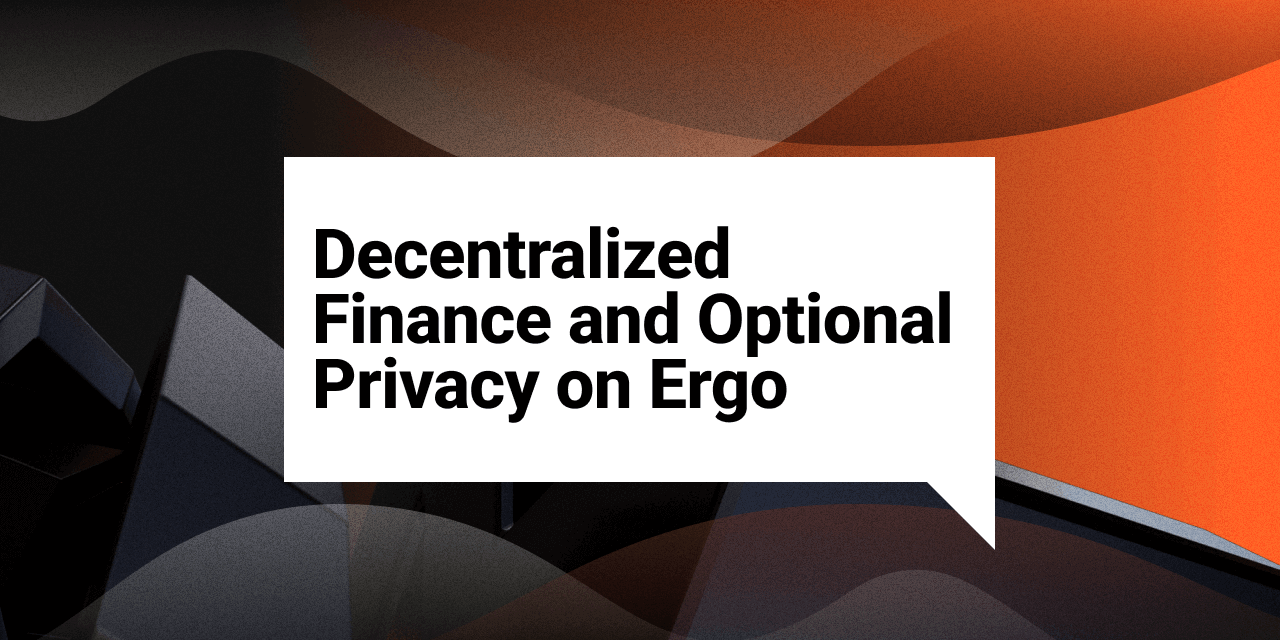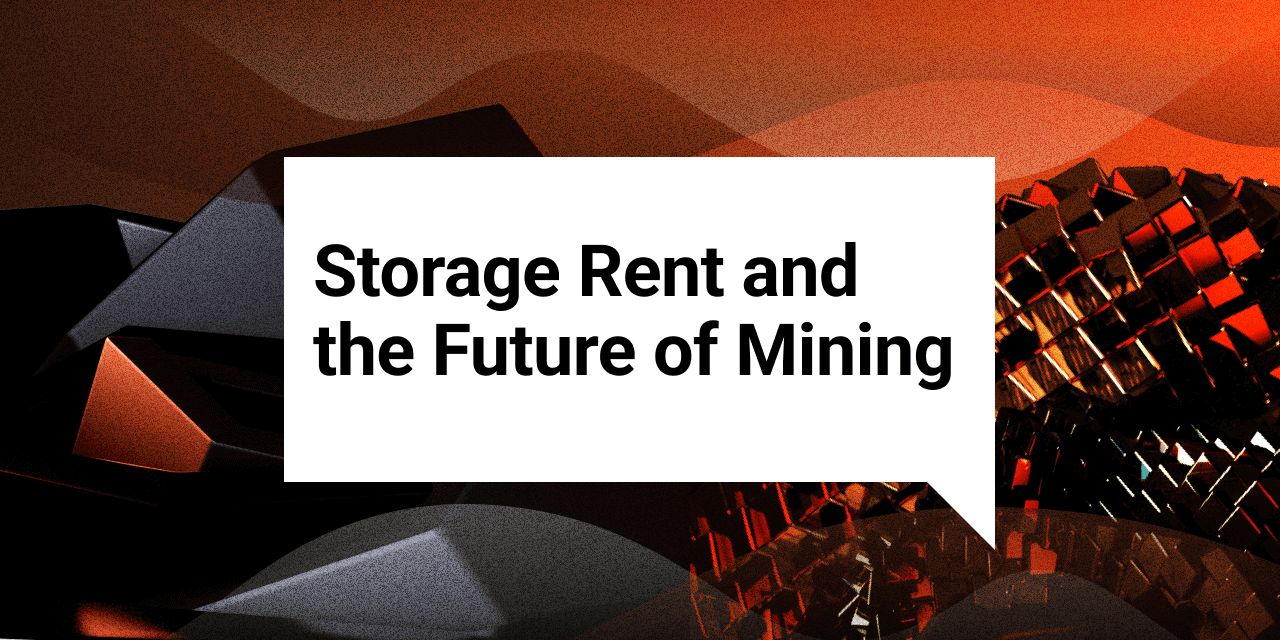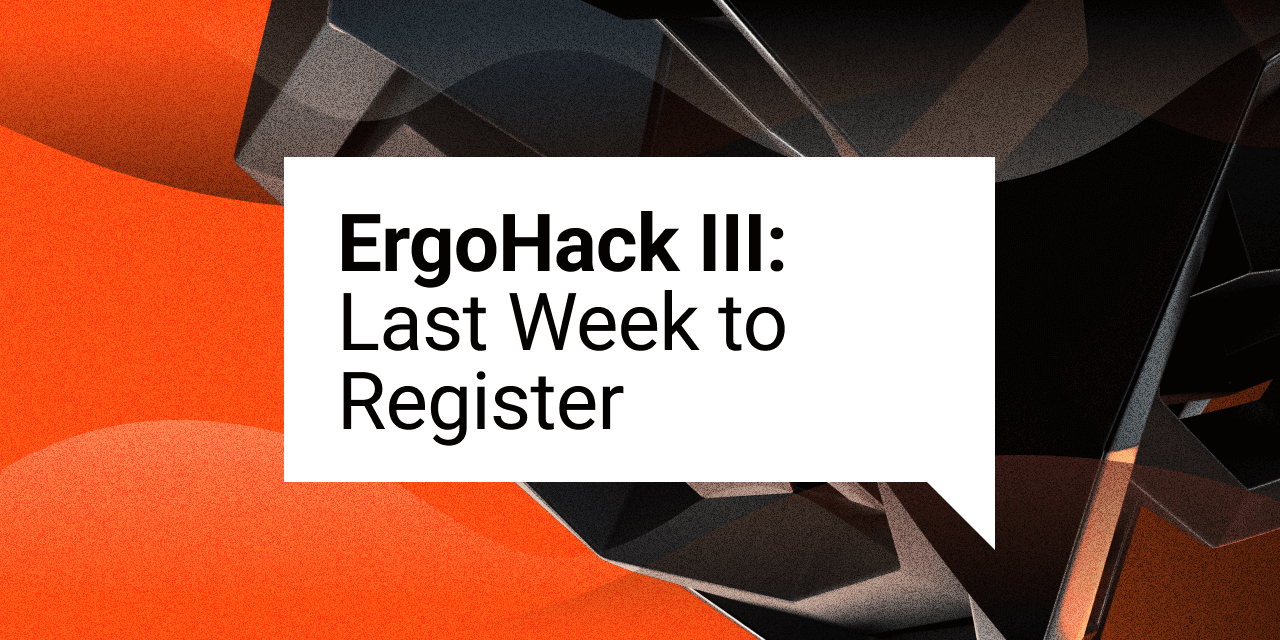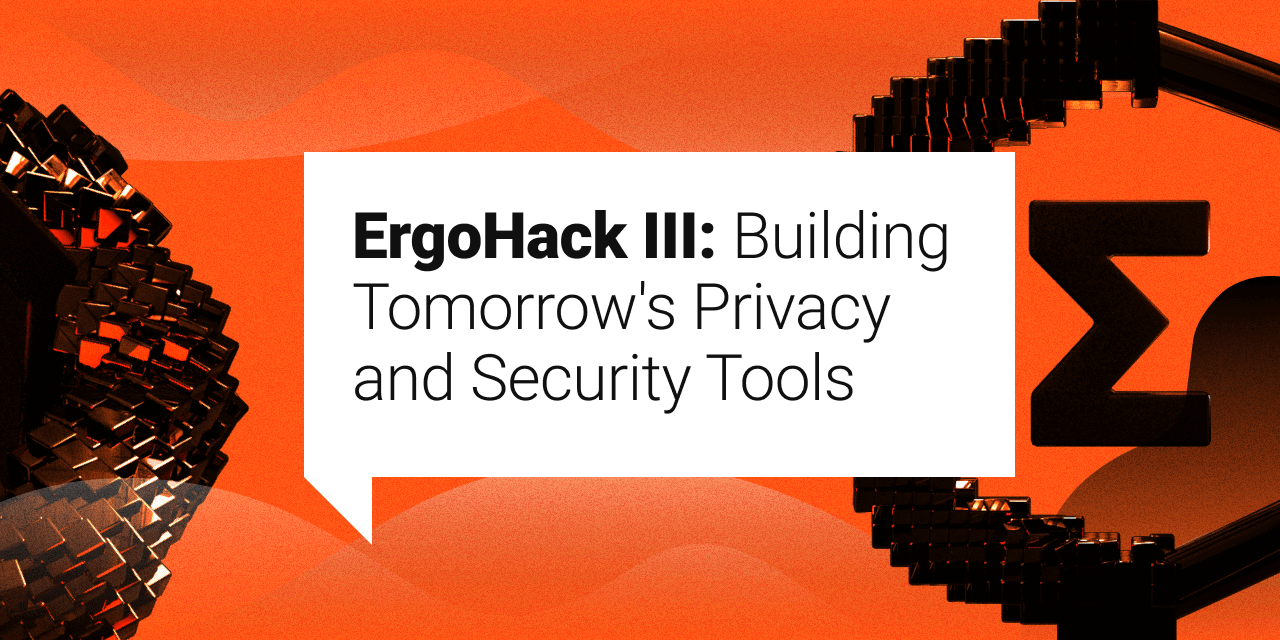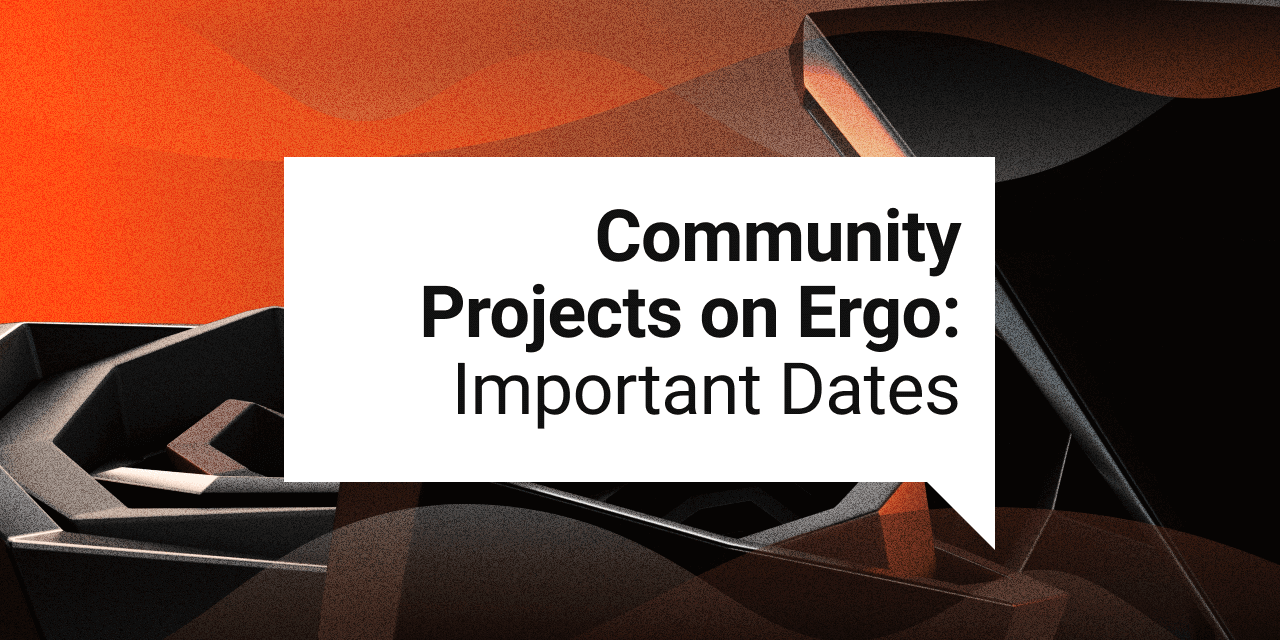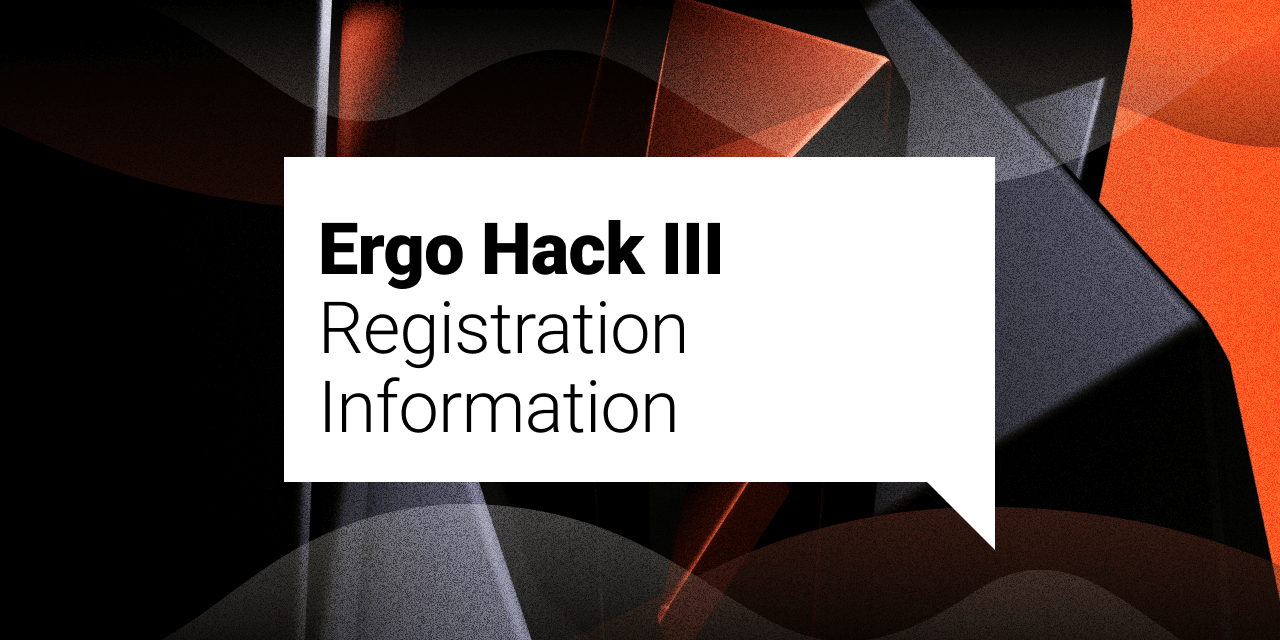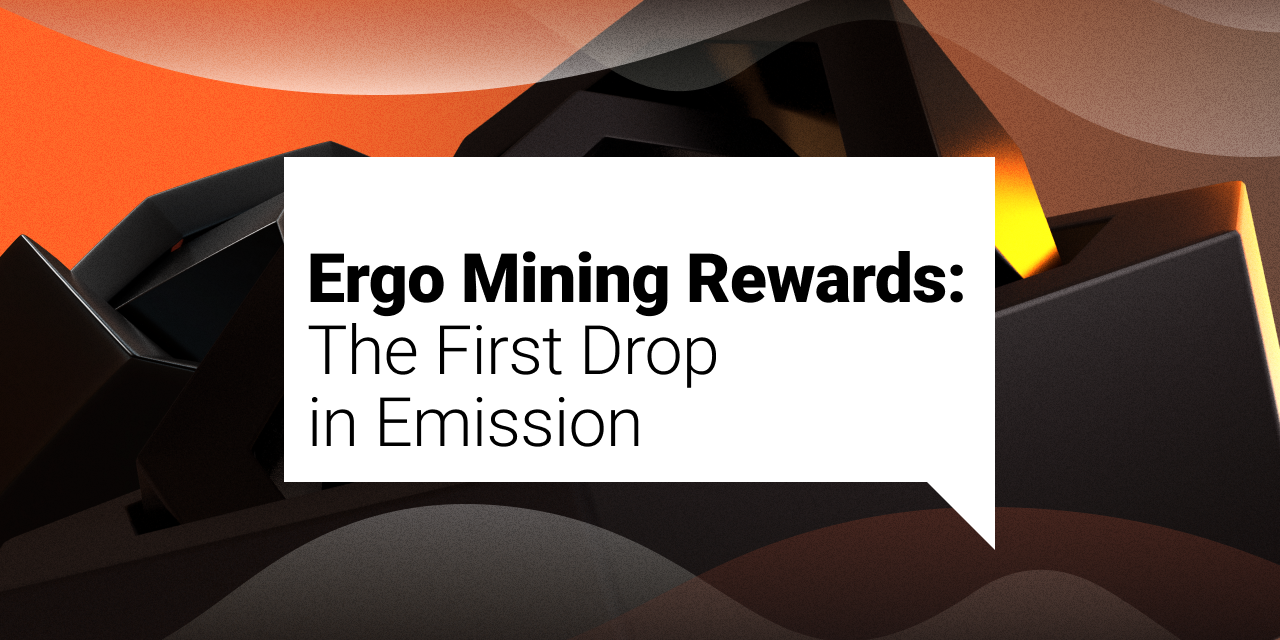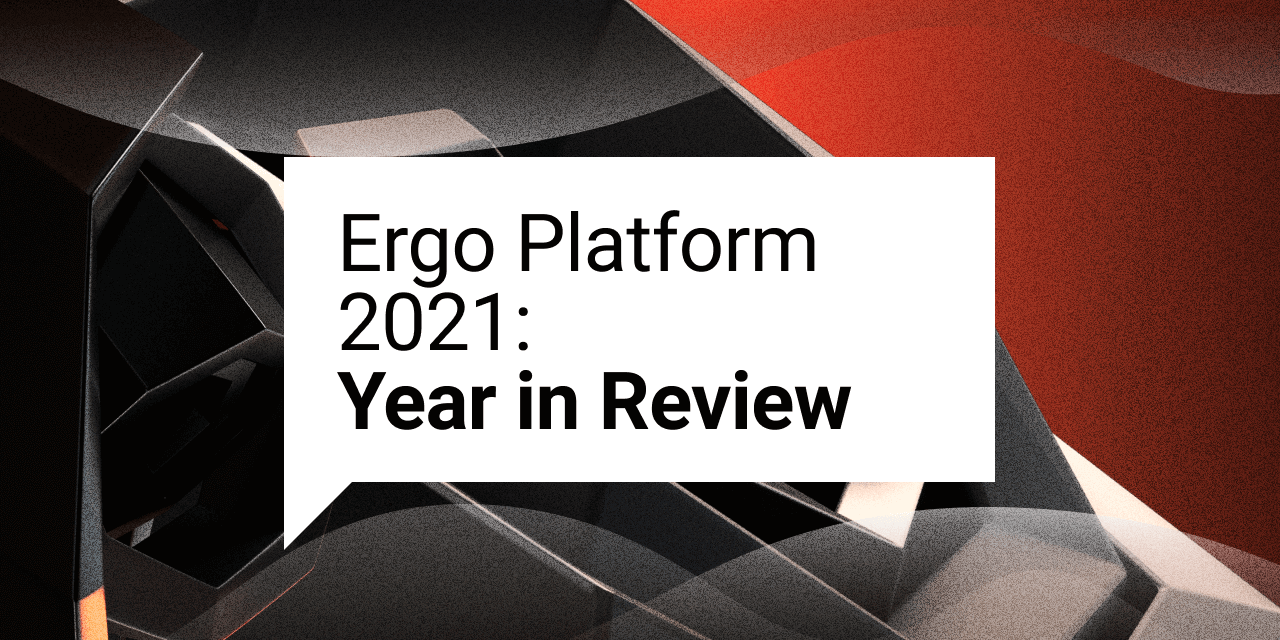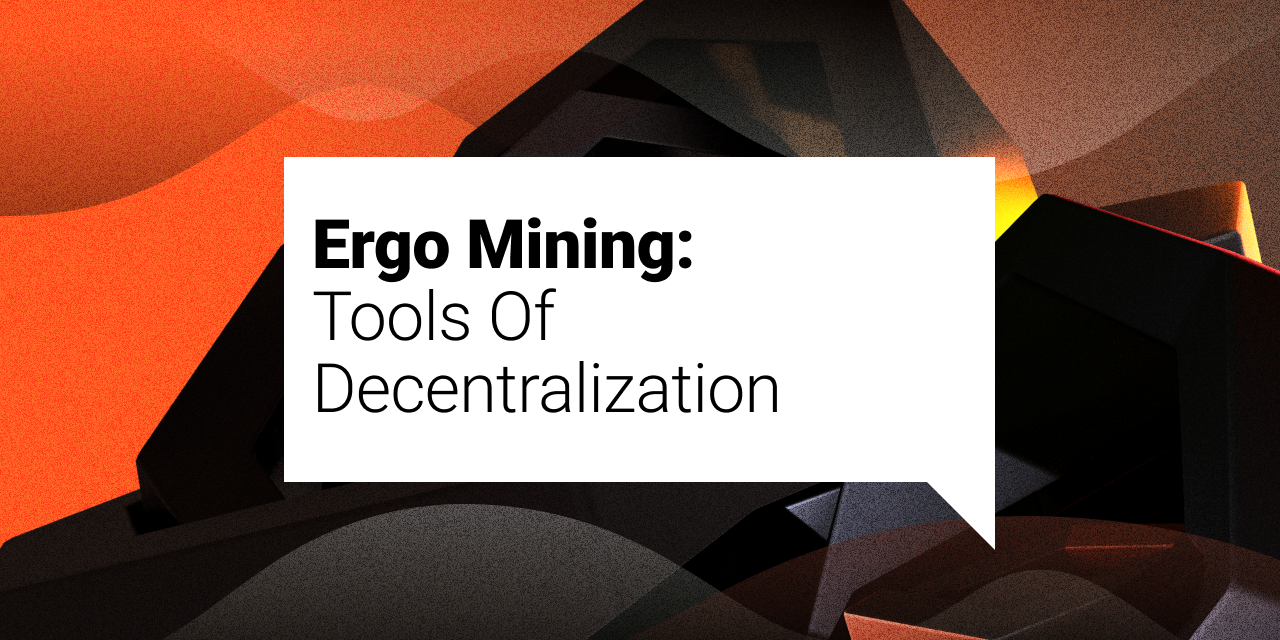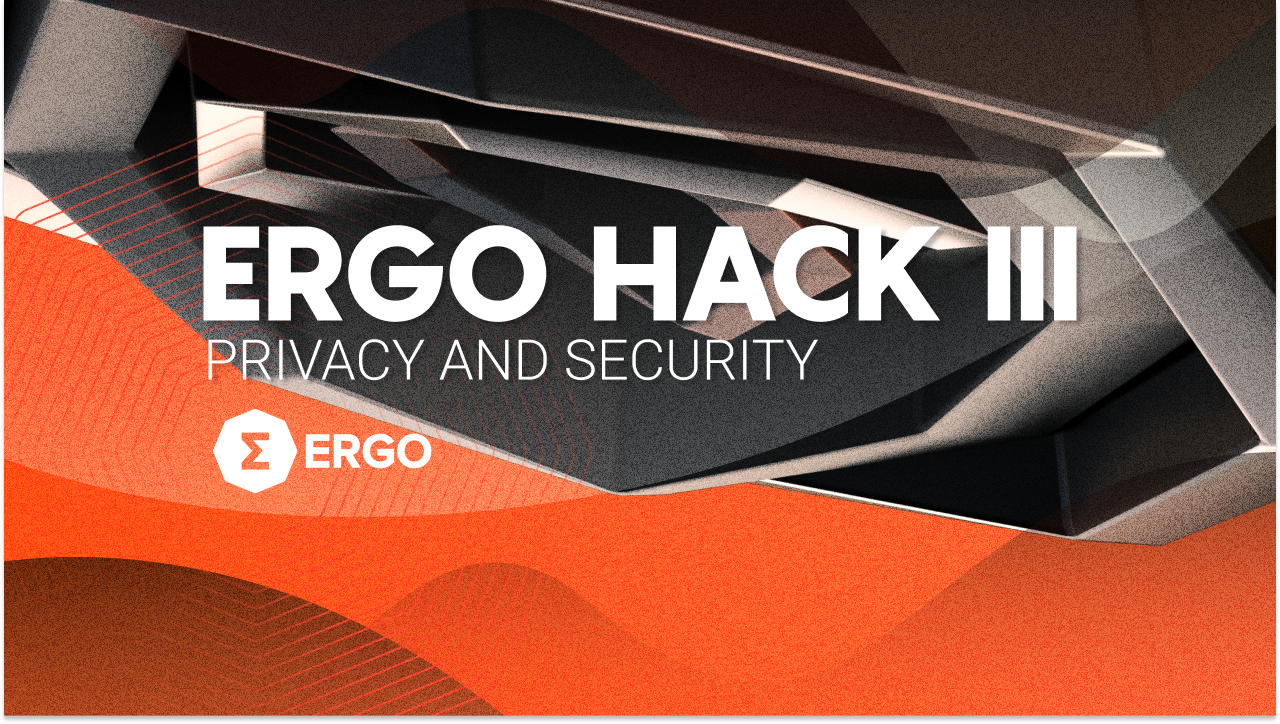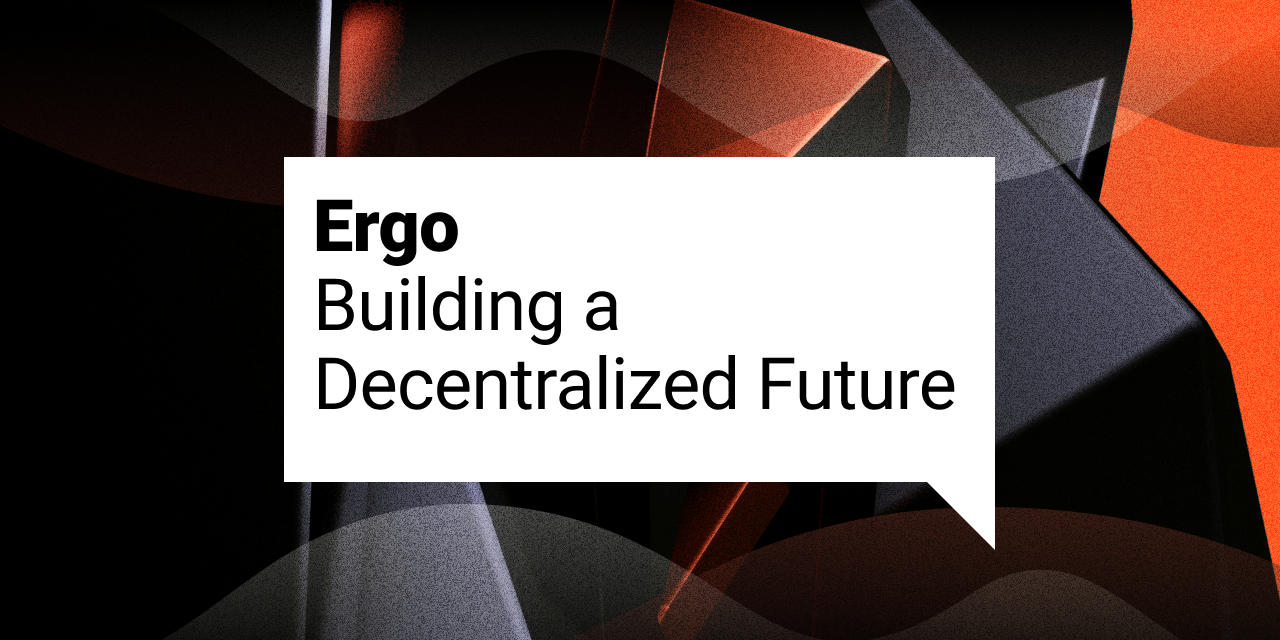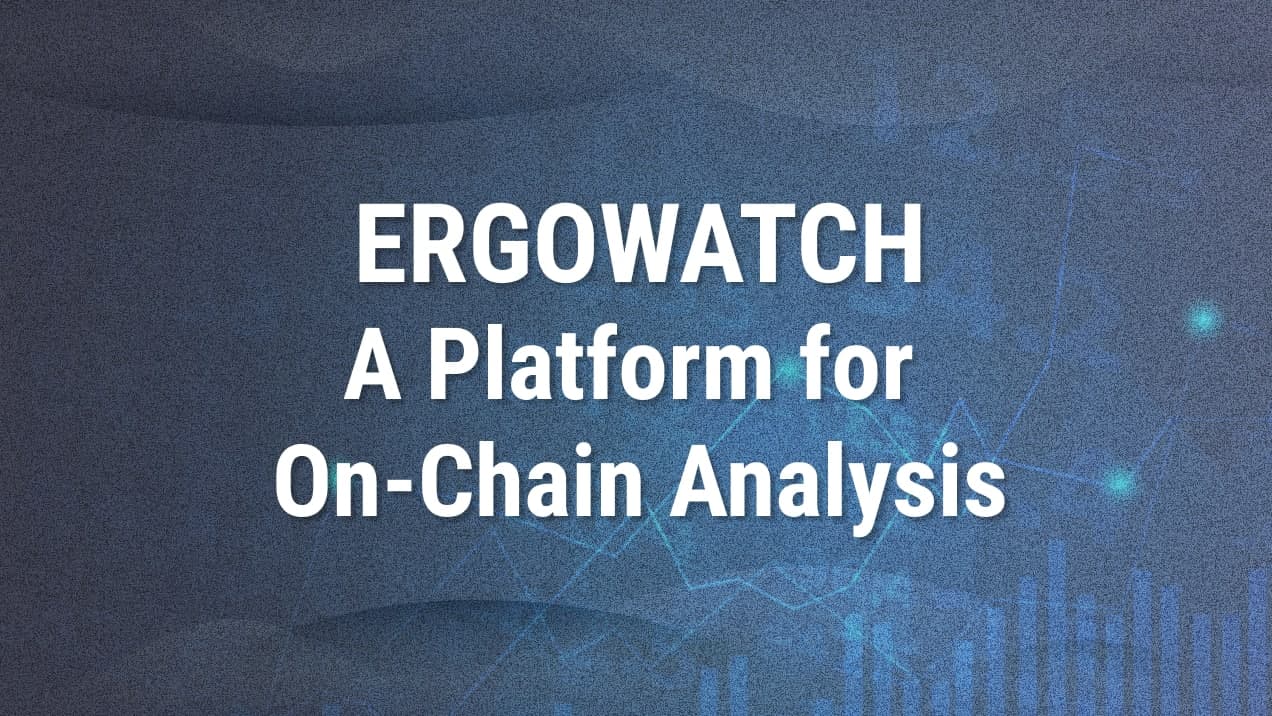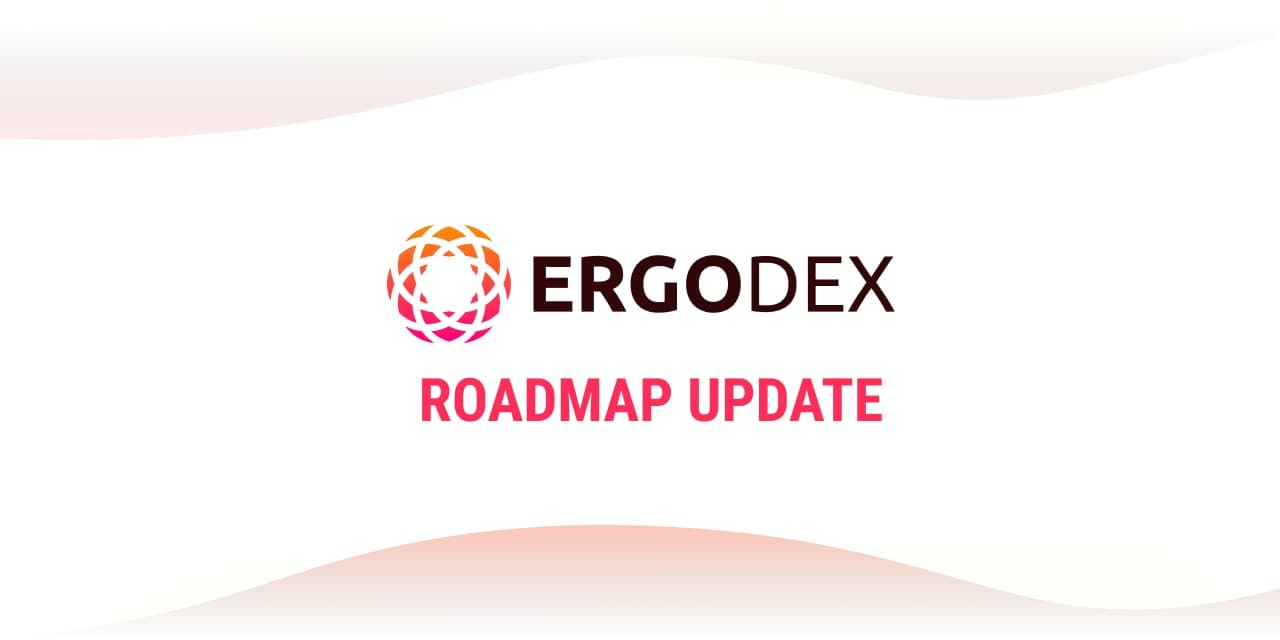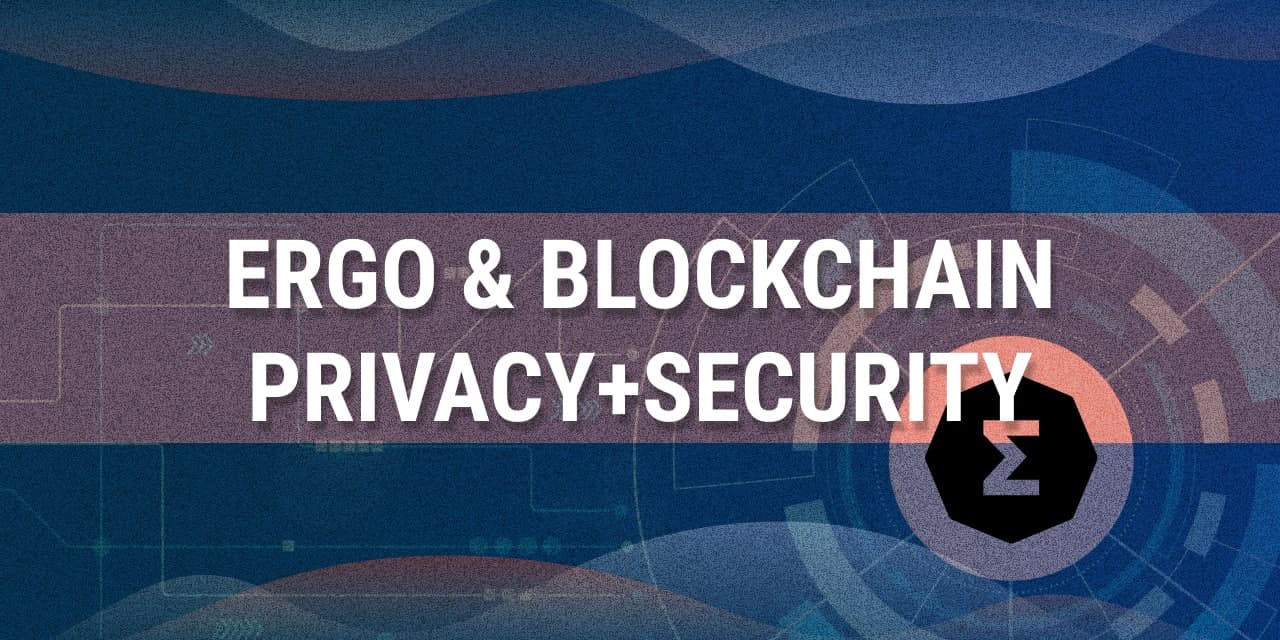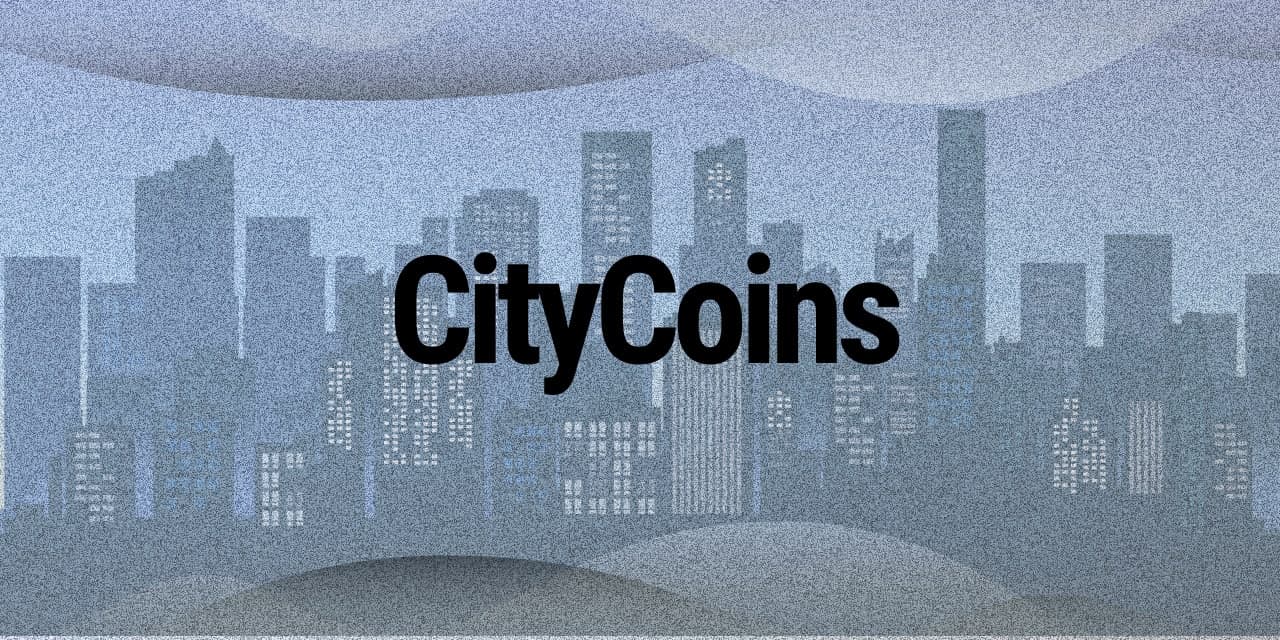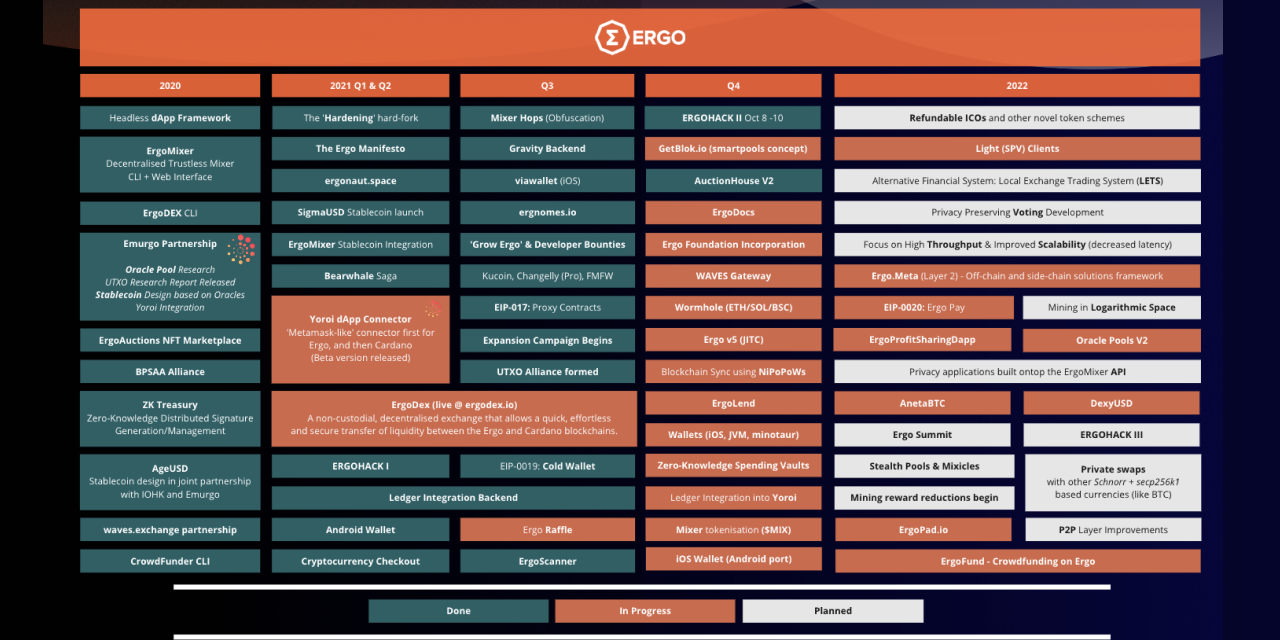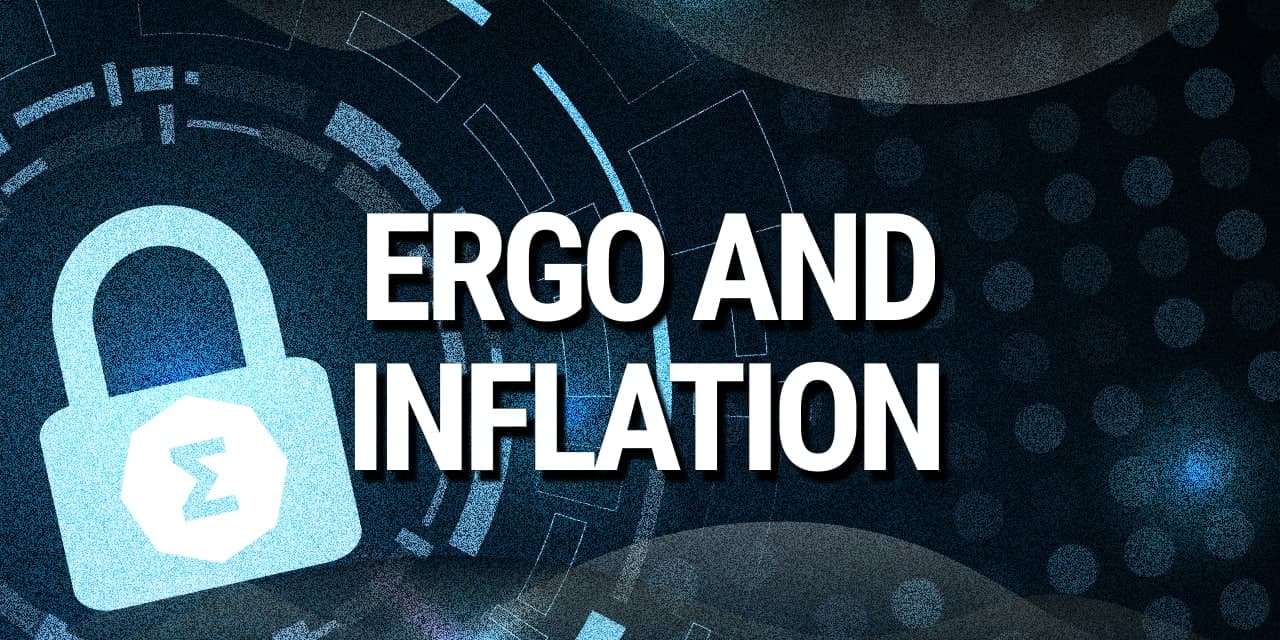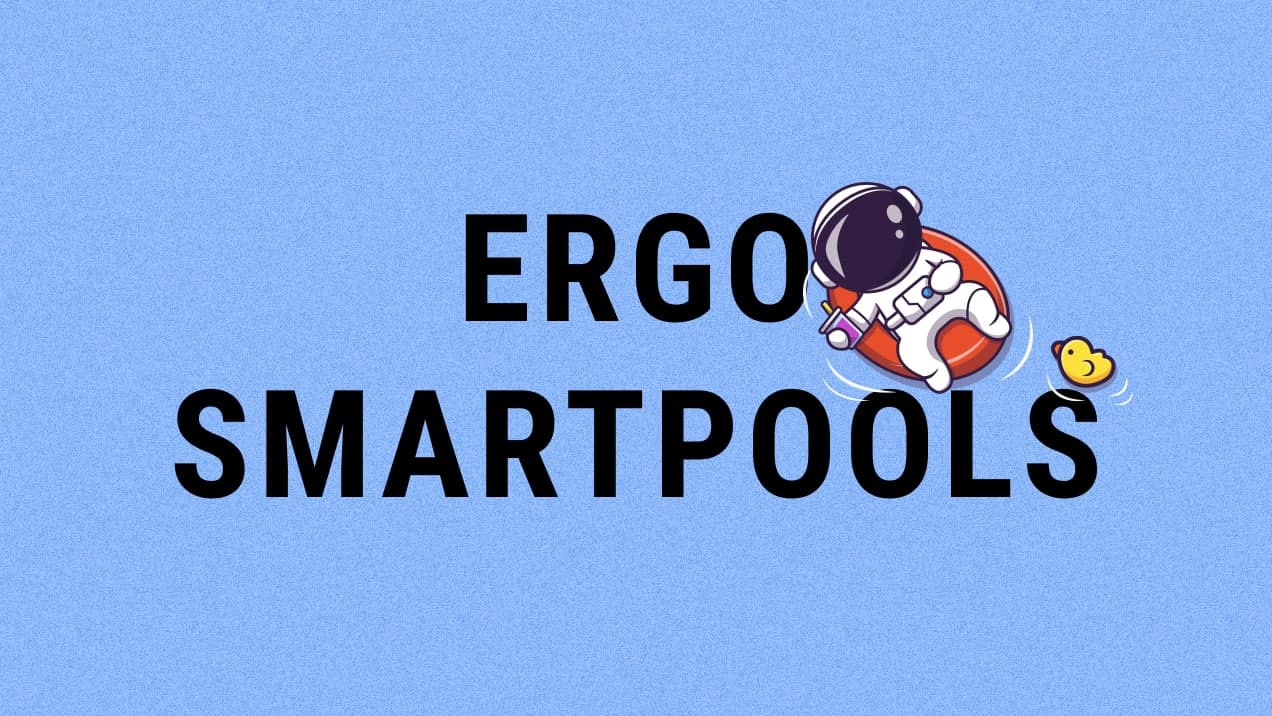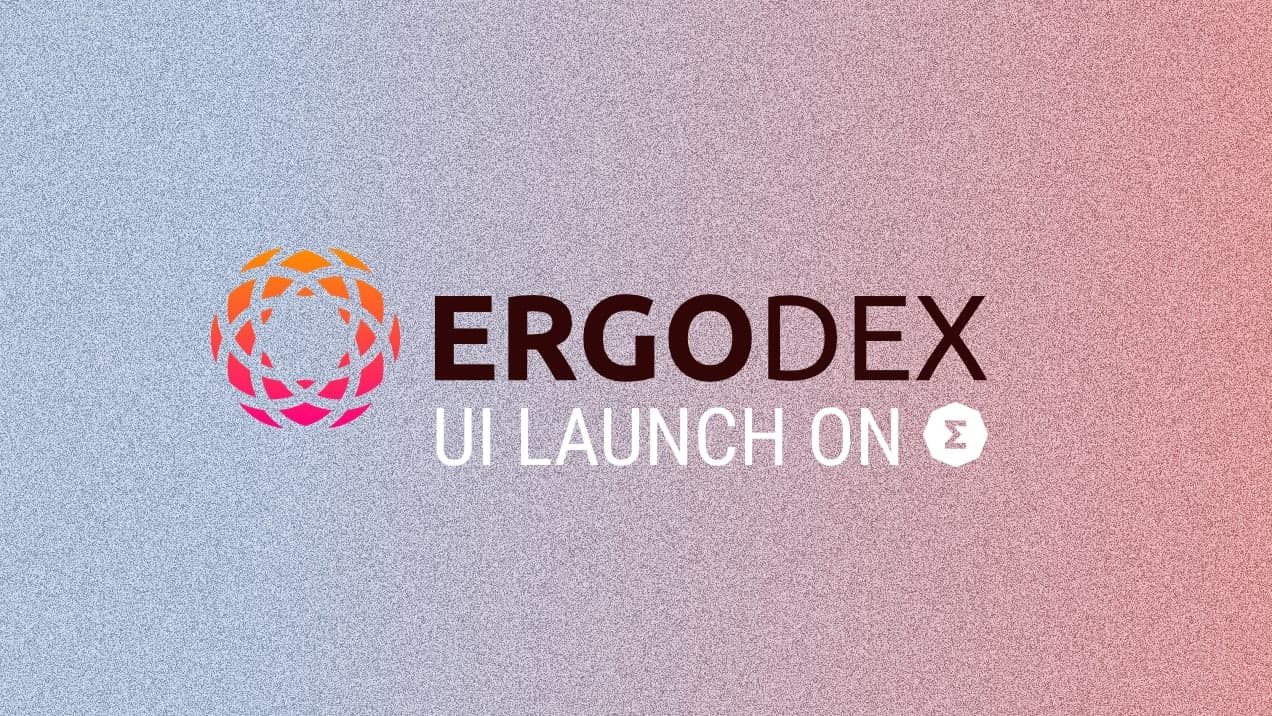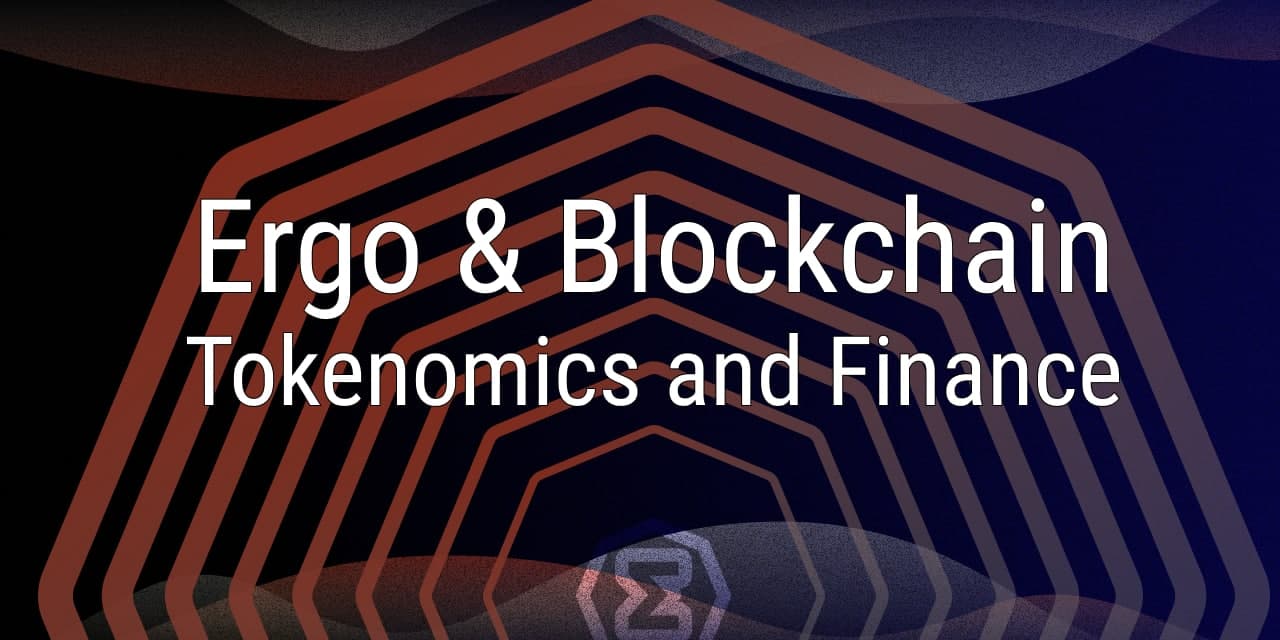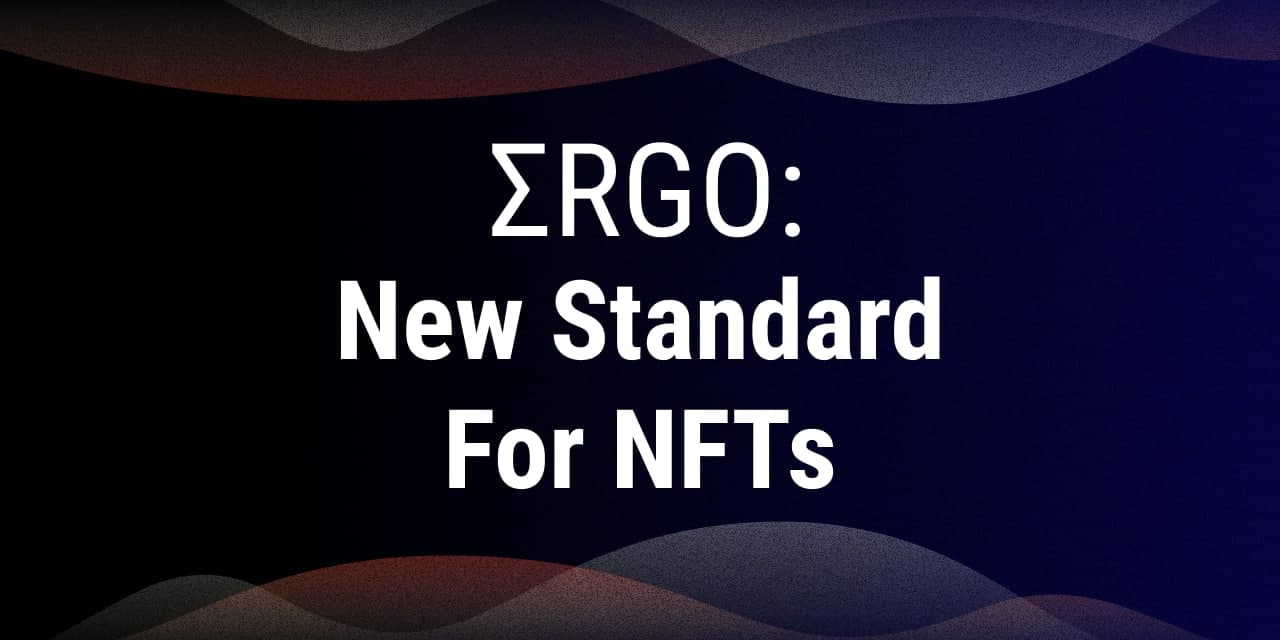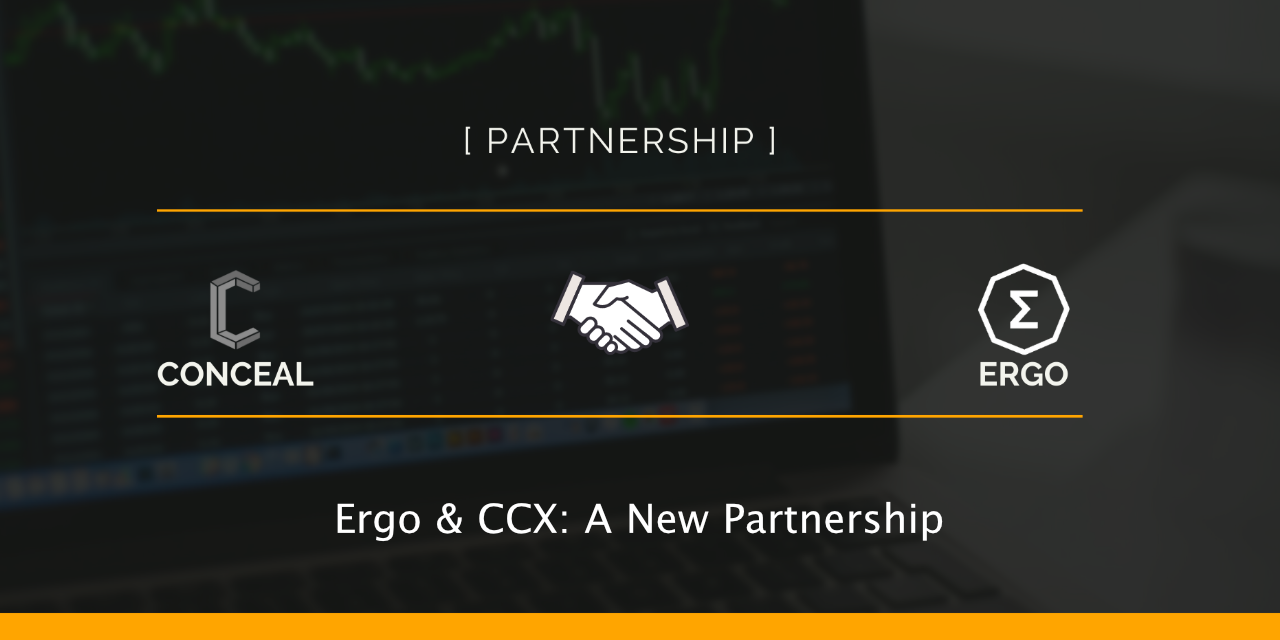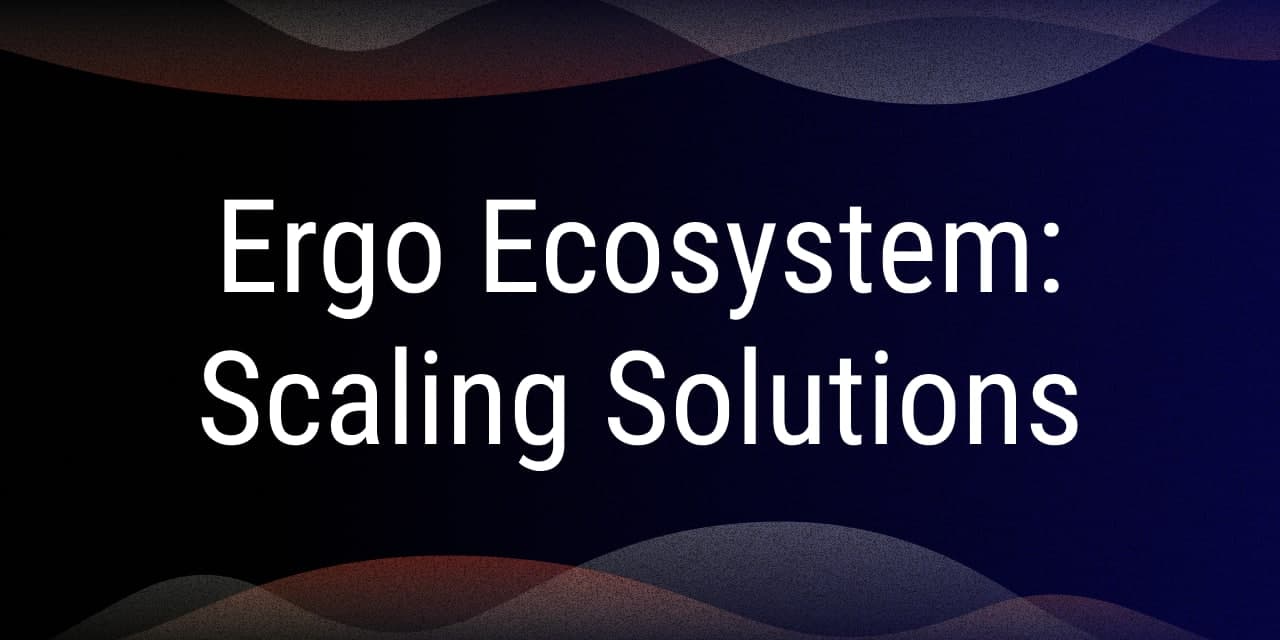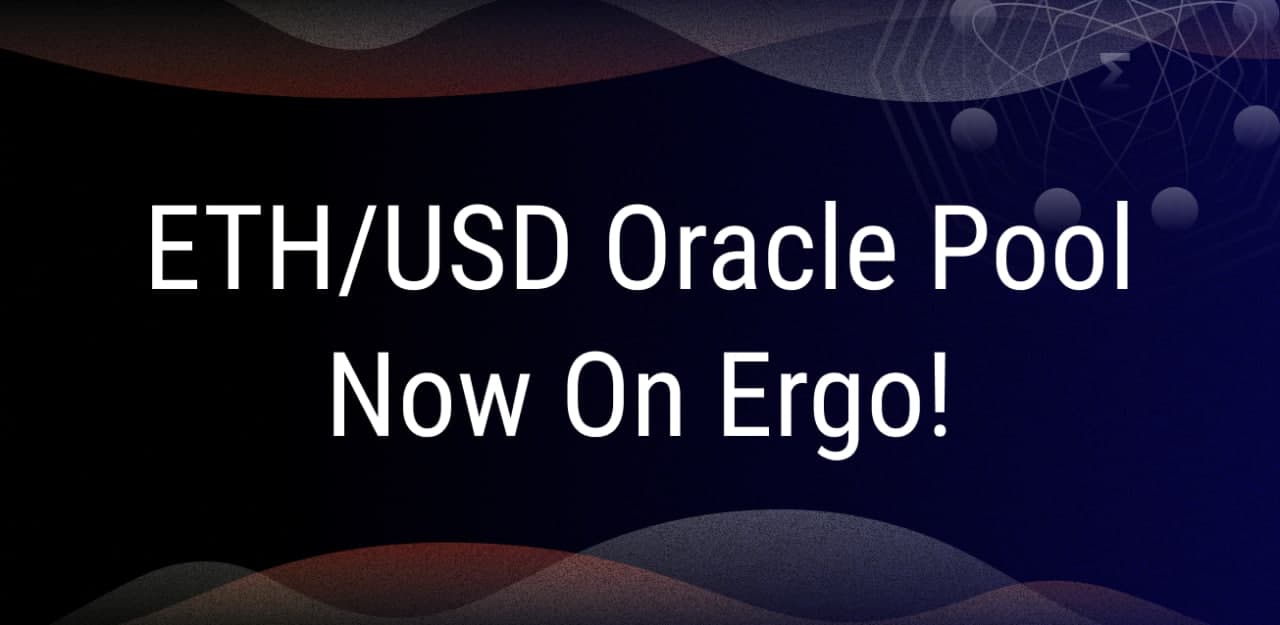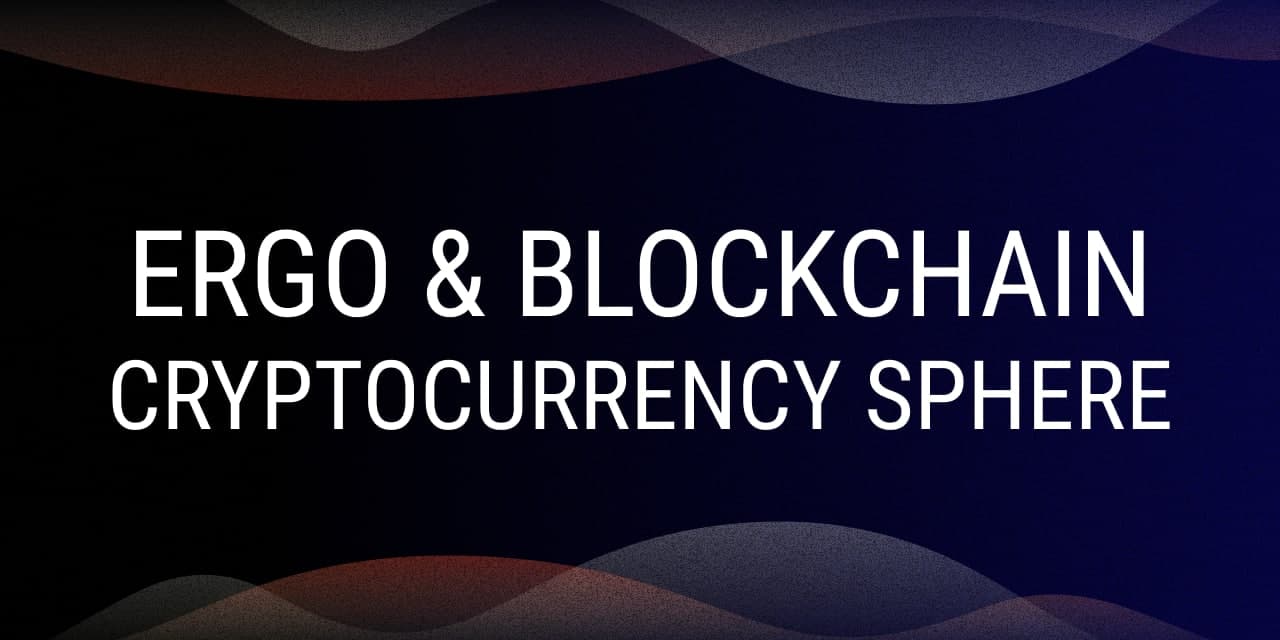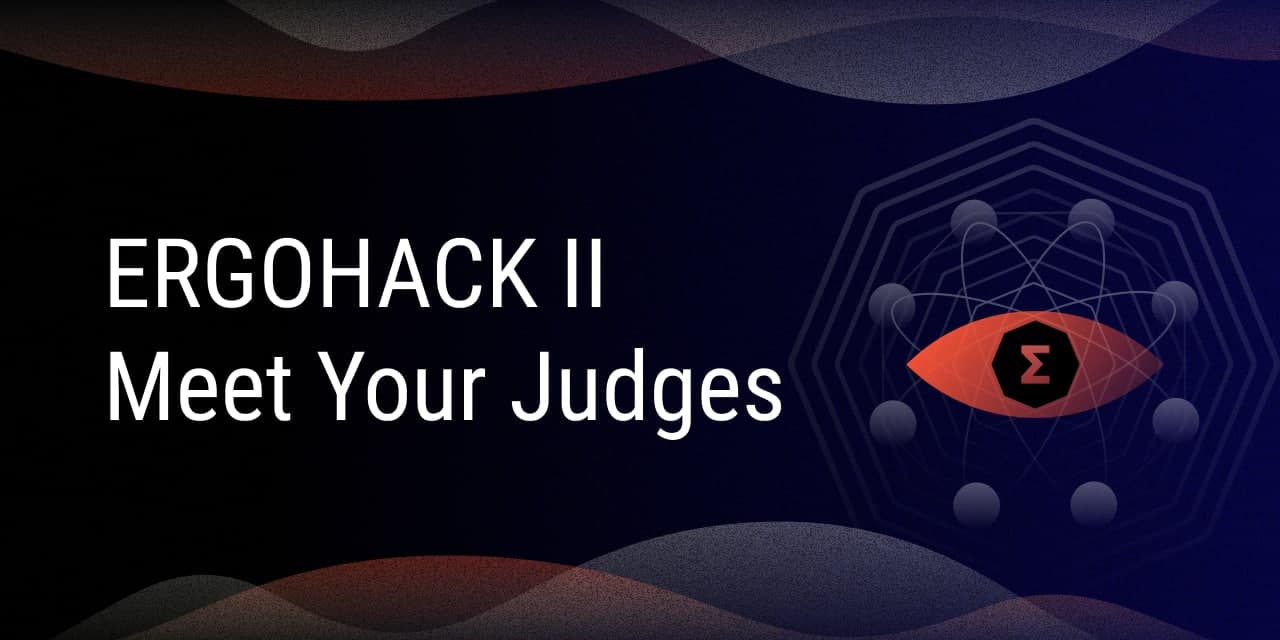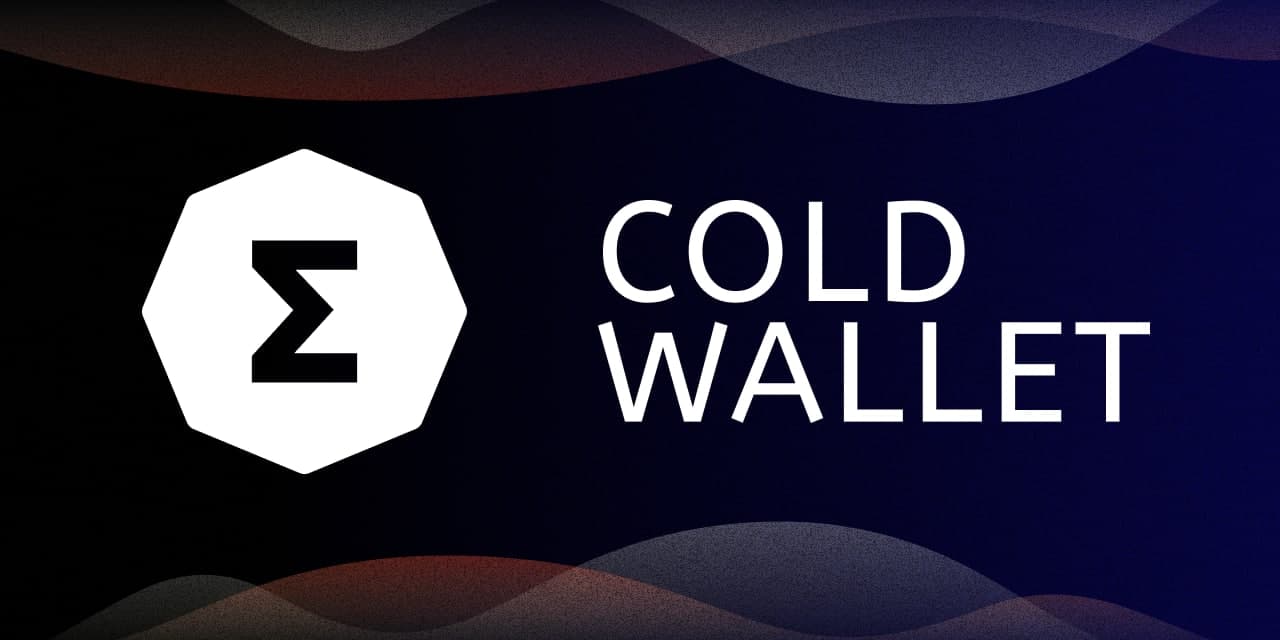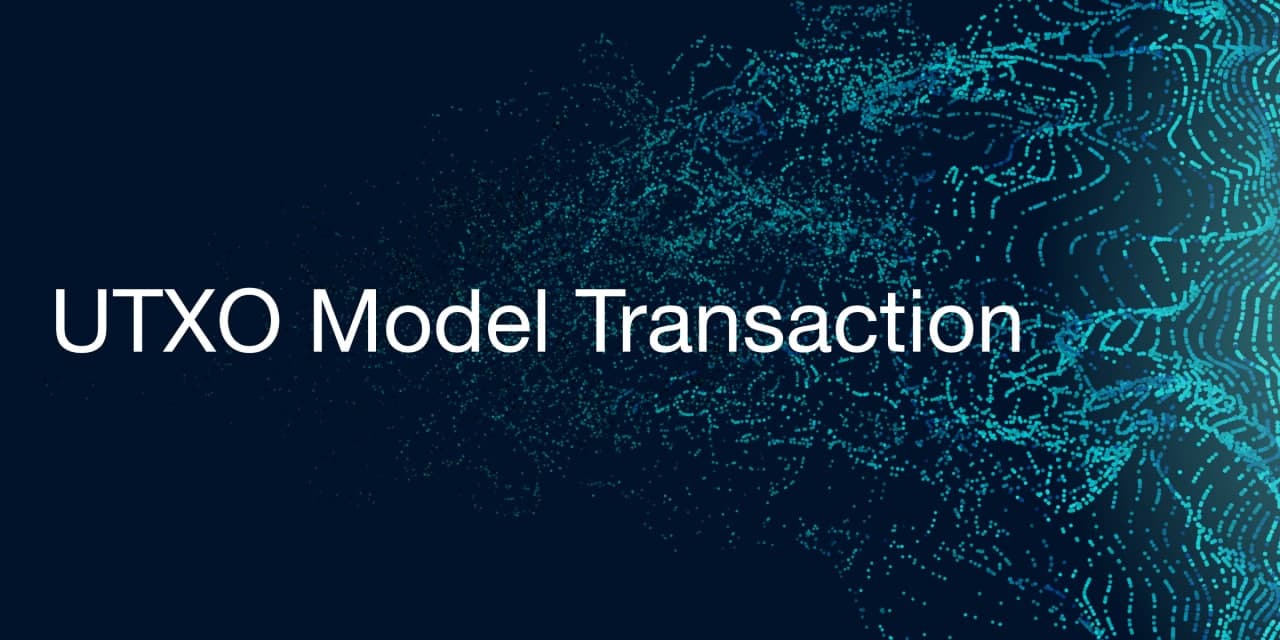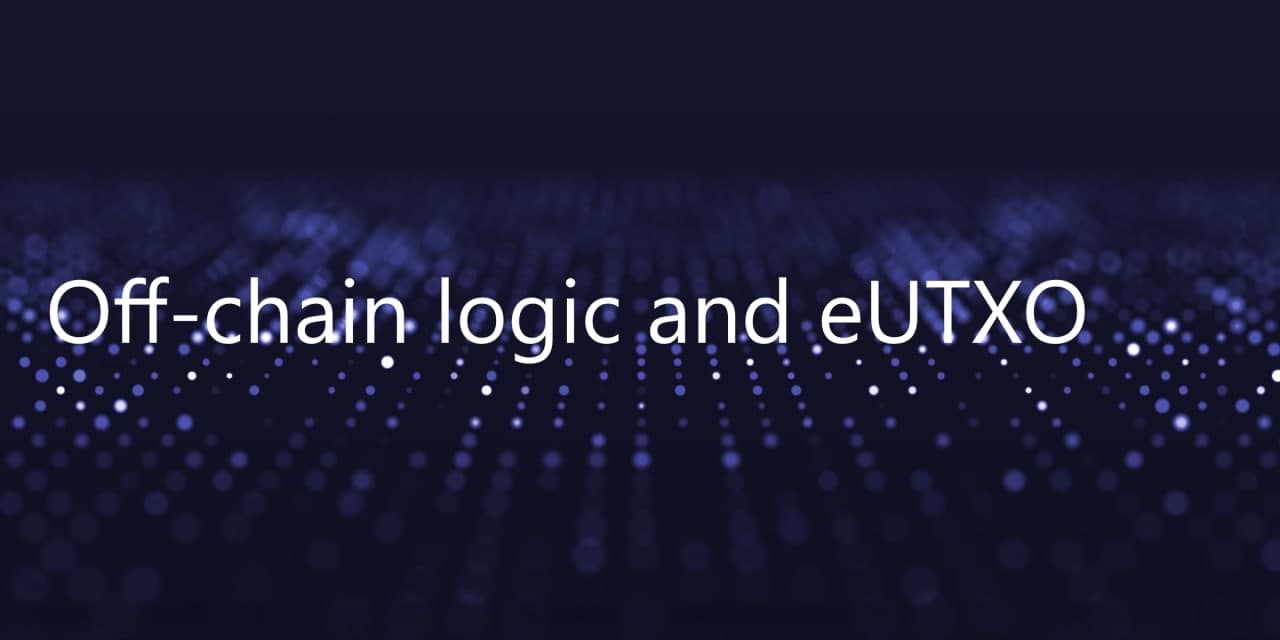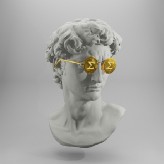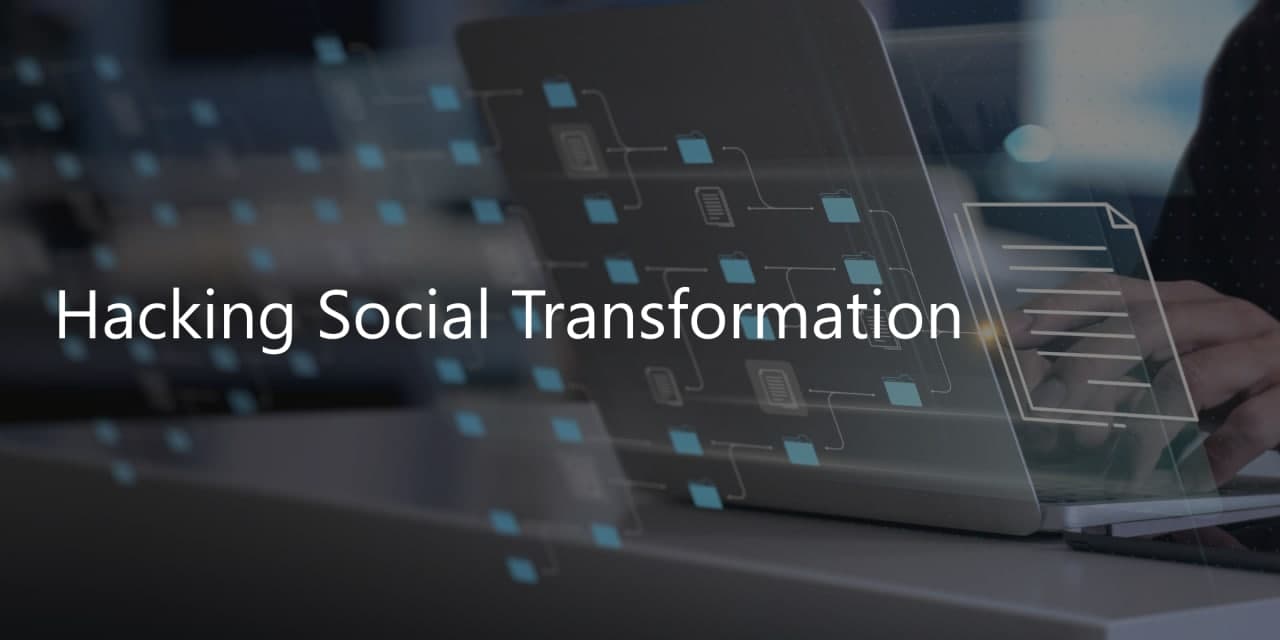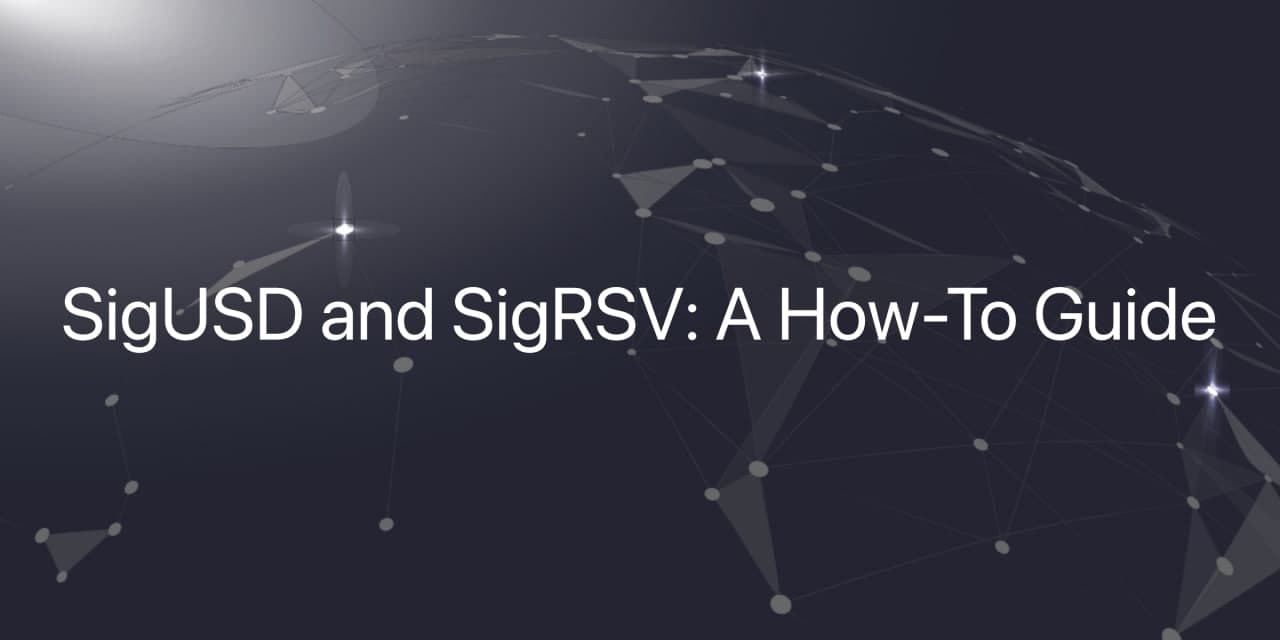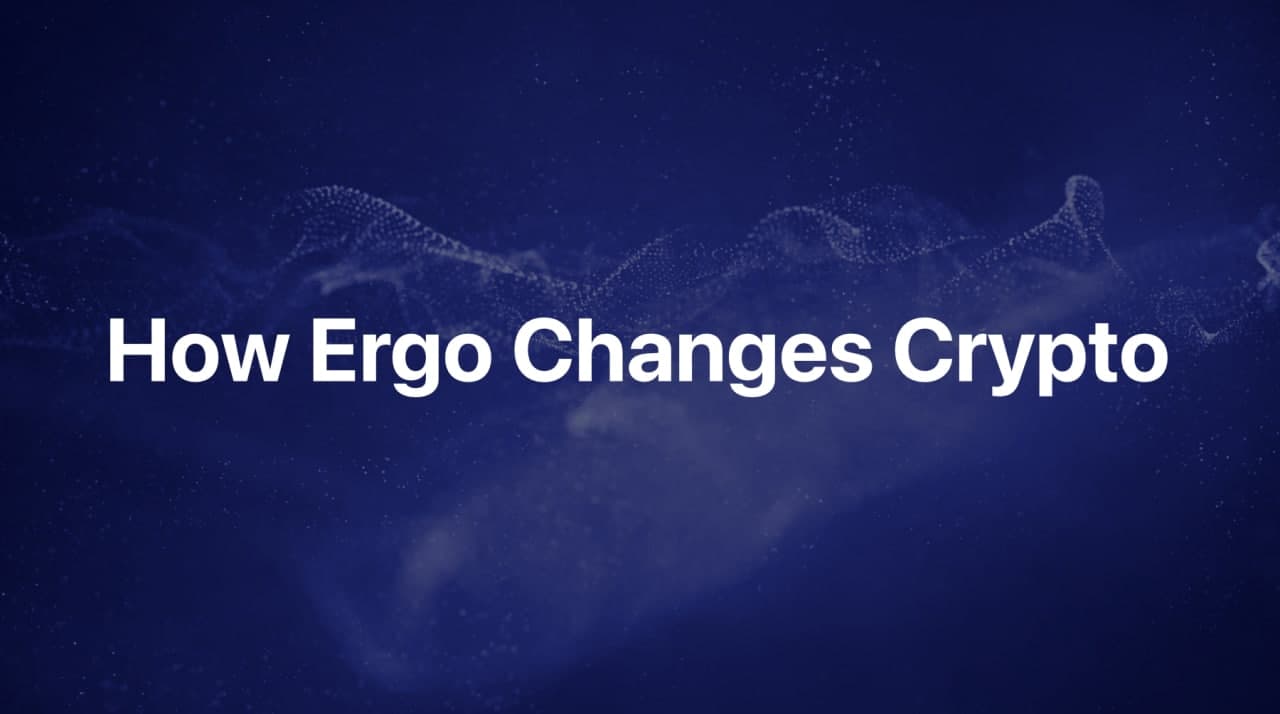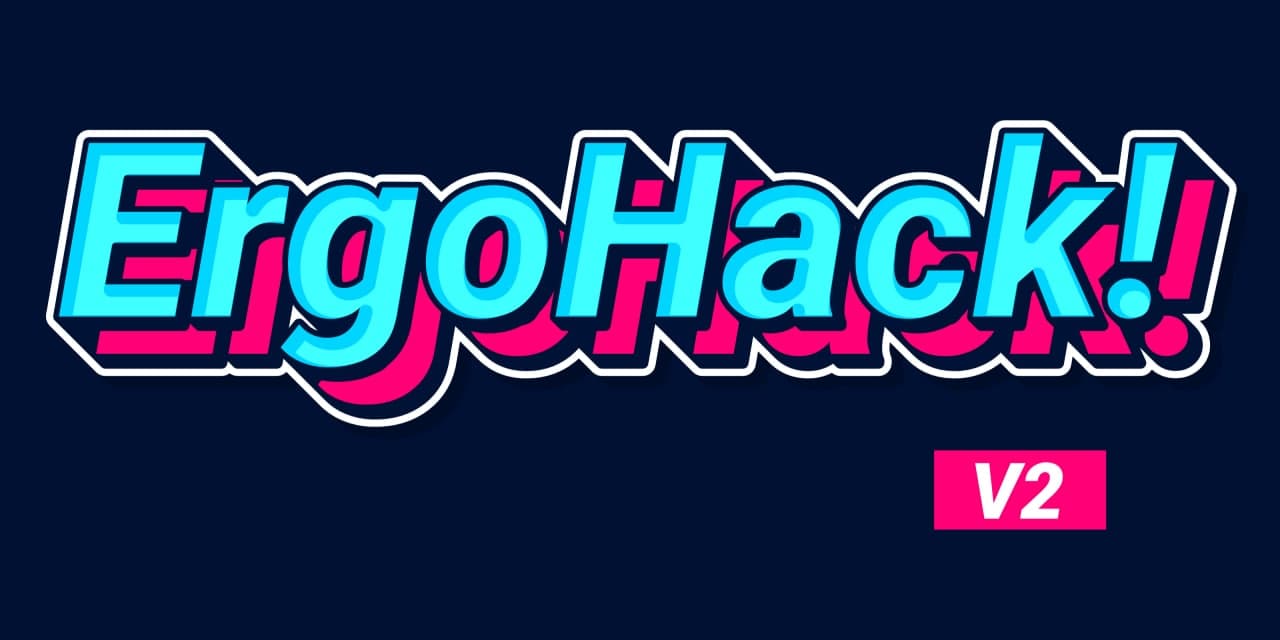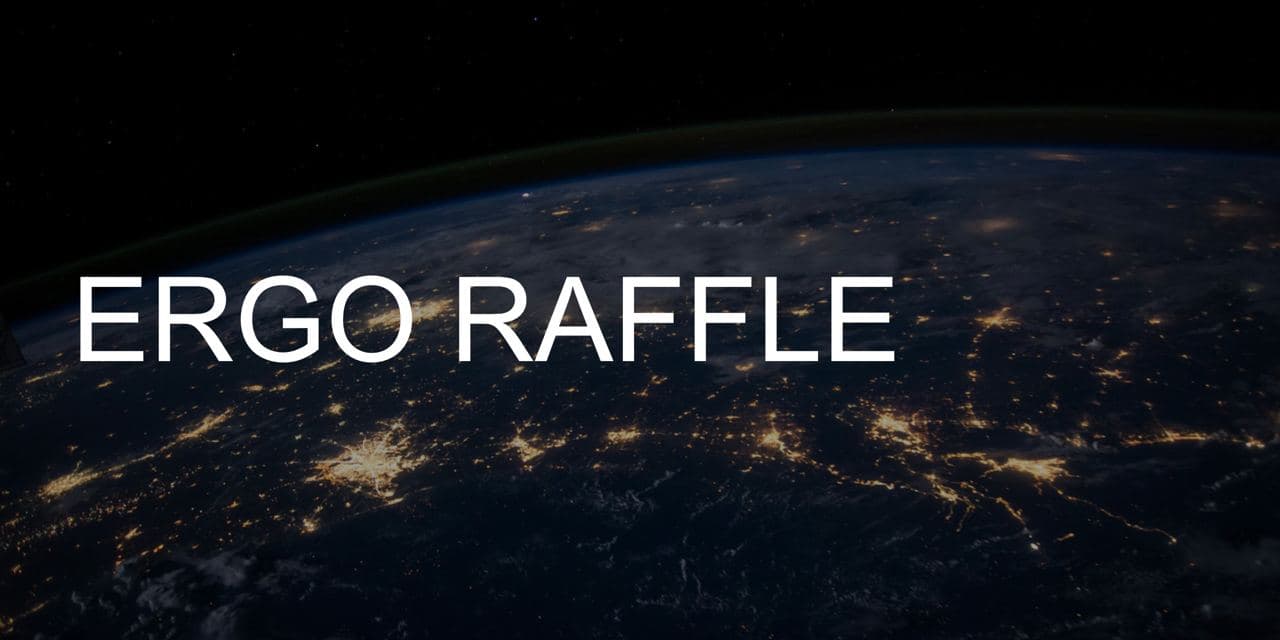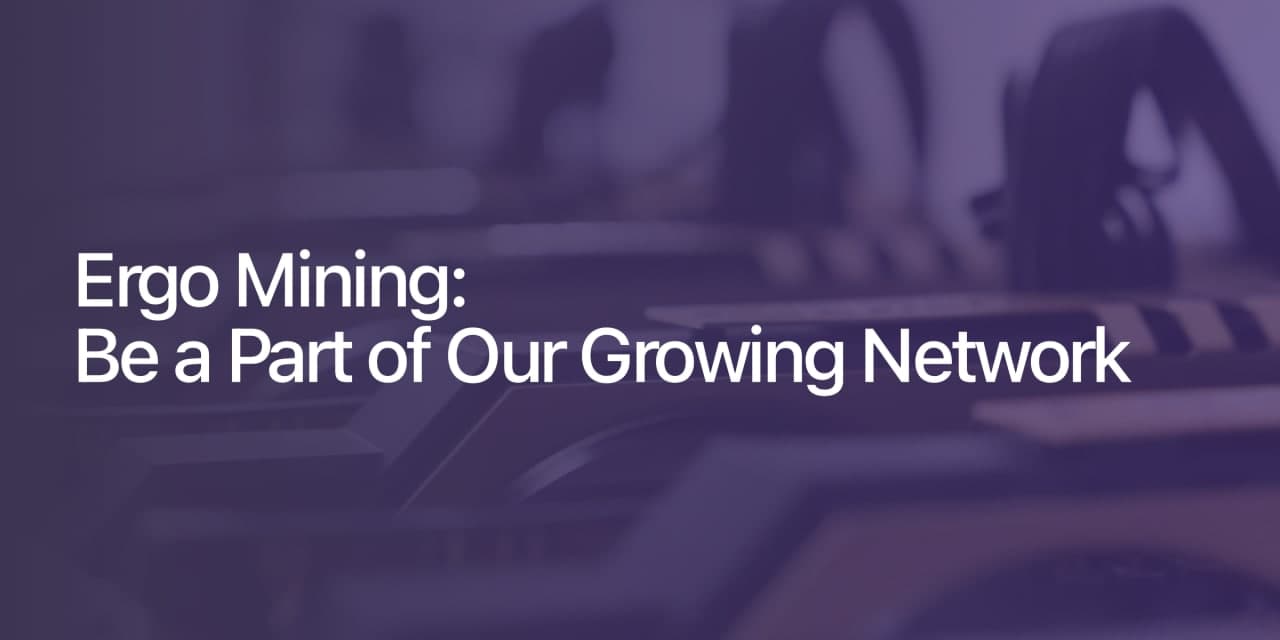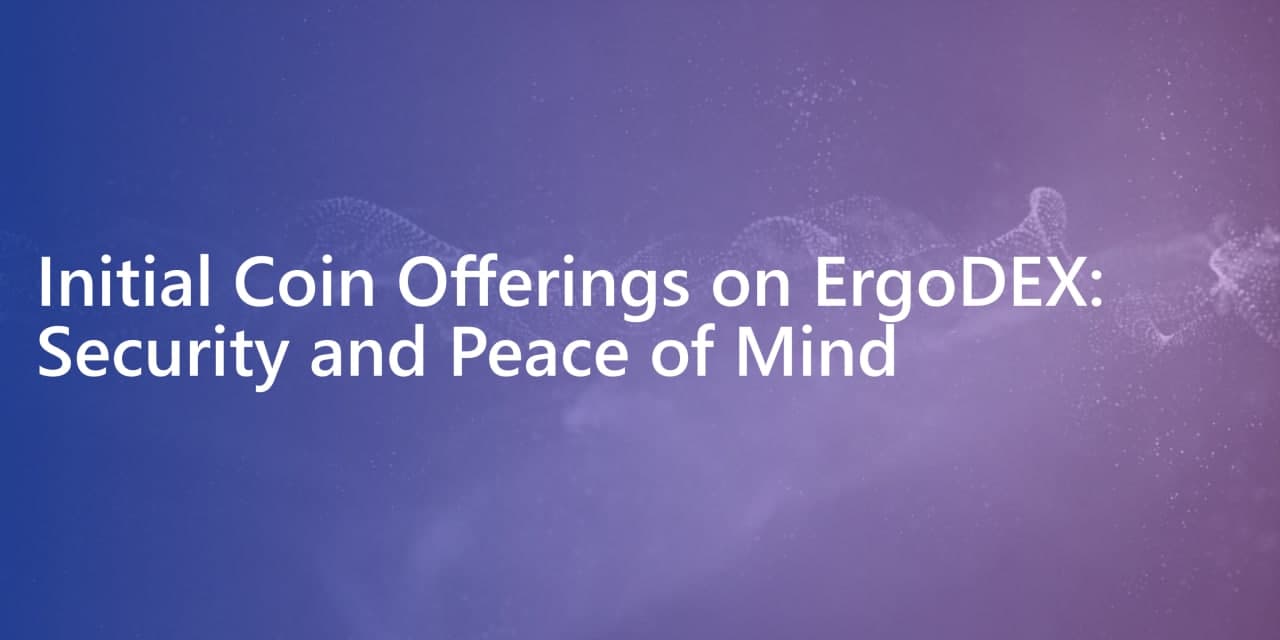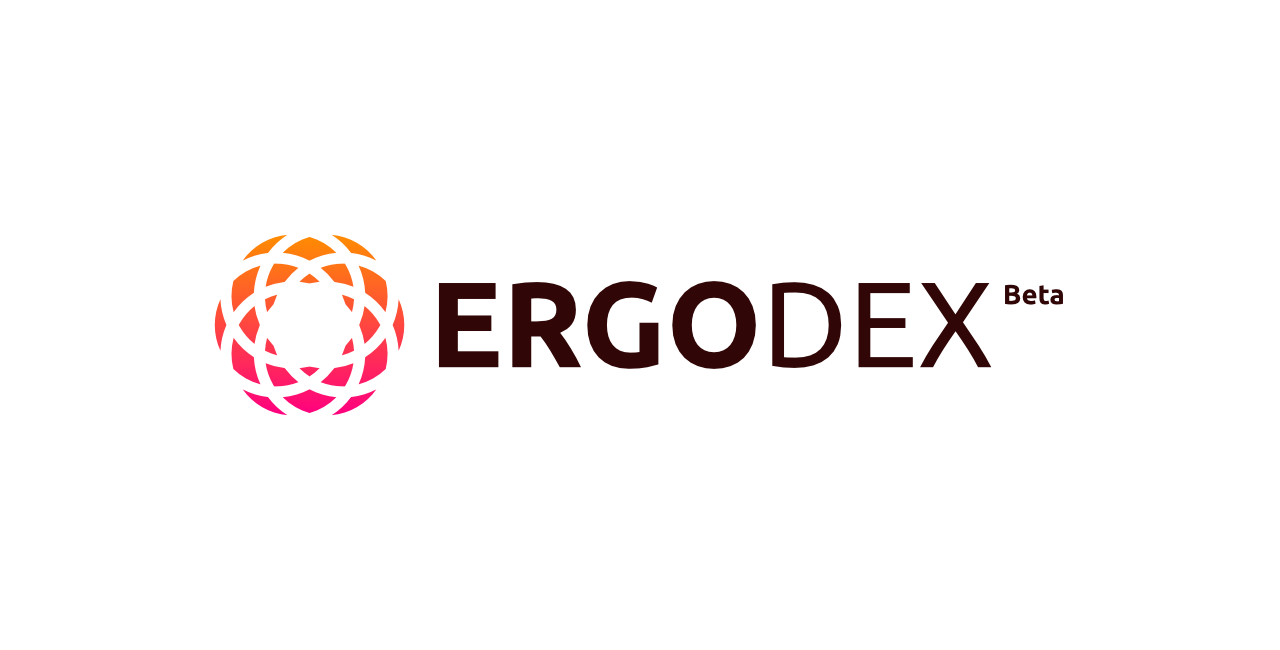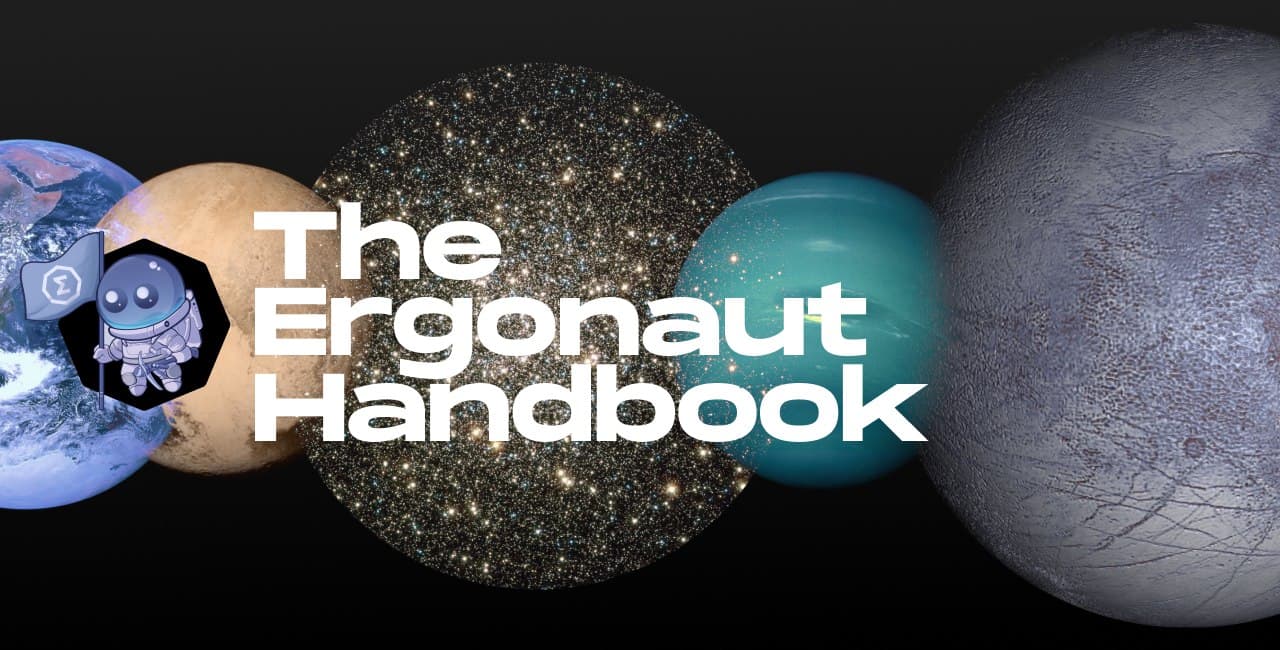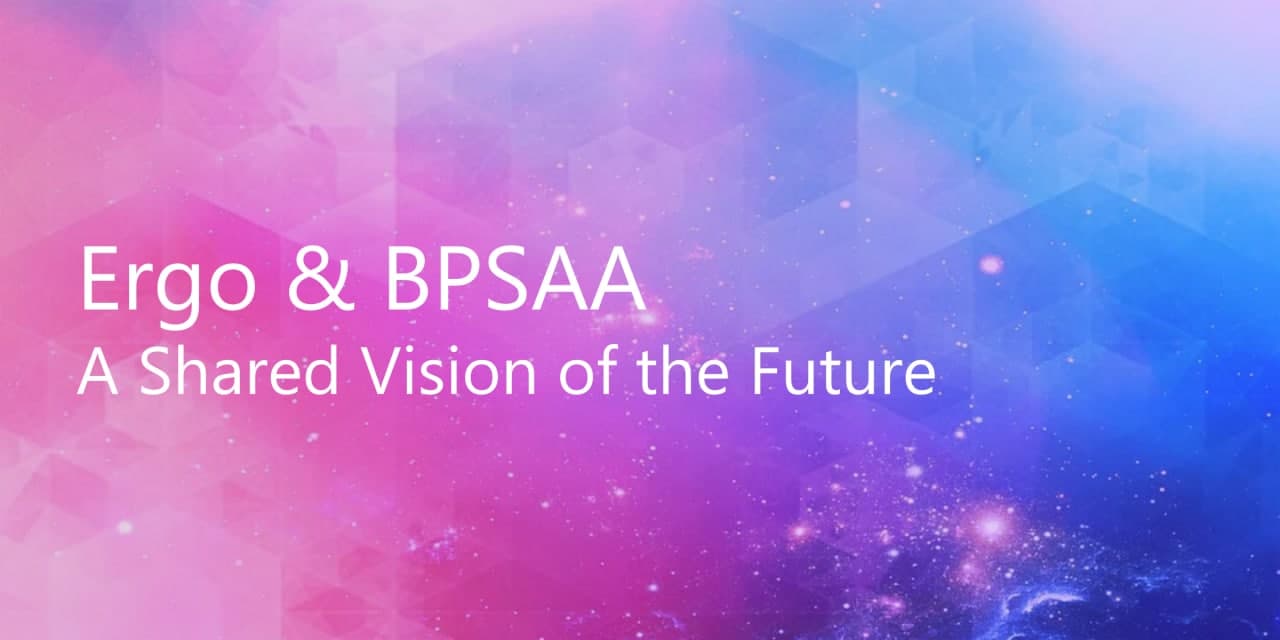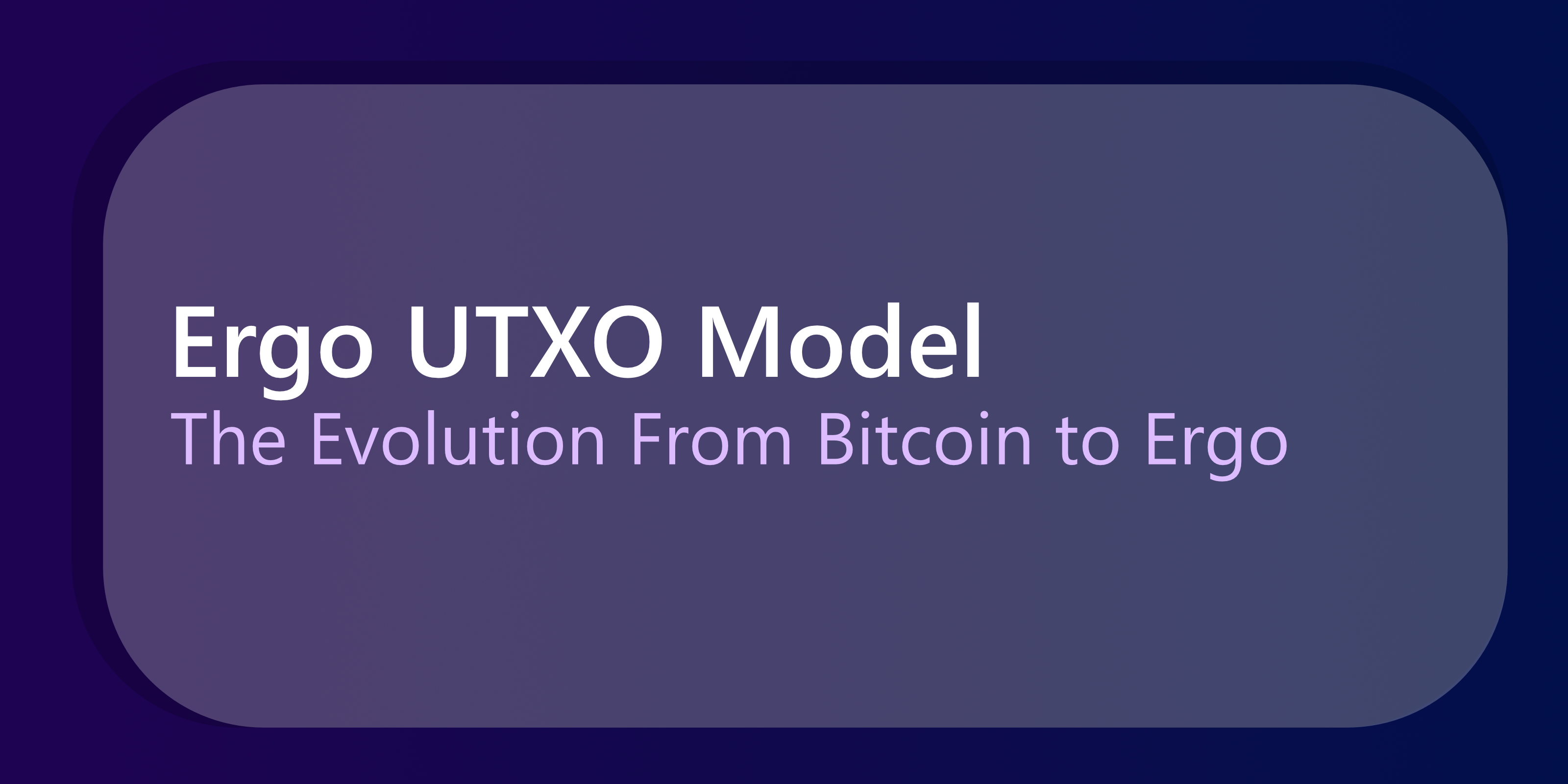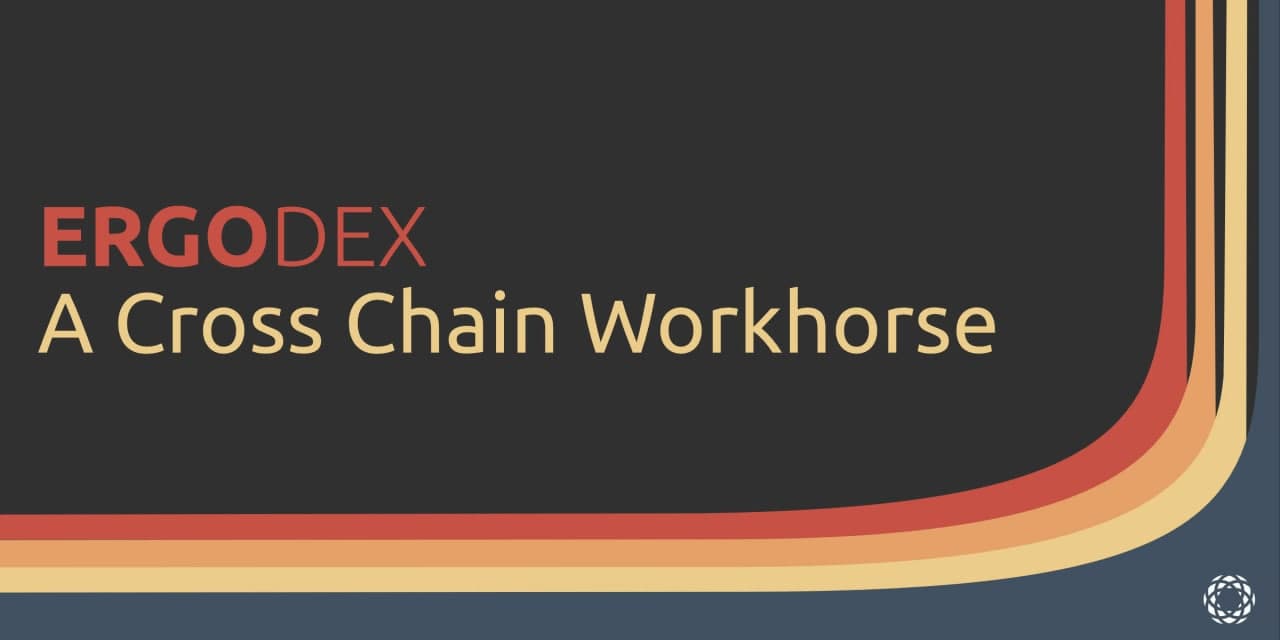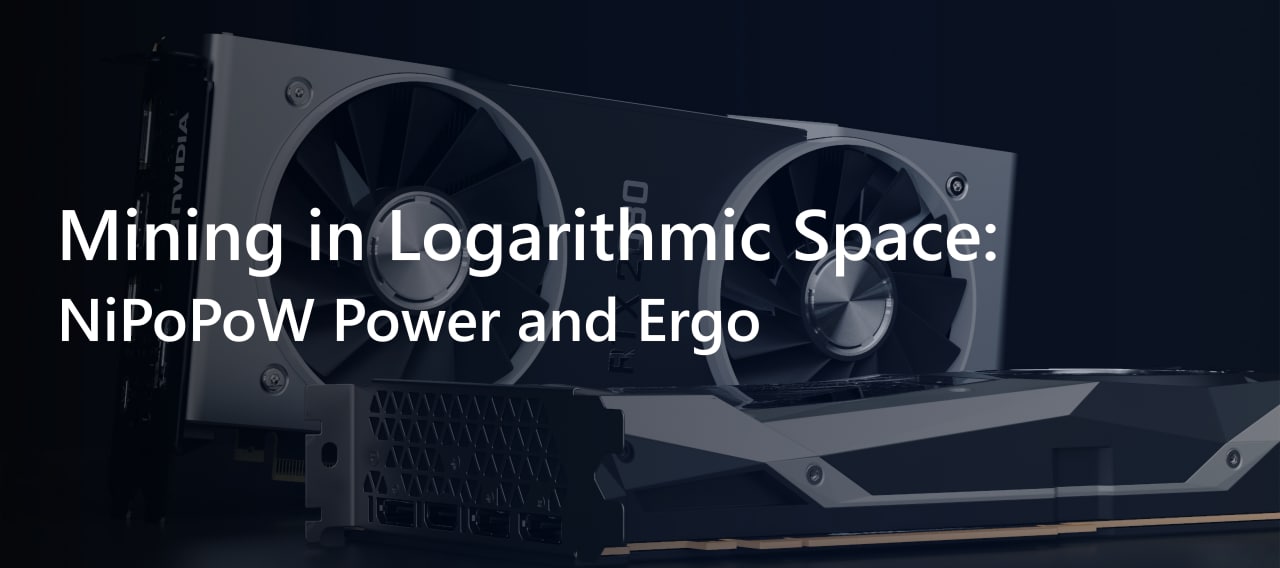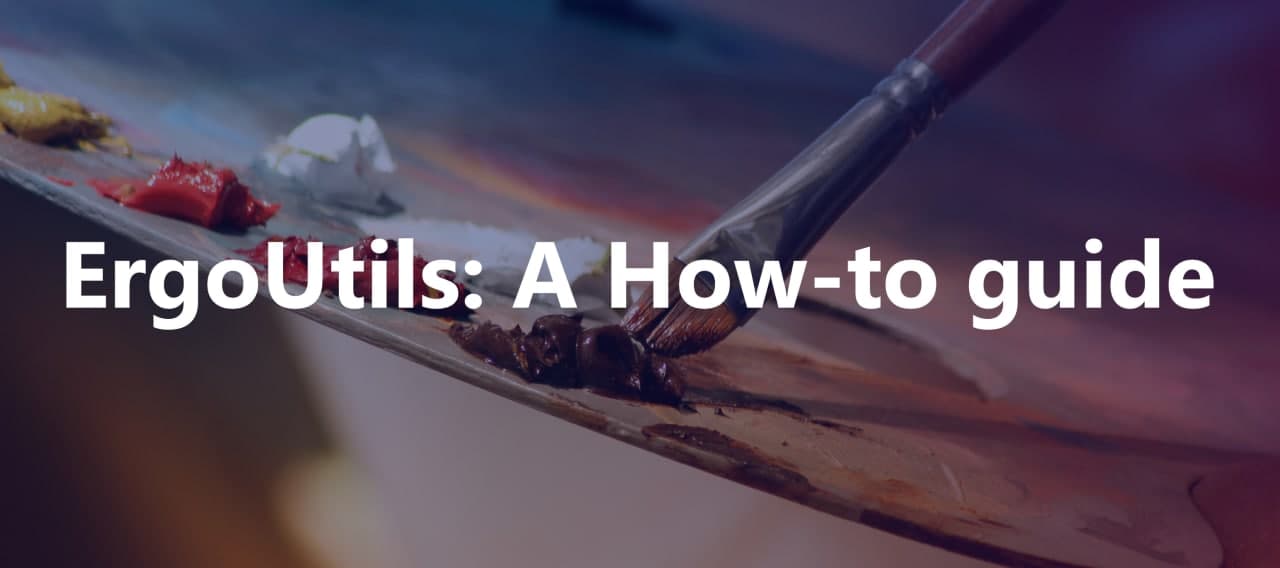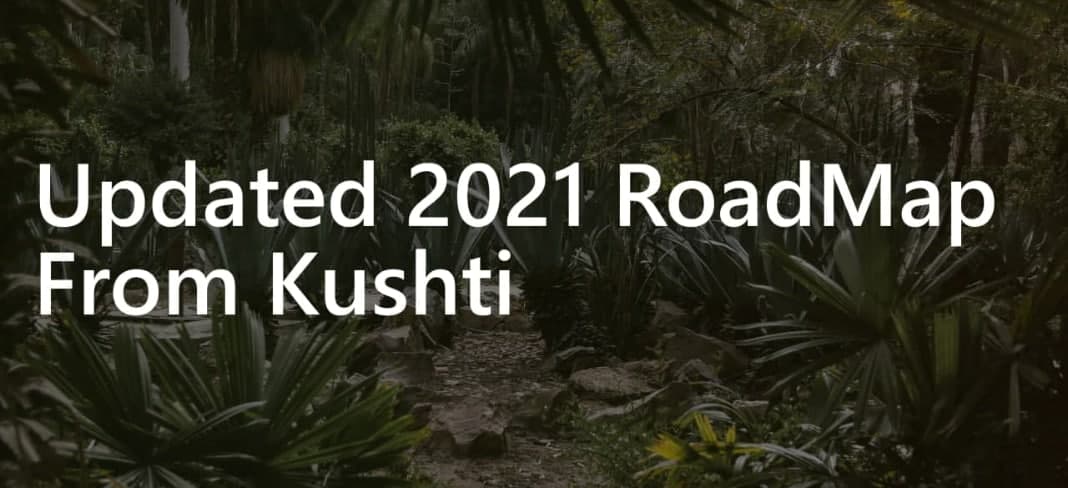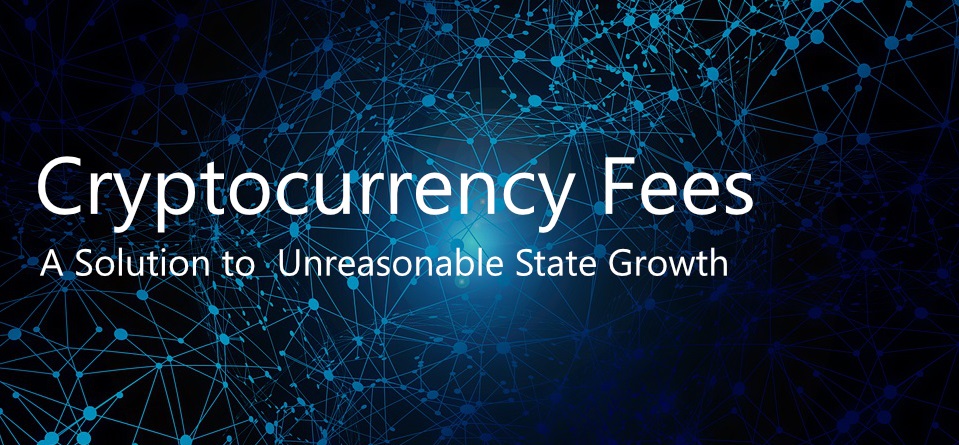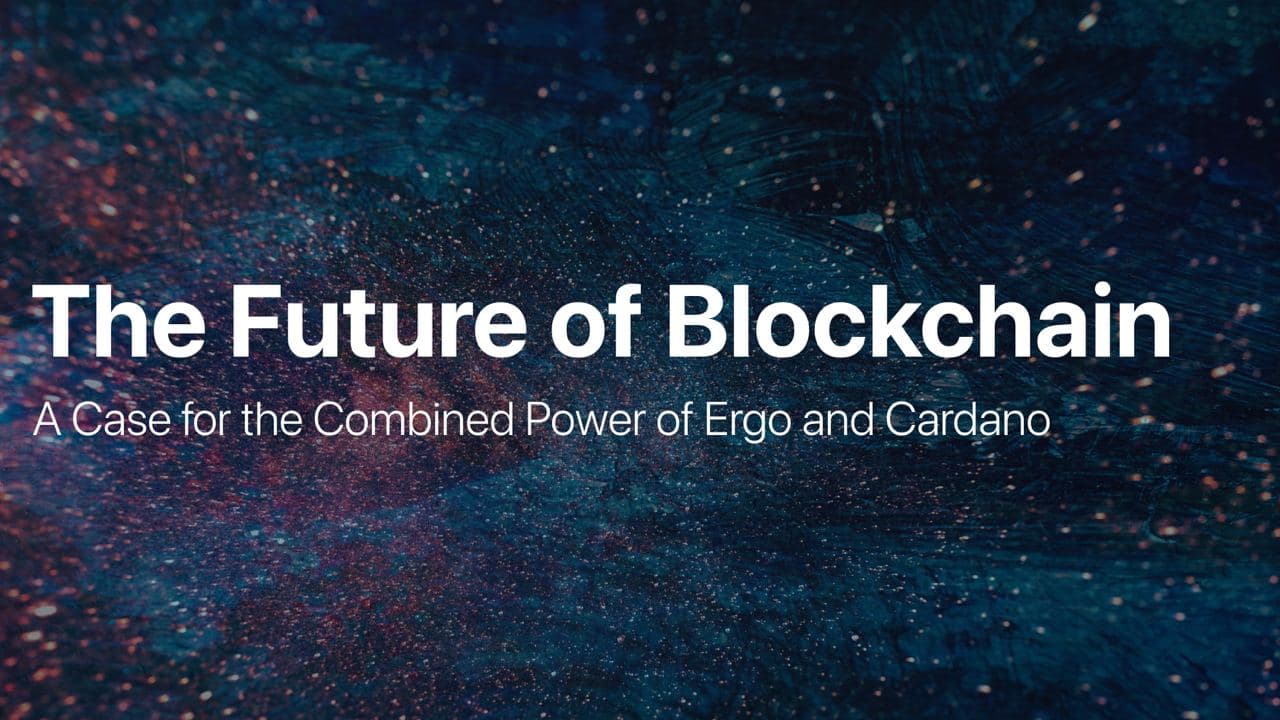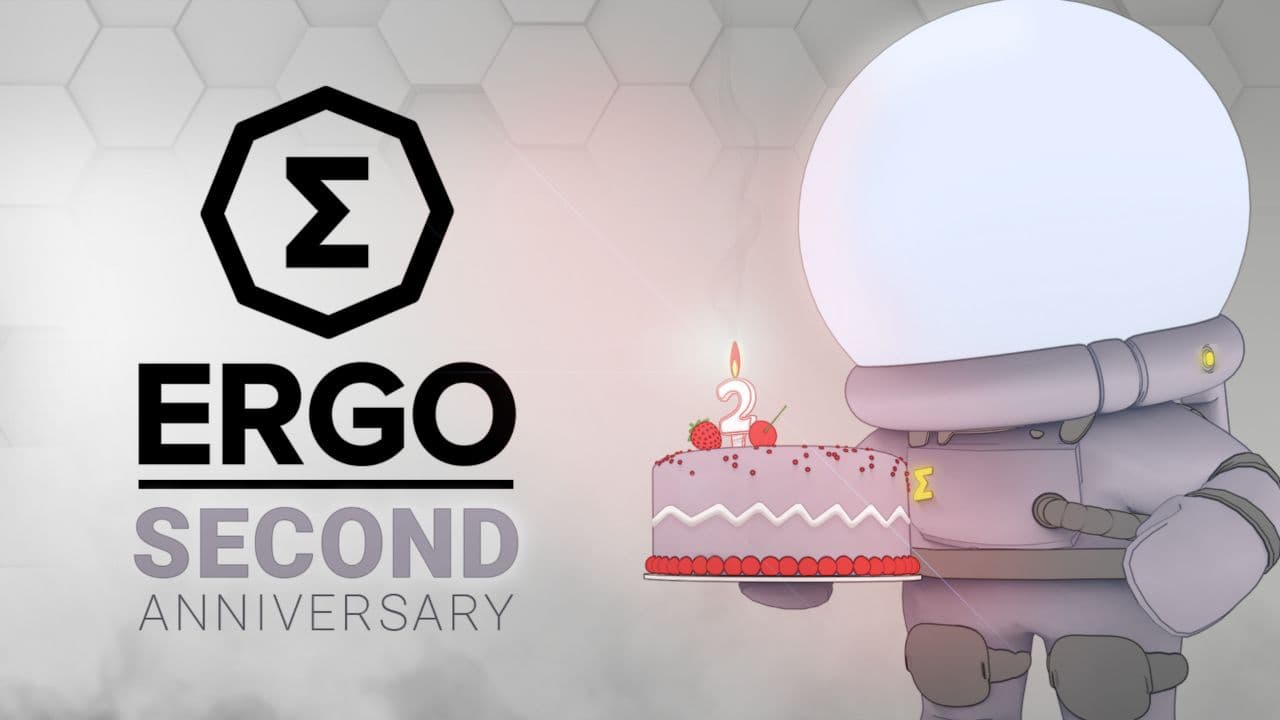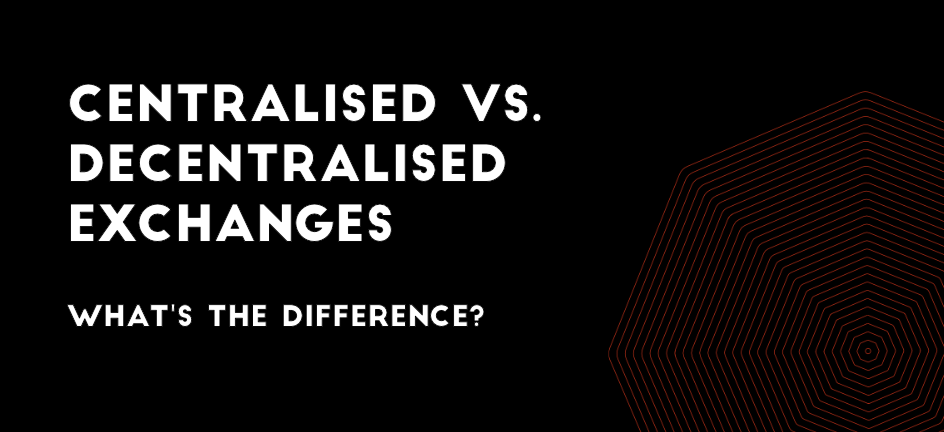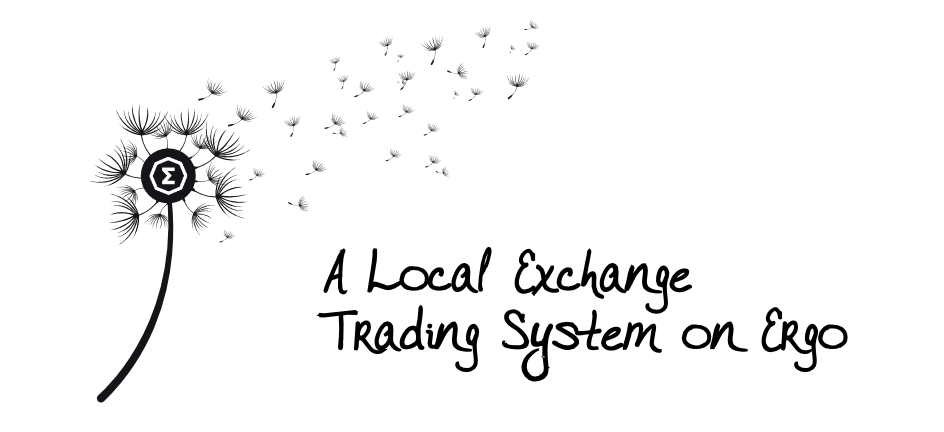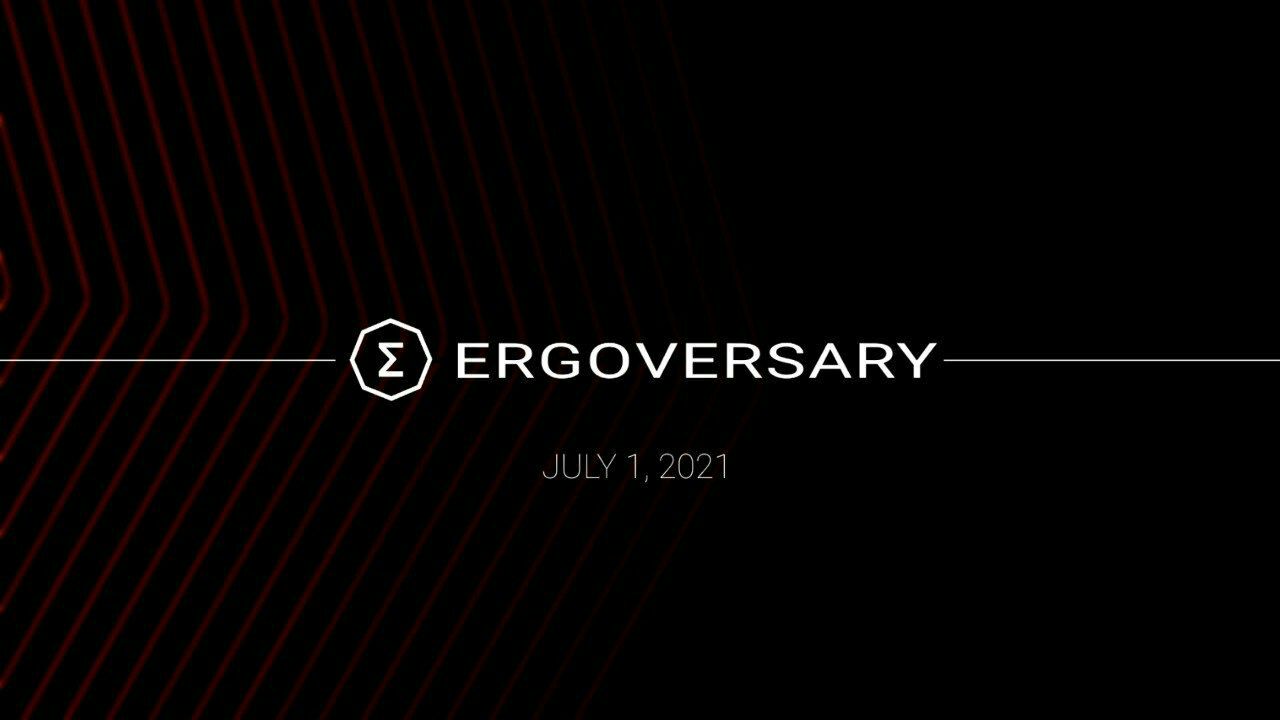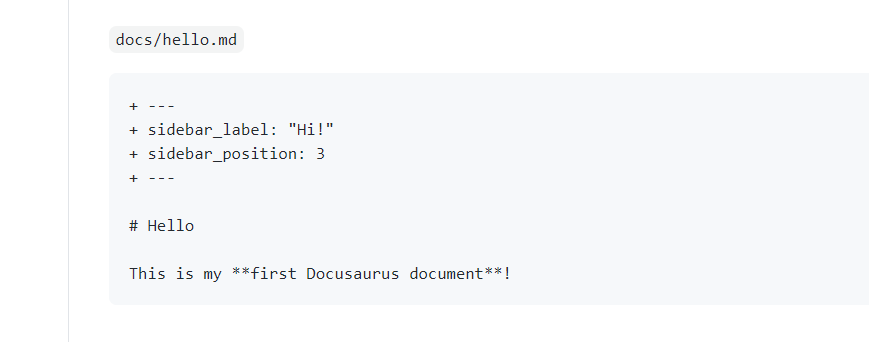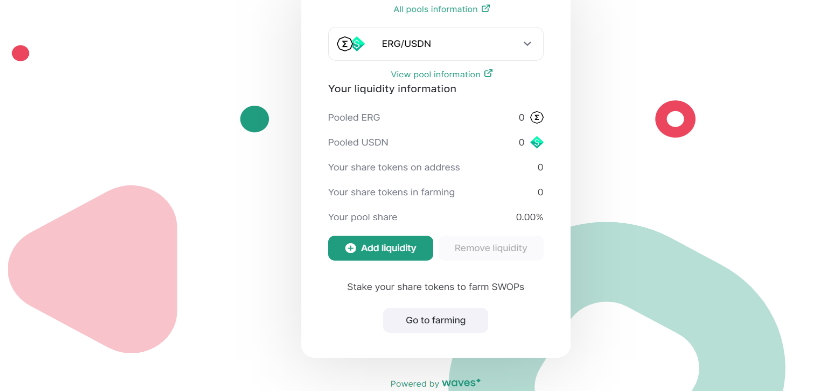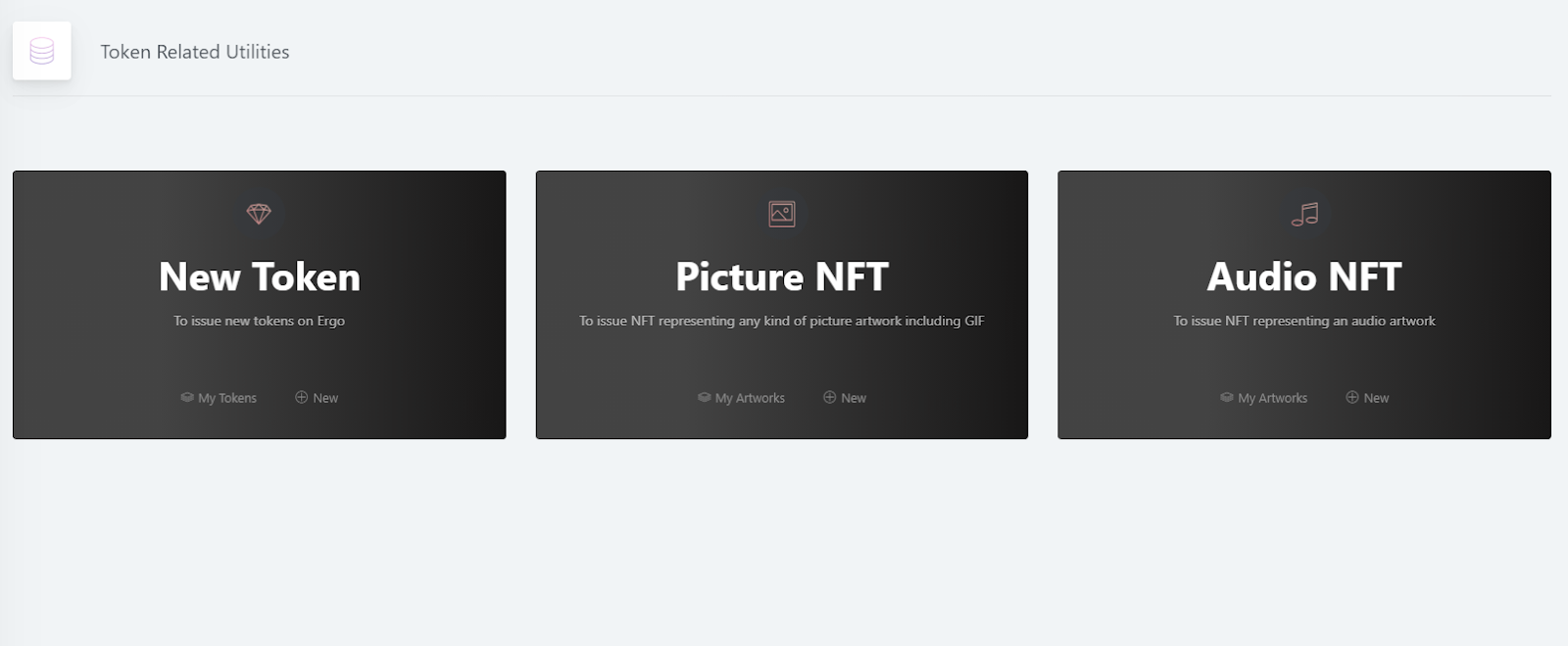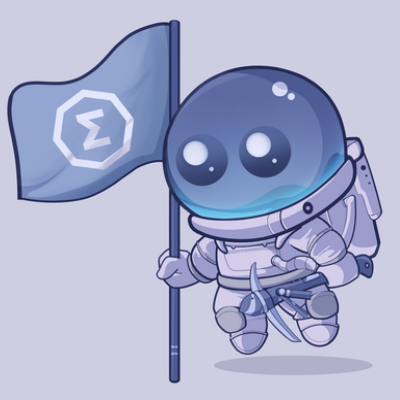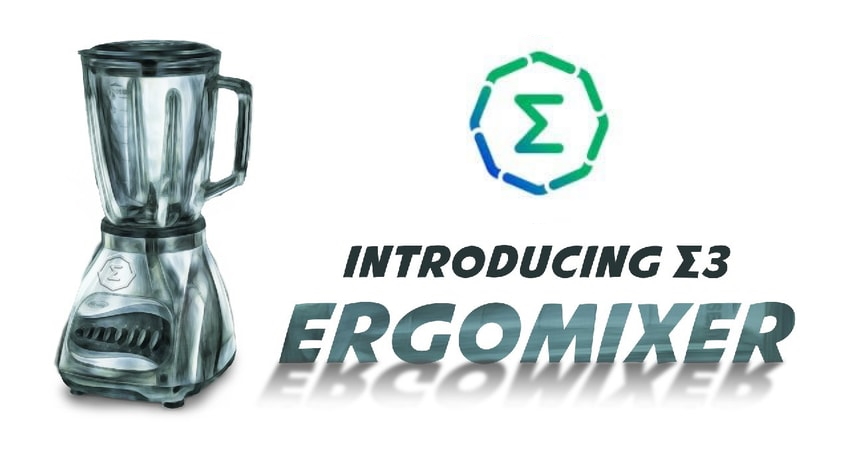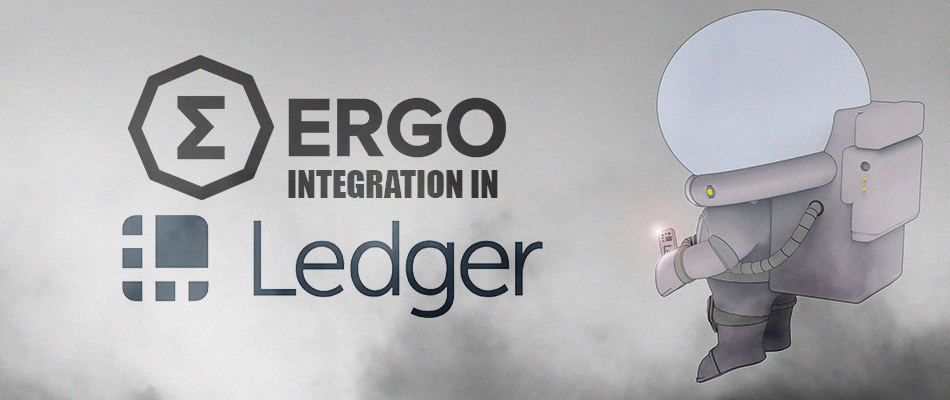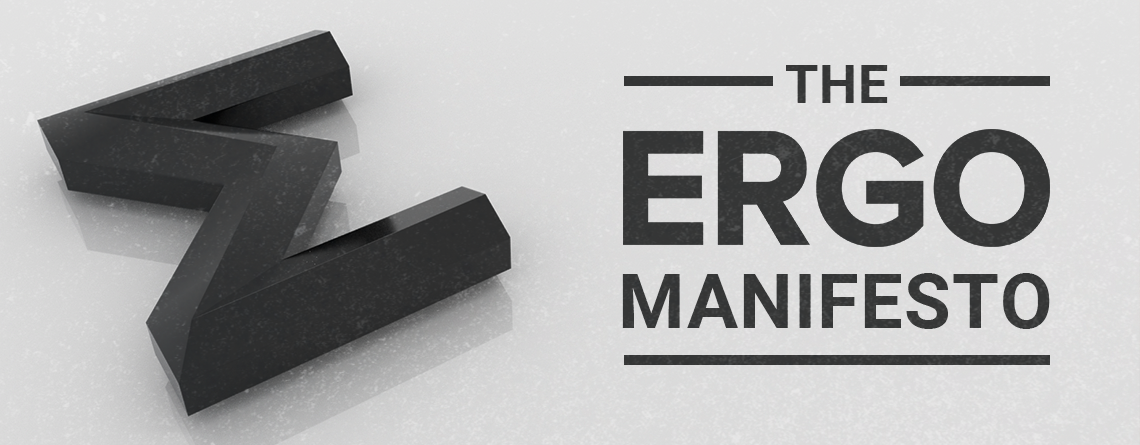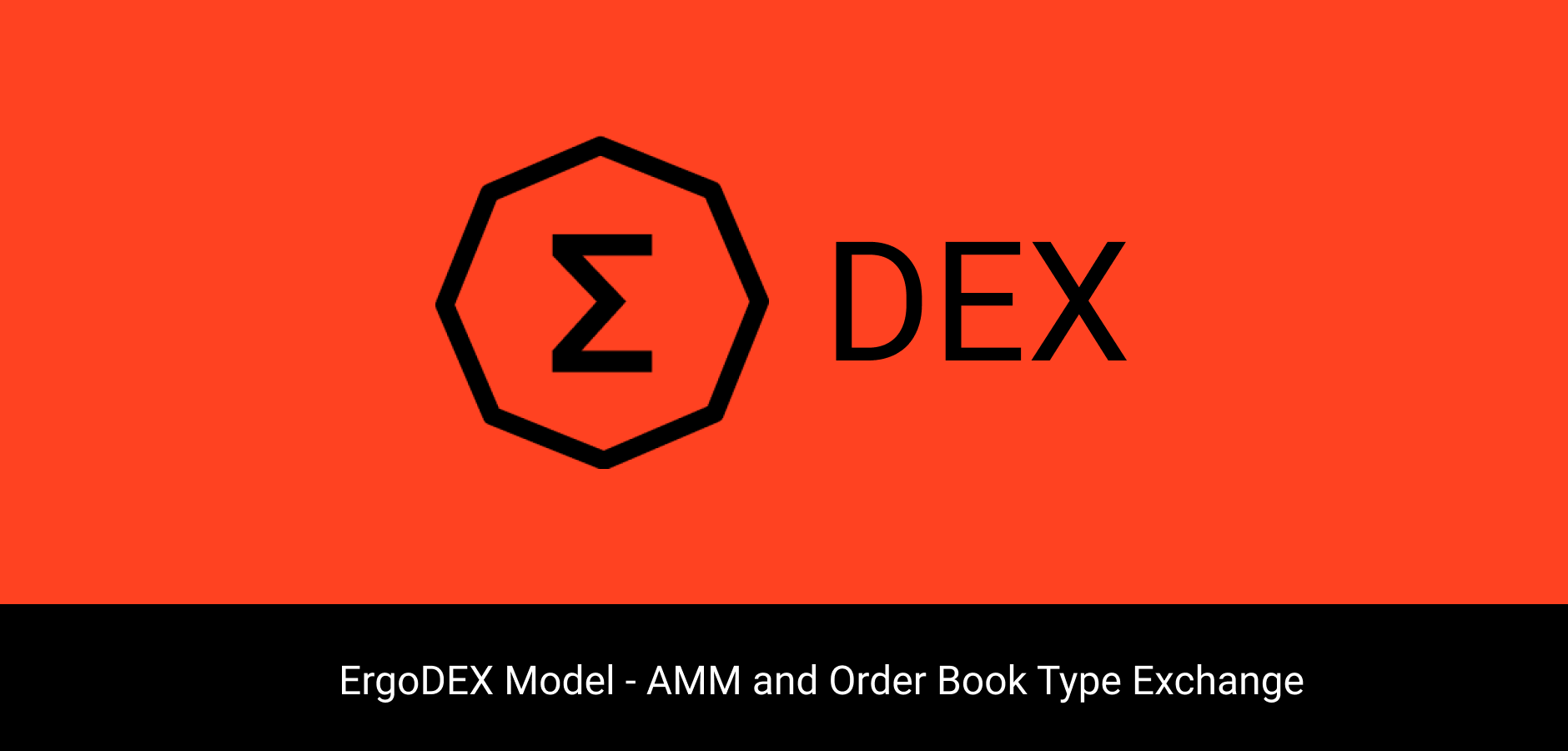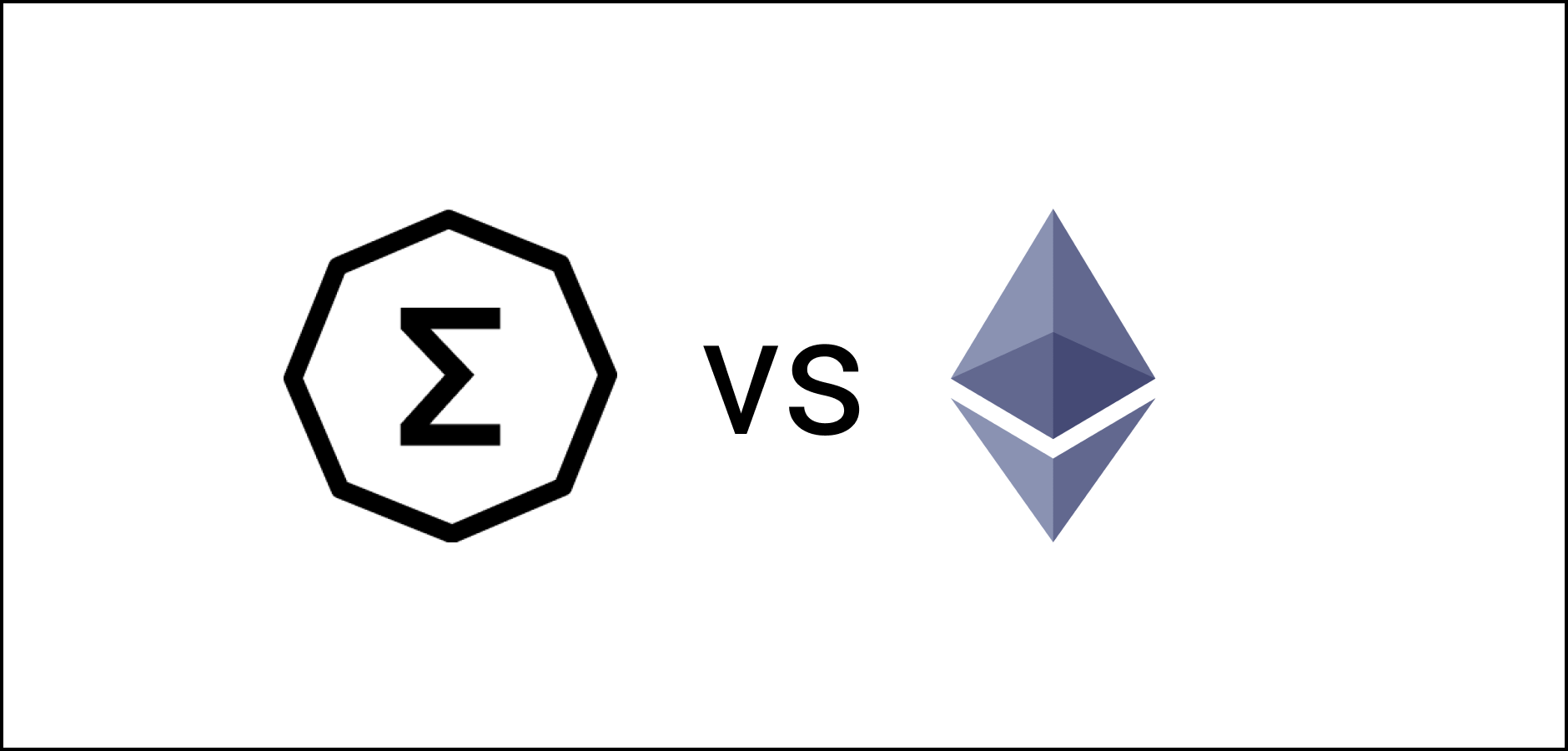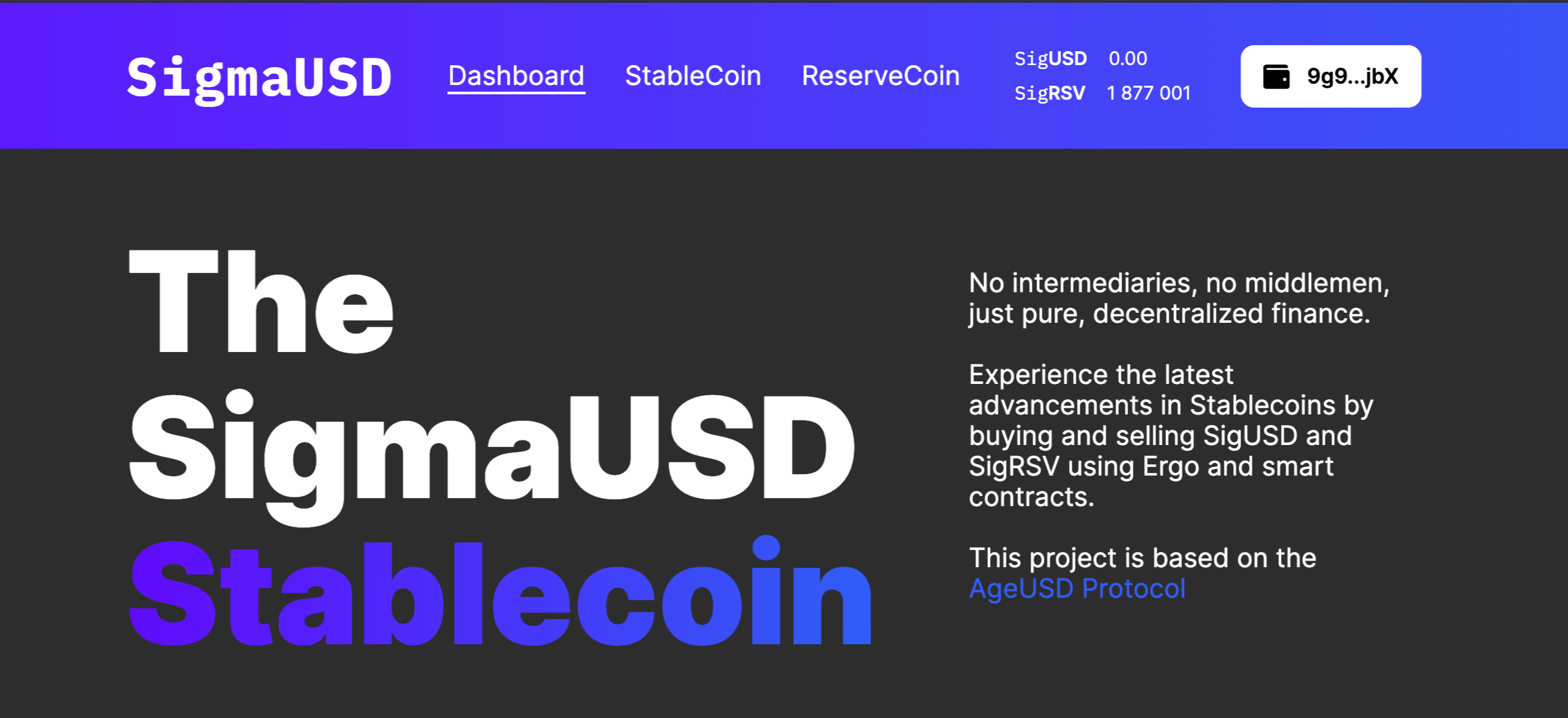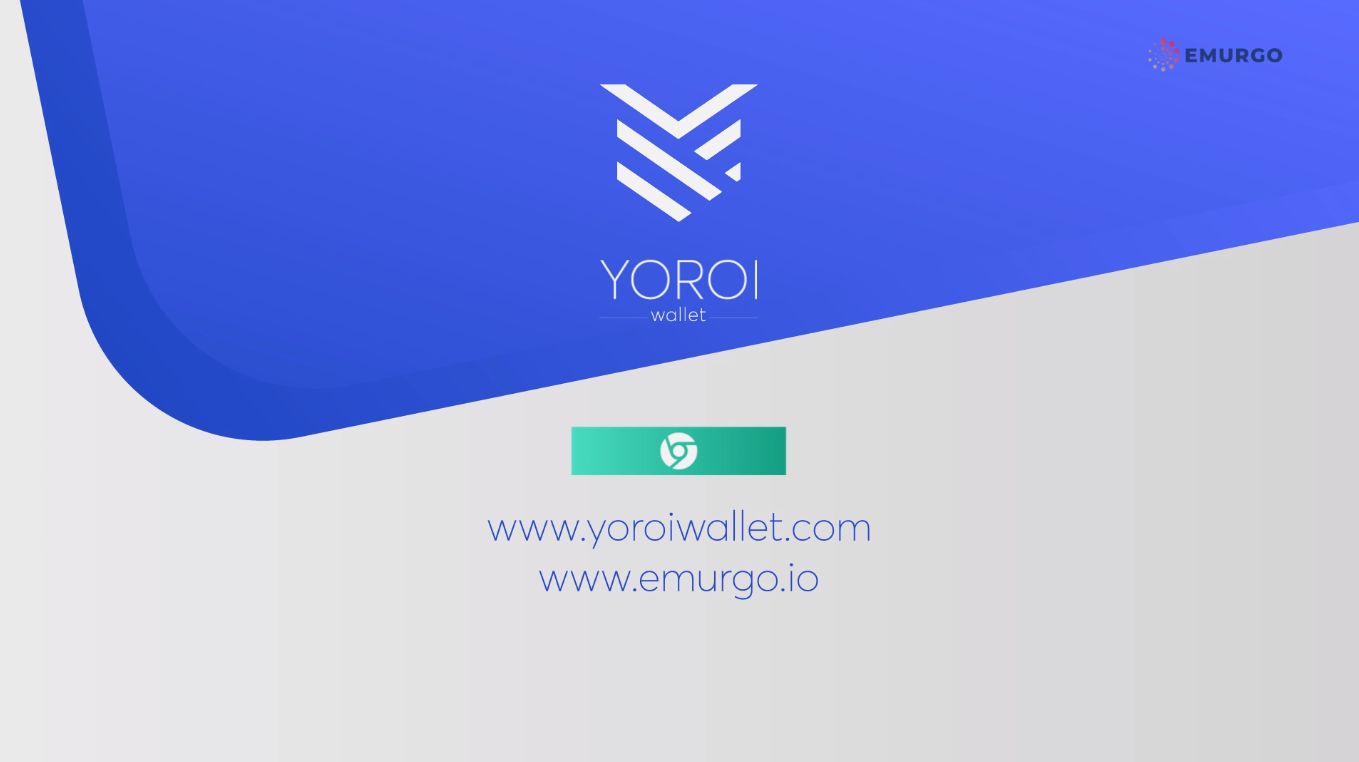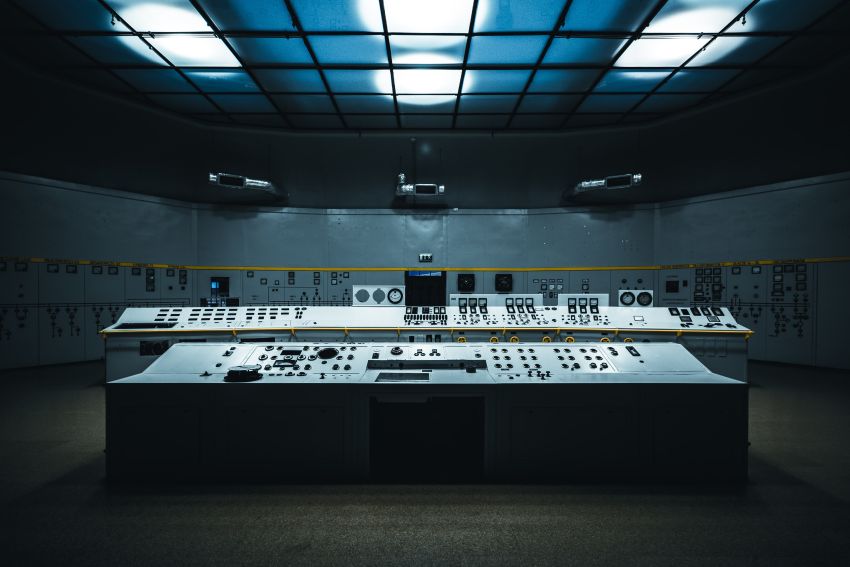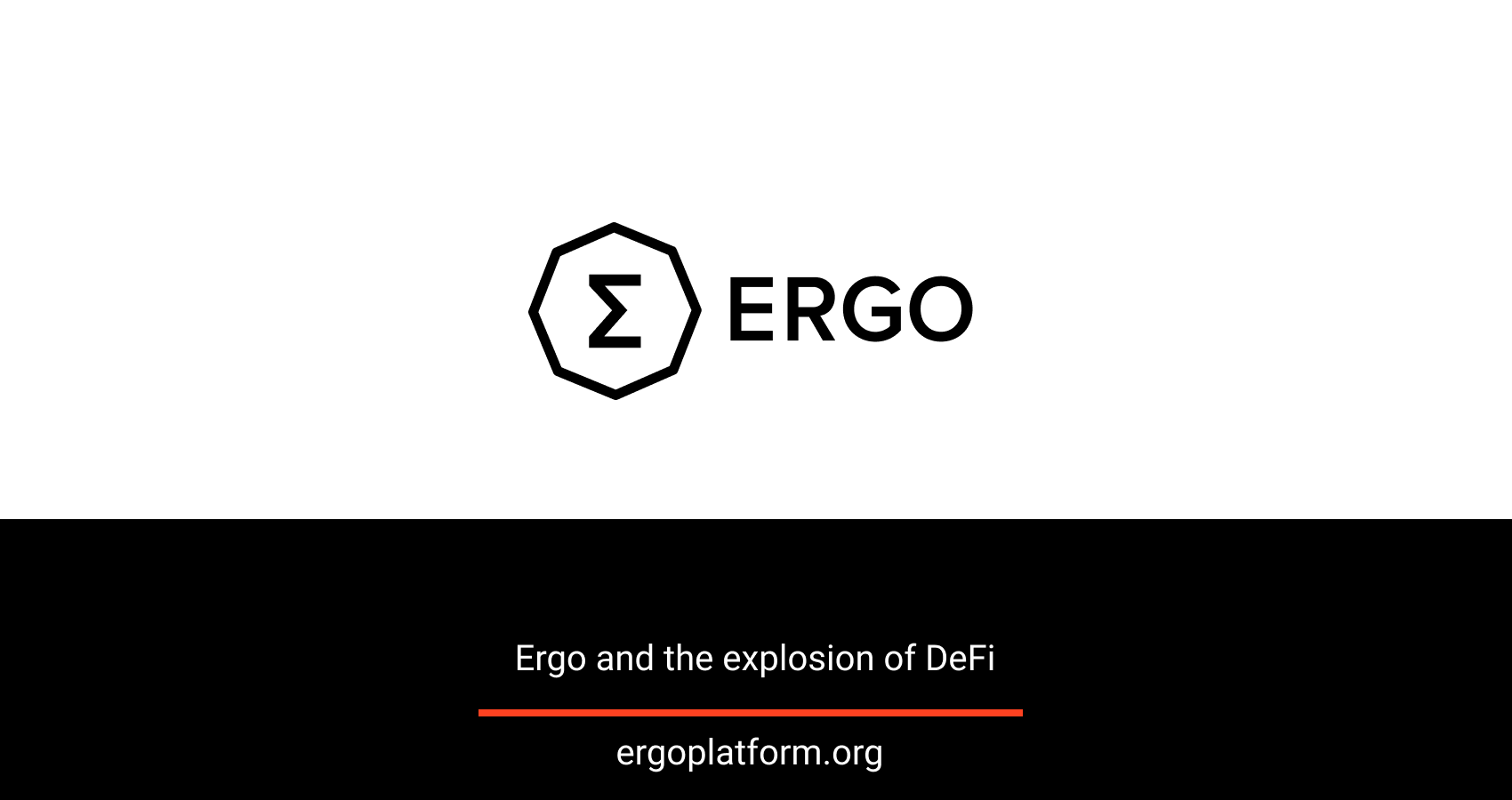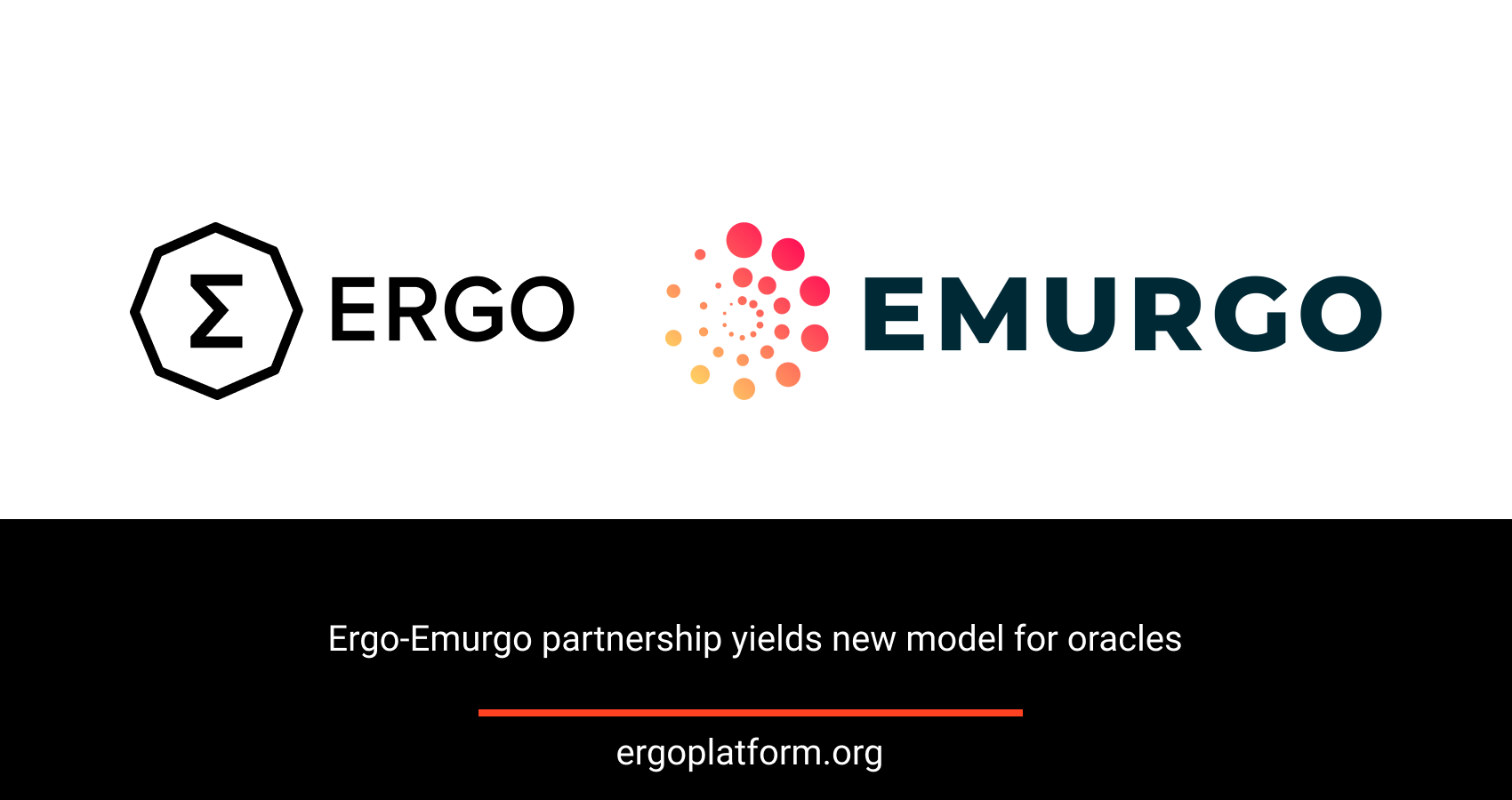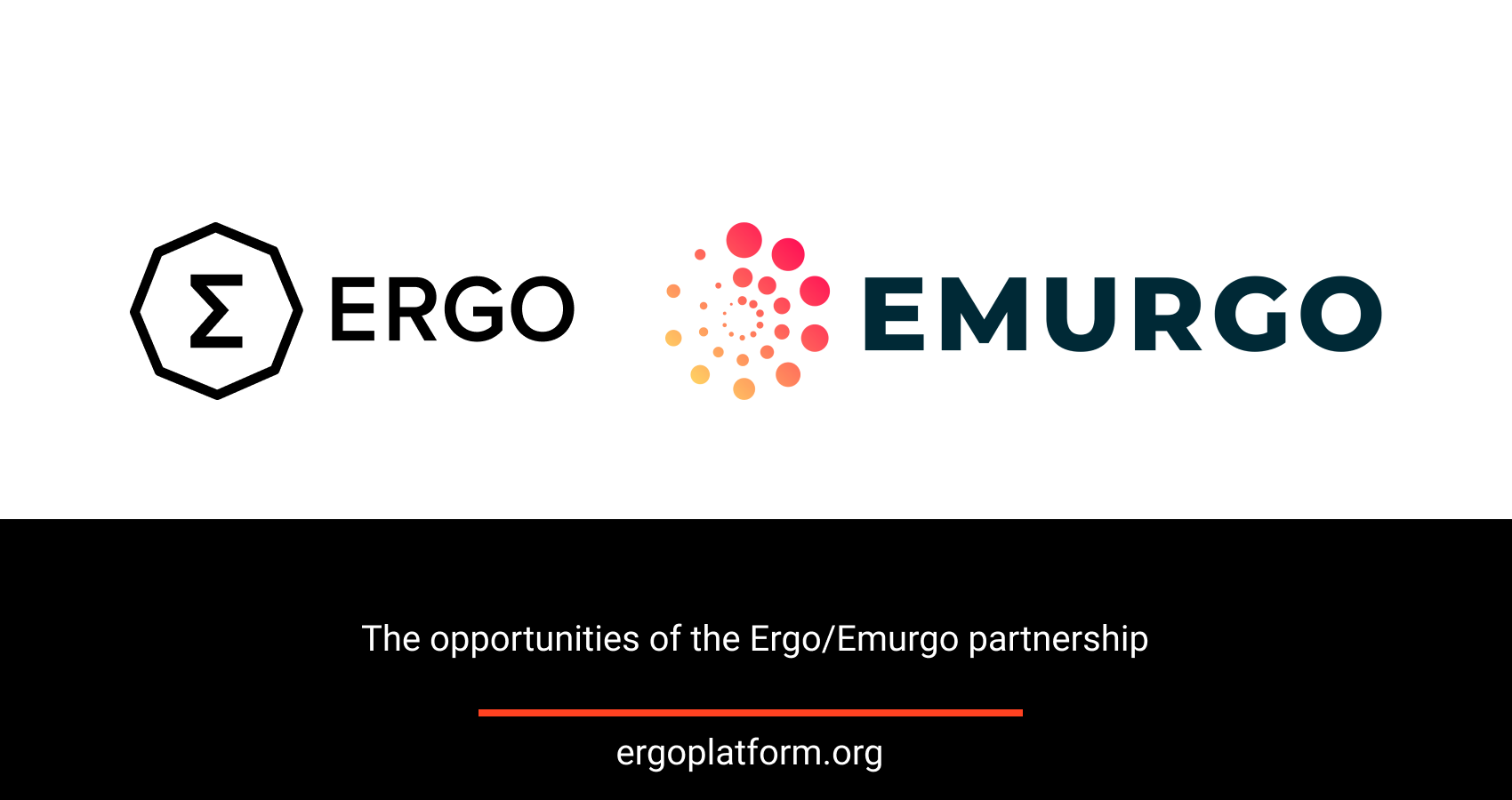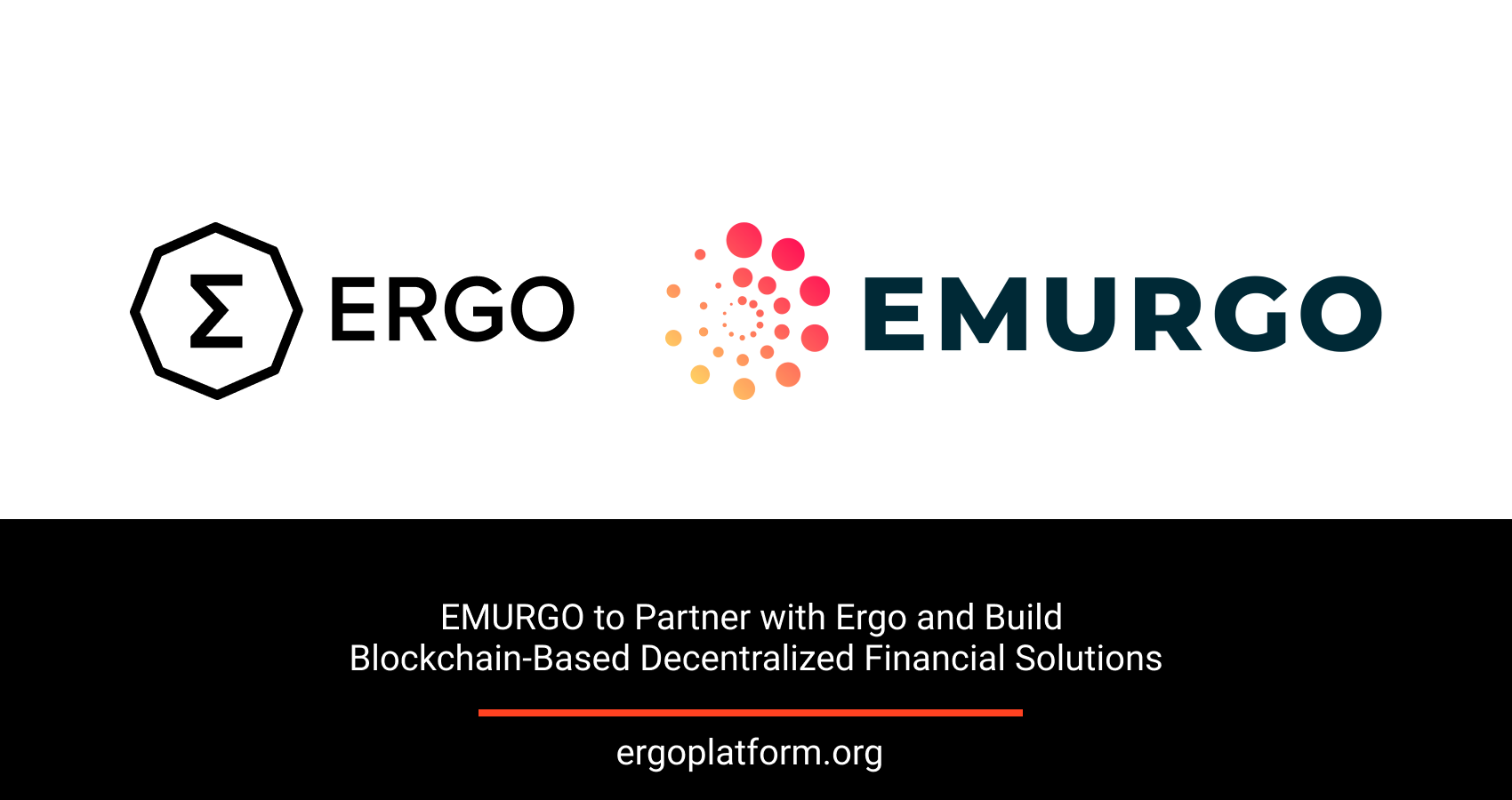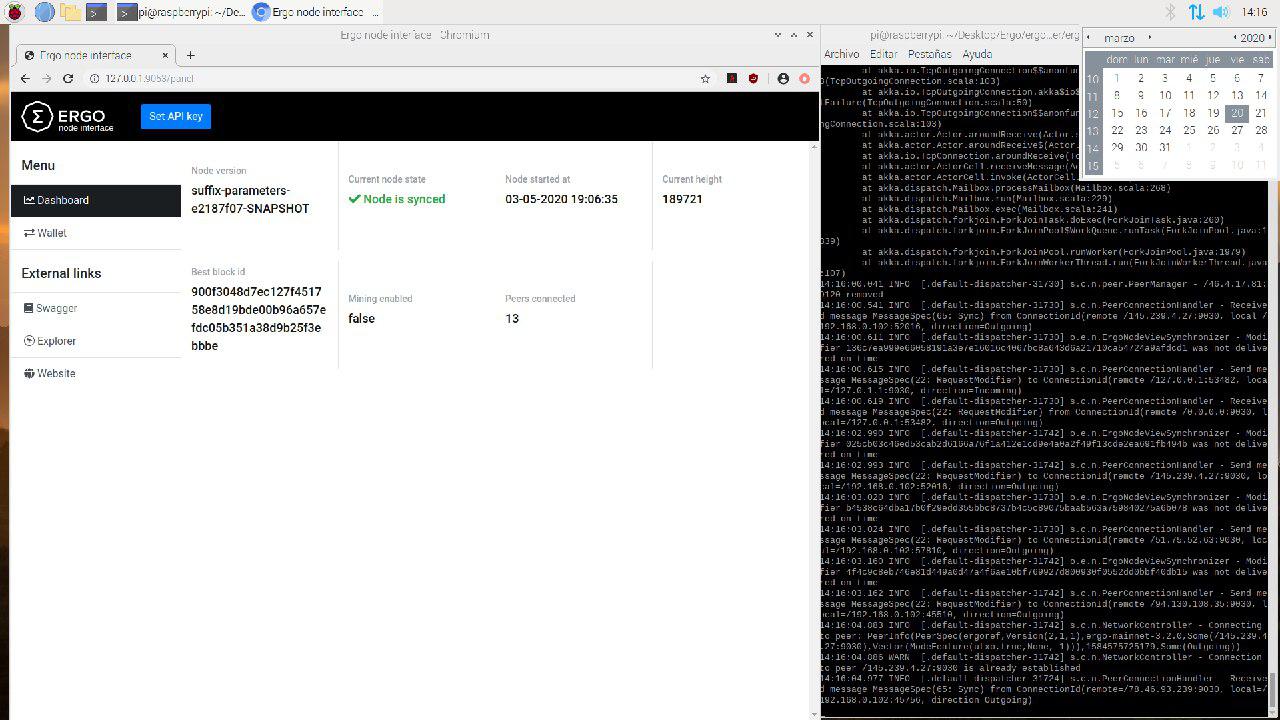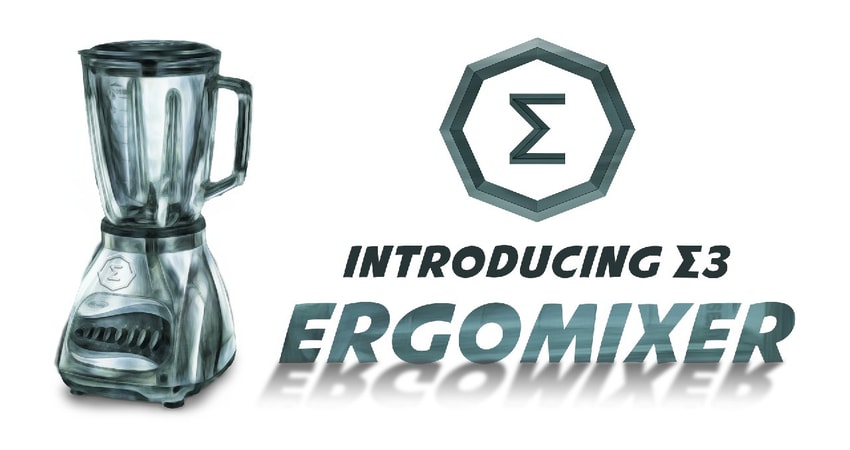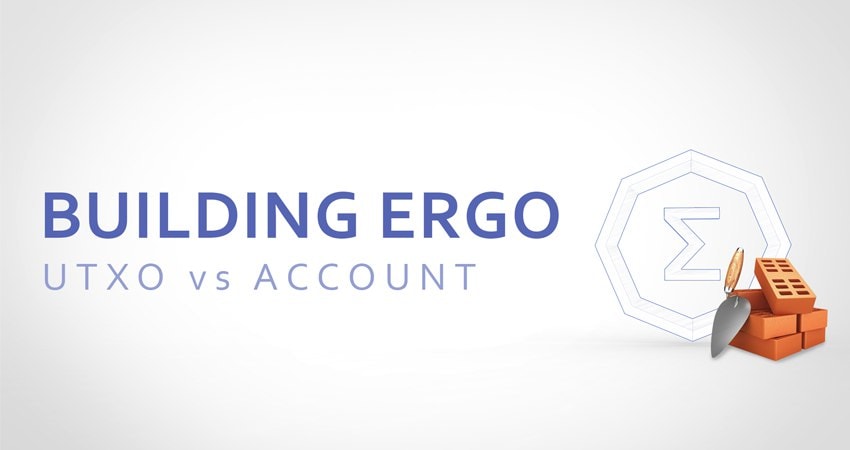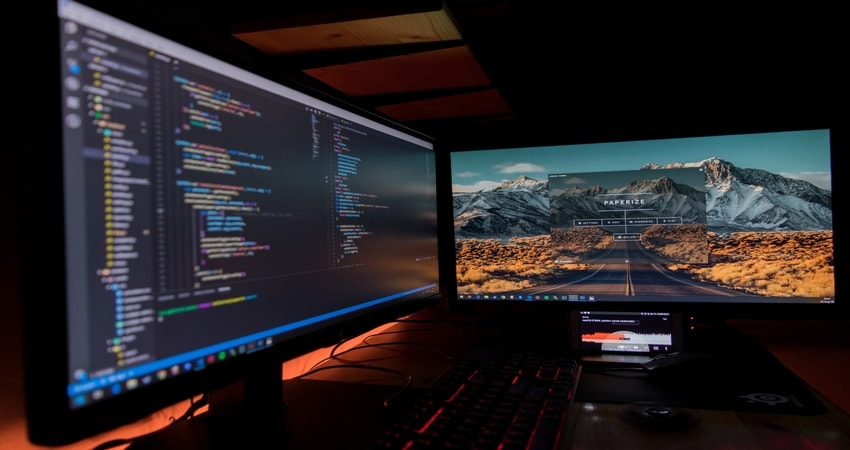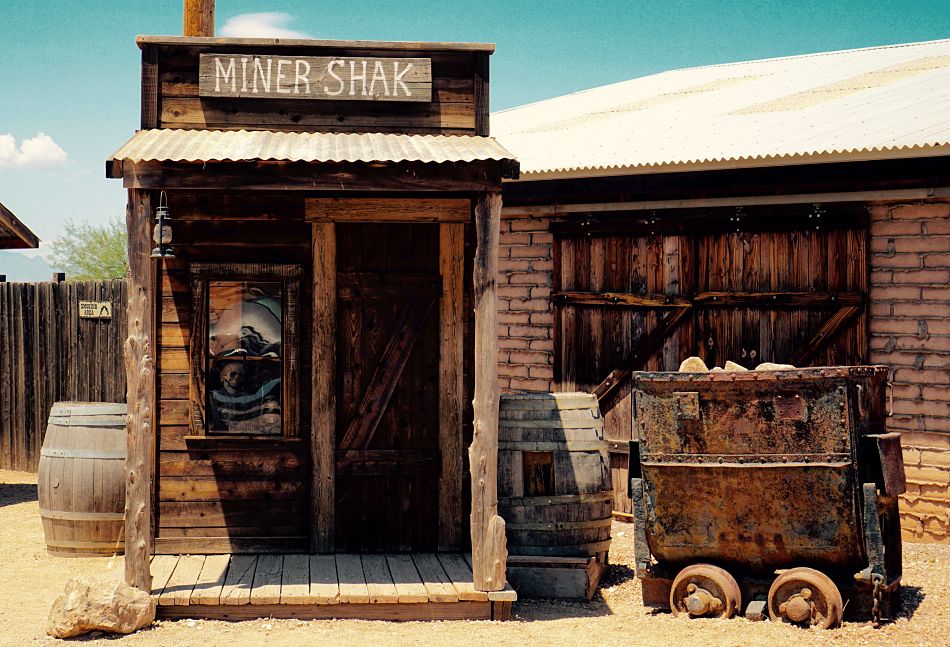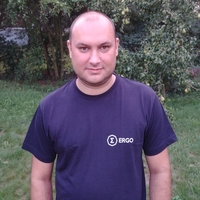In his opening comments, Dan Friedman provided the latest updates on exchange listings. He reaffirmed that exchange listings (CEX and DEX) are definitely coming but that these things take time. With regards to CEXs, he explained that CEXs currently have a large backlog - some as long as a few months. Dan asked the community to remain patient and assured the audience that the team is working hard while talking with several exchanges. He reiterated that this will get sorted out and that Ergo will get listed on these exchanges.
Dan provided news that the Ergo Foundation is in talks with a prominent OTC desk. As with most of the team’s work, there is a process that has to be observed and respected. Engaging with this entity requires the Ergo Foundation to present a legal opinion. Following that, there is a review of Ergo’s ecosystem and how the coin was distributed. The OTC desk will want to understand how the coin was sold, if there was a pre-sale, and how the allocation was set. Dan mentioned that this work has been happening in the last week and it will bring increased traffic to the Ergo ecosystem.
With regards to partnerships, Dan indicated that there has been a lot of work going on behind the scenes. He discussed how Ergo’s tech is a big strength and that it is very attractive to some major players in blockchain. As a result of this, the team has been talking to some of these major players about utilizing Ergo for various use cases: research, rapid prototyping, side chains, scaling, smart contracts, etc. These are going to be “big, effective relationships” and the team is working hard to sort out what these partnerships will look like. Dan said as more information becomes available it will be shared with the community.
Dan concluded his opening comments with an update on the education products he has been working on. He discussed how the products that have been mentioned in previous AMAs have been further developed and that there are very good people joining the education initiative. Course designs will include curriculum focused on ErgoScript and Scala. Additionally, another suite of education products are being created for the beginner and intermediate level. These products will be geared towards business people (the average person) looking to integrate Ergo into their commercial and financial activities. Dan again emphasized how important these education products will be for onboarding new people and business in the Ergo ecosystem.
Joseph Armeanio greeted the community with news for those who may have had liquidity locked in the first version of SigUSD. The Ergo Foundation has reopened the UI and will be adding liquidity to the first variation of SigUSD. This will allow those who have had liquidity locked in that smart contract to swap their tokens with the Ergo Foundation’s liquidity. He advised community members to keep an eye out for this if they were affected by this issue.
Before jumping into questions, he reminded the community about the upcoming ErgoHack III and conveyed his excitement about seeing what projects will be proposed.
AMA Questions and Summary
The following is a summary of questions posed by the audience during this AMA. Last week Dan and Joseph answered questions on transaction efficiency, commercial adoption, Ergo’s blockchain metrics, venture capital investors, user interface, and much more. They talk about the new Nautilus wallet and we learn that Dan’s Star Trek trivia is not to be challenged. To view the full AMA, please head over to Ergo’s Youtube channel: https://www.youtube.com/watch?v=bc_jwGbhvxY
Hello Dan, could you explain what was your role in the early days of Cardano and what you learned from that period?
Answered by Dan Friedman
- Has worn many hats in the Cardano project
- Earliest role was project manager
- He managed the project that built the pre-sale application
- The application that handled the Cardano pre-sale
- This was early 2016
- It was a big application
- Worked on everything from admin KYC to resellers for ADA vouchers
- After that became a facilitator
- Input Output was still very small then
- He established communication protocols for different teams
- Next, started working as an official business developer
- “What lessons did I learn?”
- “When dealing with things when the scale is big, take your perception of what it’s supposed to be and if 50% comes true, you’re doing really well.”
- Not everything goes to plan
- When exploring new ground, it’s uncharted territory
- You can plan that something will happen
- But when variables change, plans can change
- Be agile, be flexible with vision
- And don’t get too full of yourself
What is your favorite Hackathon project?
Answered by Joseph Armeanio
- Smart pools
- Concept from first ErgoHack
- If we can regulate a pool via smart contract, we can put in 51% resistance
- That’s based on the original spirit of Ergo to create a truly decentralized Proof of Work system
- Brings the spirit of non-outsourceable puzzles and plugs it into the mining pool model
- This evolved into mining pool community - GetBlok
- People took the idea and built something with it
Answered by Dan Friedman
- Really looking forward to seeing new projects at next ErgoHack
- Favorite so far is ErgoLend (Chris Ray’s project)
Would Ergo be able to handle SundaeSwap volumes? We saw the Cardano blockchain being the bottleneck for transactions during the SundaeSwap launch. Could DEXs on Ergo experience the same?
Answered by Joseph Armeanio
- Not really tracking SundaeSwap volume
- With most decentralized Layer 1 blockchain, there is limited space in the base layer.
- That space is going to become congested at a premium
- So, how do you scale?
- Can move to Layer 2 (both Cardano and Ergo are building towards this)
- Also have the ability to spin up what’s called an application specific side chain
- It’s a side chain that you bridge to from the main chain
- Usually has accelerated throughput
- Allows to clear transactions on the side chain
- can then take bridge back to the main chain
- Doesn’t think what happened is a failure
- Thinks it’s a good thing to see on Cardano
- Thinks it can happen on Ergo at some point
- Will be the goal to frontrun the bottleneck at that point
- When you have a decentralized system, you have some inefficiency
- What you see in blockchain sometimes is in order to get throughput, some choose to sacrifice decentralization
- See hardware requirements go through the roof
- See a small set of hardware validators
- Often run pretty intensive setups
- Looking at Cardano, there are people running stake pools on Raspberry Pi’s
- Some pretty light hardware and neat to see
- That bottleneck reflects that this is a decentralized system
- Need to build solutions that scale that
- Limited space on base layer is over full
- Need some mem pools and extra demand somewhere
- We have miners, so a nice thing is having the validators being able to scale the parameters - they’re the ones watching the blocks
- They have the ability to vote to increase block size
- That would be one of the fastest ways to quickly adapt the system
- Once we breach that bottleneck period, it’s an invitation for miners to start voting on parameters
Answered by Dan Friedman
- Decentralized systems do not do things at the drop of a dime
- Solutions need to be introduced to find fixes
- It may not be the right solution at first but then try again
- You end up with an organic product and solution that will have a more positive long term effect
- If we need to change network parameters, we would do it gradually to find the proper solution
- Certain that solutions will be found
Dan, did you already answer regarding the 1 million commercial users in the future? Profound and profane answers are more than welcome.
Answered by Dan Friedman
- In the process of developing a suite of products that are powered by Ergo NFT technology
- For small to mid-size business
- Includes traceability and identification
- Different types on different levels
- Something that he will be able to talk about more in the future
- Announcement will come in the next month and a half or so
- NFT based solutions running on Ergo that have to do with identification, real world application
- Blockchain to reality - use NFT’s in the real world
- To open locks
- Use as identification
- Create a traceability product
- Will all be tied together
- Large scale project
- There is a website on the way
- This is happening
- He is designing this with the community in mind
- Thinks 1 million is a conservative estimate
Which metric should we care about the most right now? ie: market cap, transaction volume, liquidity locked, community size, hashrate, ecosystem growth rate, etc.?
Answered by Dan Friedman
- Metrics we want to focus on are:
- Hashrate is an important one
- Community size - more people joining means more buzz, more excitement. More chances to introduce people to Ergo
- Transactions are subjective - not about the TPS - it’s about what’s in the transaction with UTXO
Answered by Joseph Armeanio
- Hashrate is always number 1
- It’s got be the security first
- Ecosystem growth rate - especially from the development side - are things offering utility and usefulness being built - will they have a future
- Community size is important but it says nothing about engagement
- Liquidity locking is kind of the same thing - you can have one whale who has a massive proportion of value in the ecosystem
- It doesn’t necessarily indicate too much
- Transaction volume - you can have one transaction on eUTXO with thousands of transactions in it
- Market cap - there are a lot of market factors that are subject to crypto ecosystems
- It’s always moving so it’s hard to gauge where it’s going
- Security and development are the most critical
How to onboard venture capitalists when we have no tokens for sale? How do you see Ergo push towards future adoption?
Answered by Dan Friedman
- While he agrees there can be a lot of bad behavior from VC’s, doesn’t think VC’s are inherently evil
- We can bring in investors to the ecosystem who have strong business ethics
- They don’t practice bad business
- We can vet who we deal with
- There was no Ergo pre-sale
- However, Ergo has native assets
- It’s easy and straightforward to mint native assets on Ergo
- These could be part of a package that you use to negotiate with for investment and venture capital
Answered by Joseph Armeanio
- We are talking about business ethics
- Some entities focus on profit and there can be sketchy ways to achieve that
- Better focus is on how to deliver more value, rather than the cost that it takes to deliver that value
- Have people who are focused on product development, bringing things to market, and delivering value
- Those are the partners you want to bring onboard long term
Opinions on Nautilus?
Answered by Dan Friedman
- Nautilus has been in our conversations a lot the last few days
- A great product
- A breath of fresh air
- The Ergo Foundation would like to assist the project
- They created a great wallet
- Chrome extension
- We’re going to help however we can to encourage this project to succeed
- To make sure that the wallet is properly audited for security
- So that the community can have a really good chrome extension based wallet experience
- With dApps, NFT’s and everything else
- Big props to the Nautilus team
Answered by Joseph Armeanio
- Likes that it’s open source
- Can look at the actual code they are building
- this can be a point of contention but in this case it’s refreshing
- The open source programming matters
- Thinks it’s a good project
- They have been responsive in terms or concerns from those who are testing the product
I know that Ergo is a state of the art blockchain regarding backend. When do you think the UI will catch up as well?
Answered by Dan Friedman
- That’s fair
- Thinks that this is a symptom of a lot of really smart coders who are dedicated on the backend
- Now we need more artists in the ecosystem to work on the “sexiness”
- We have these people
- Lots of creatives are in the ecosystem
- Hopes we can attract more
- The UI is a huge part of the UX
- Will be addressed with time
- As it grows, this will be addressed
- For it to happen across the board, we need critical mass
Answered by Joseph Armeanio
- The foundation of distributed systems is high level mathematics and complex software engineering
- “Neither one of these is sexy”
- The core elements are things the average user doesn’t really understand
- Sometimes you have a market that’s more concerned with designing something fun to attract the common user
- That’s great but the core of complex mathematics and complicated software engineering problems needs to be where the value is derived from long term
- You can always create market hypes
- The core work that creates decentralization is complex mathematics and software engineering
